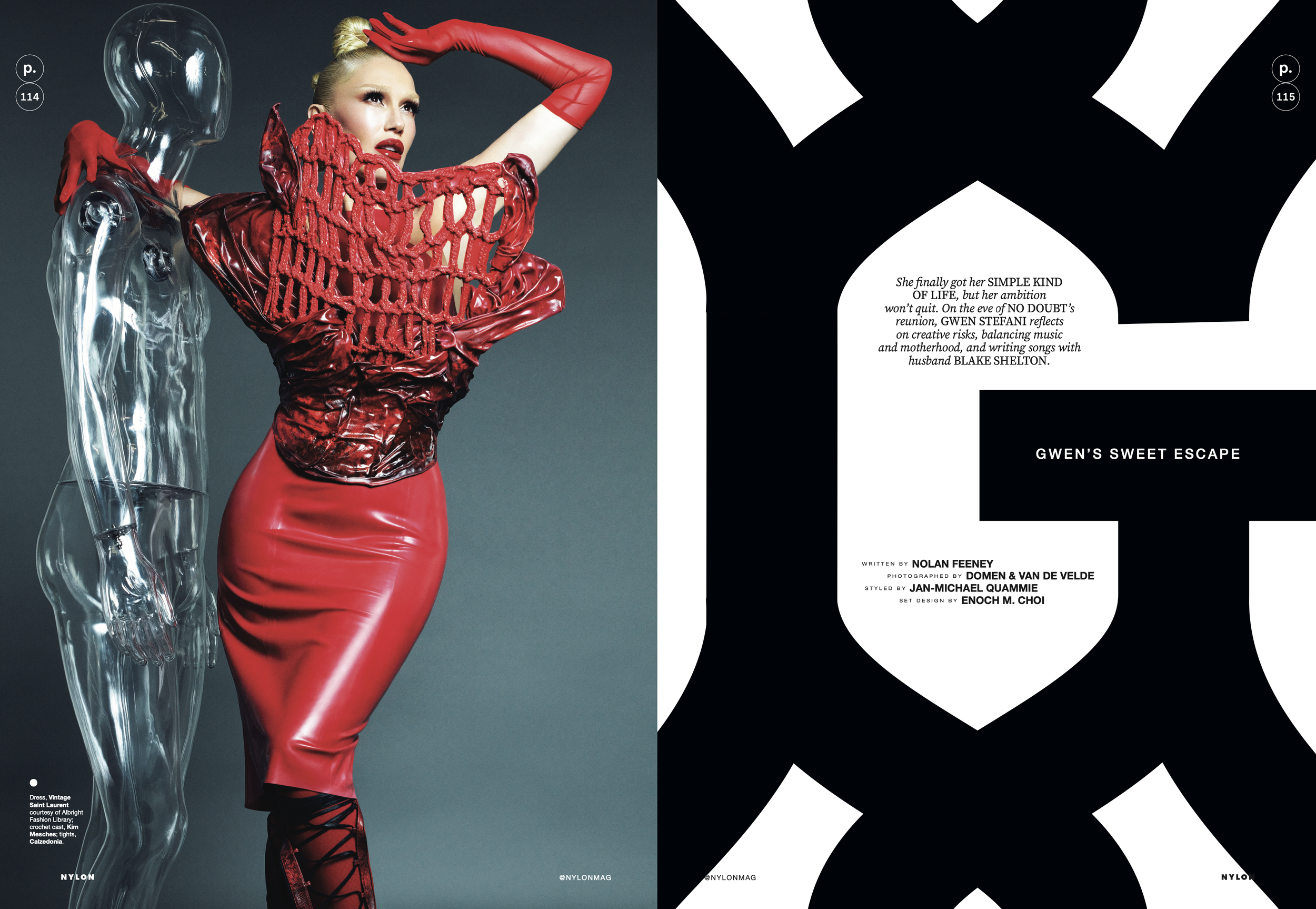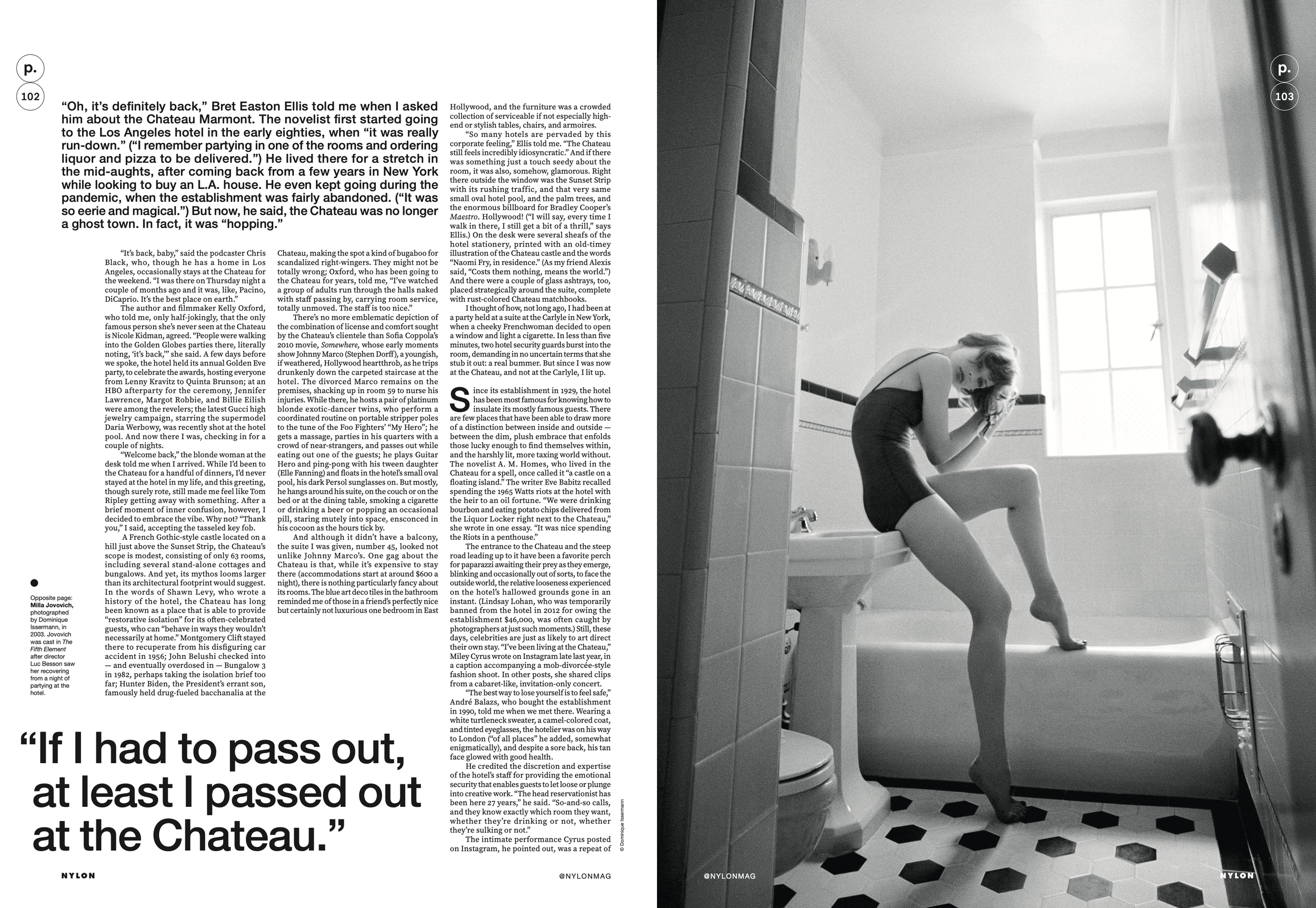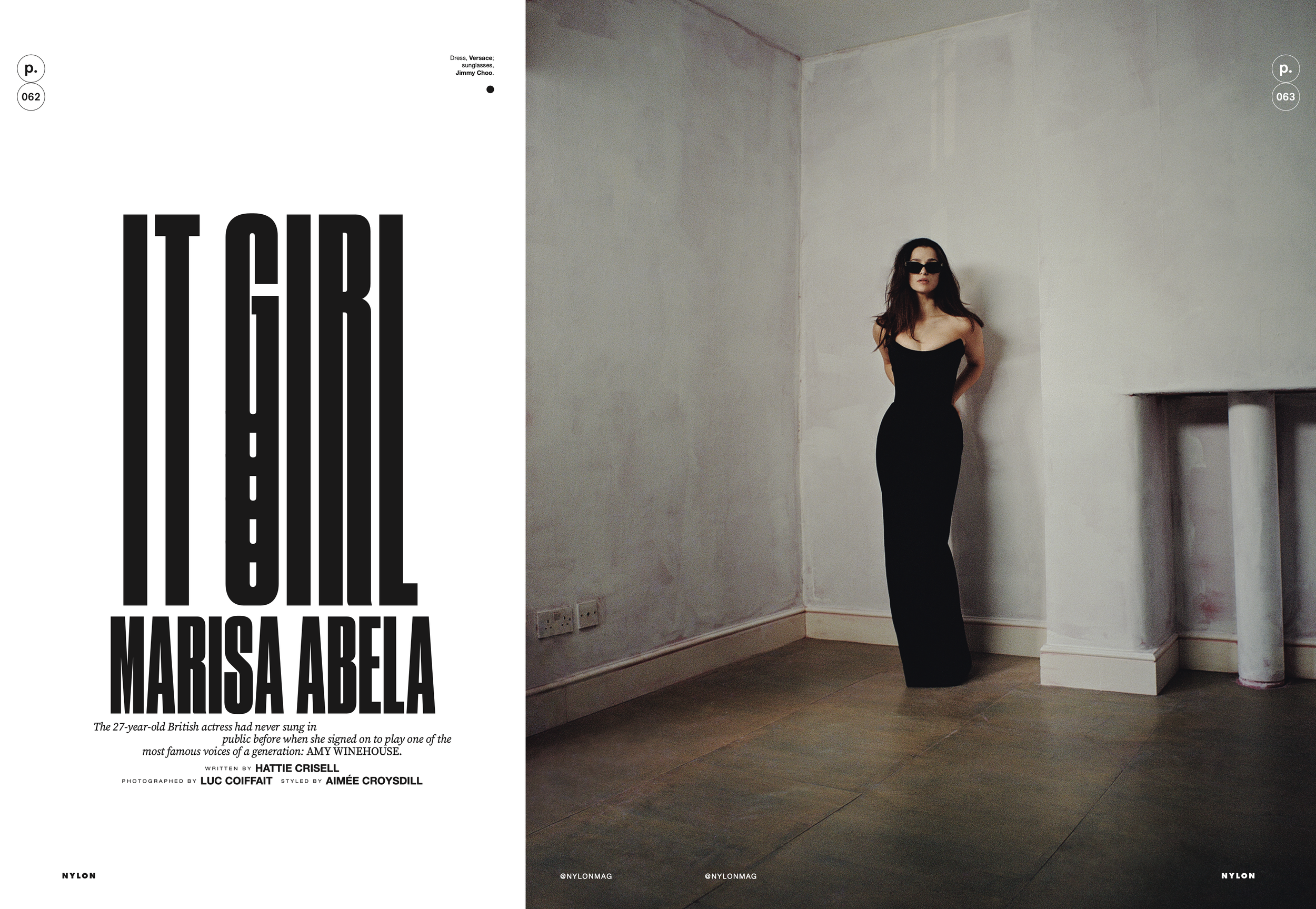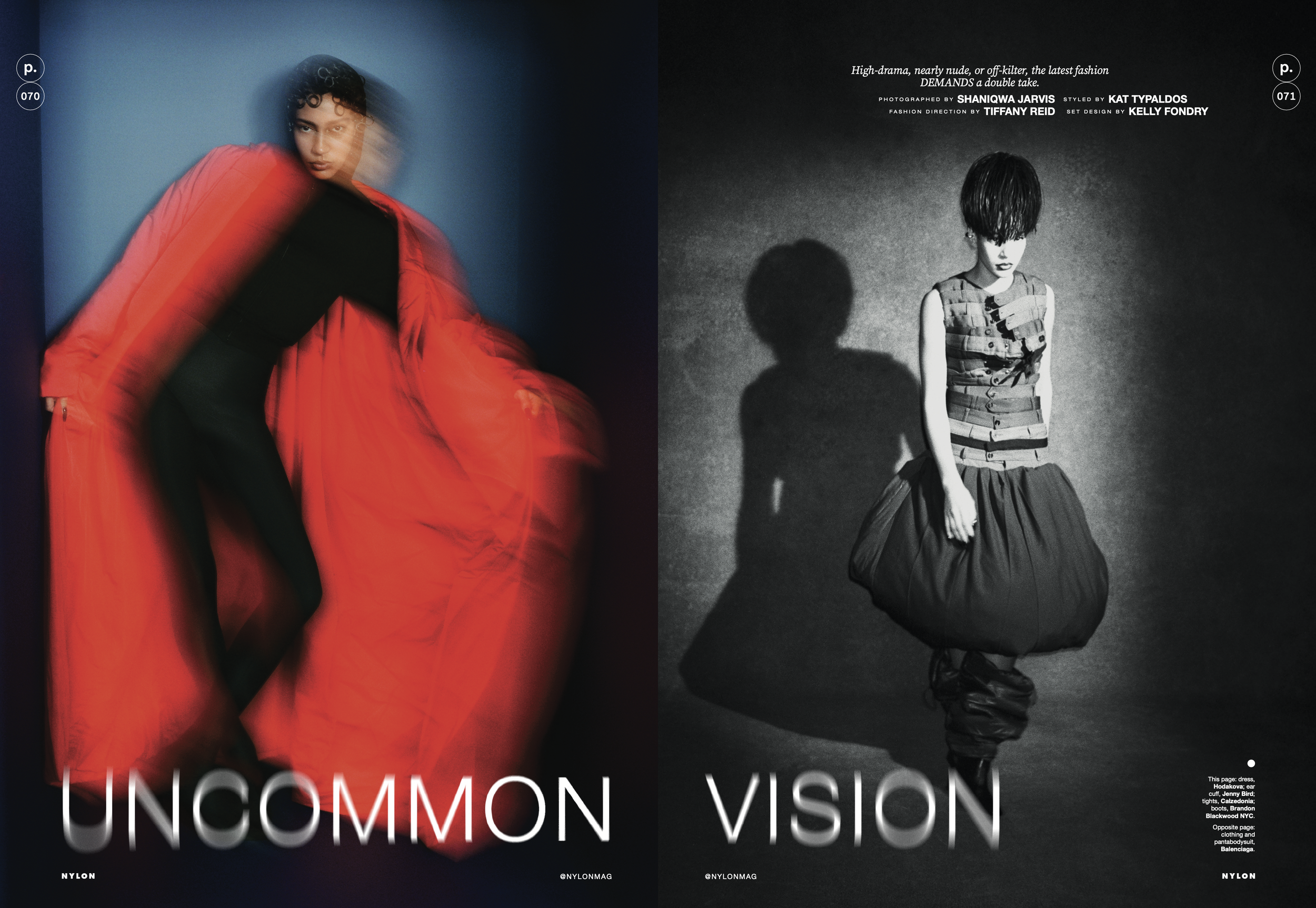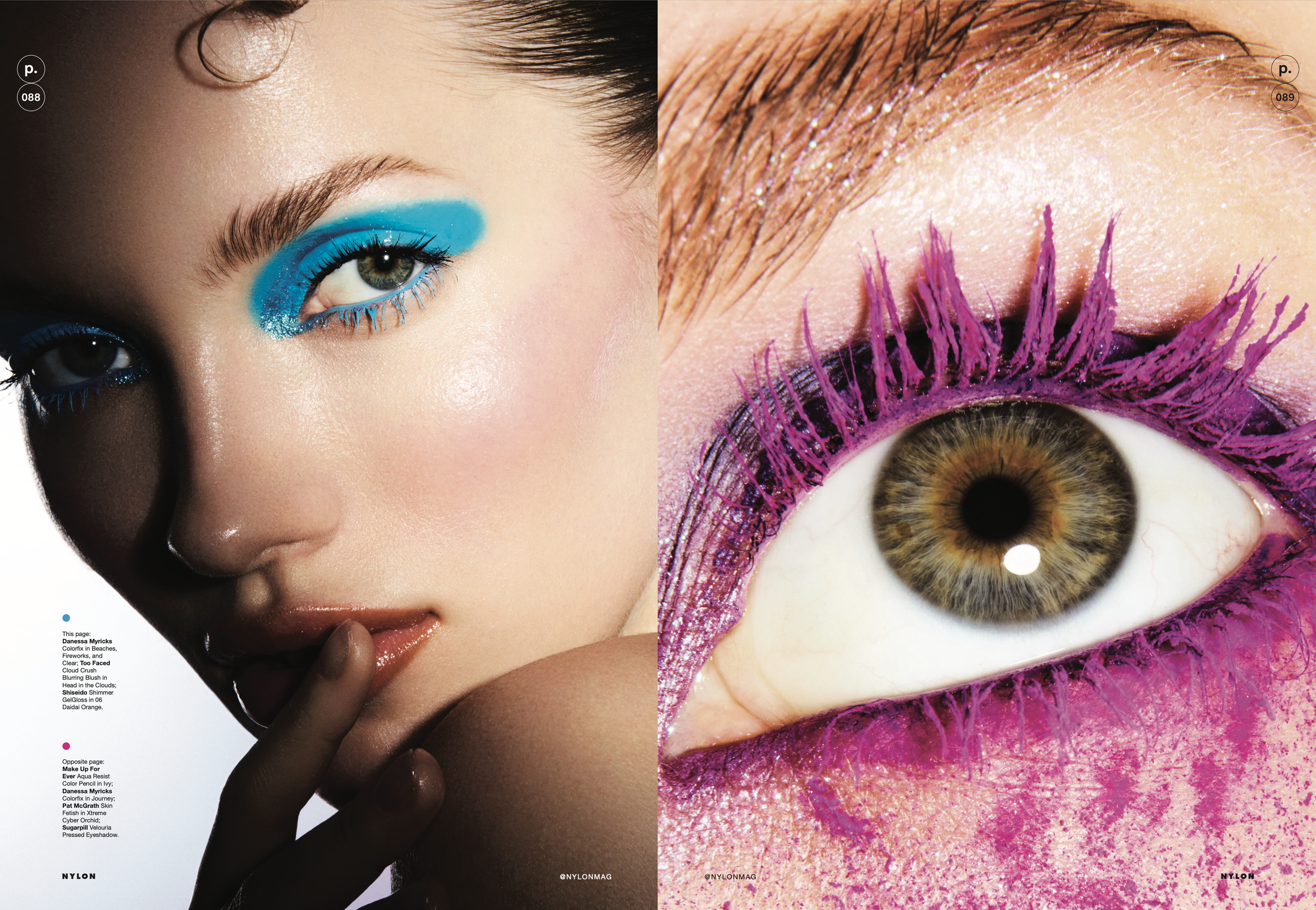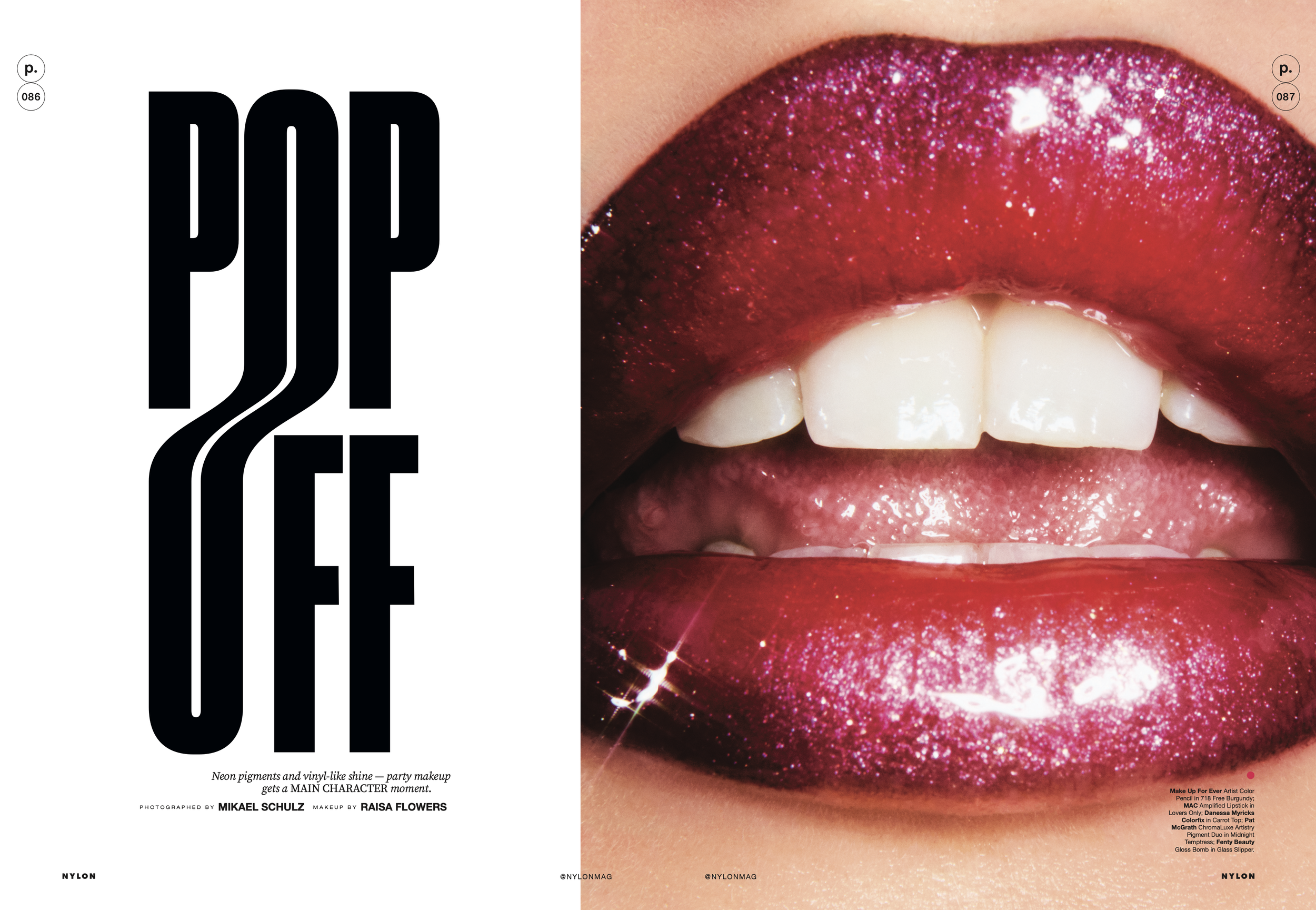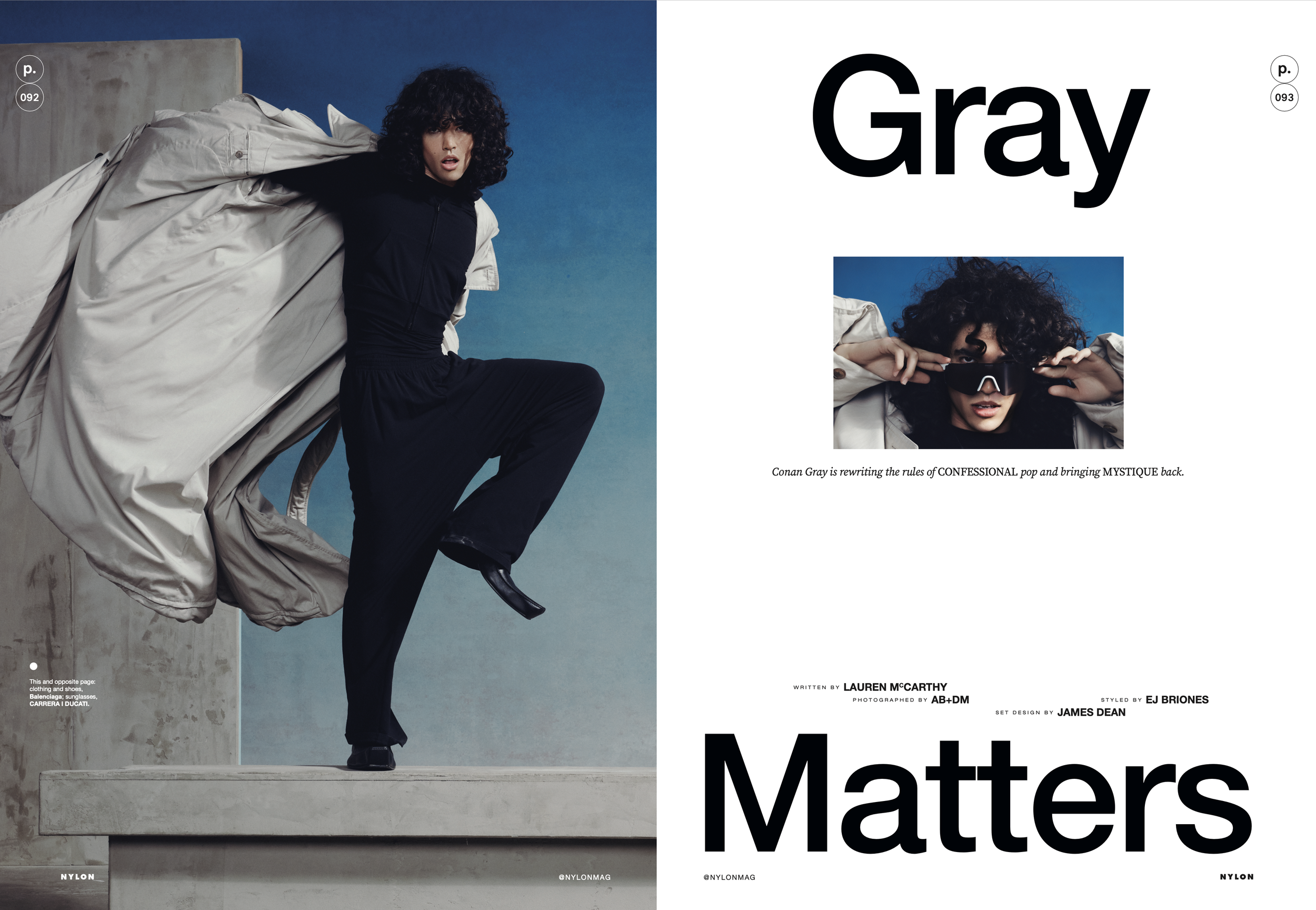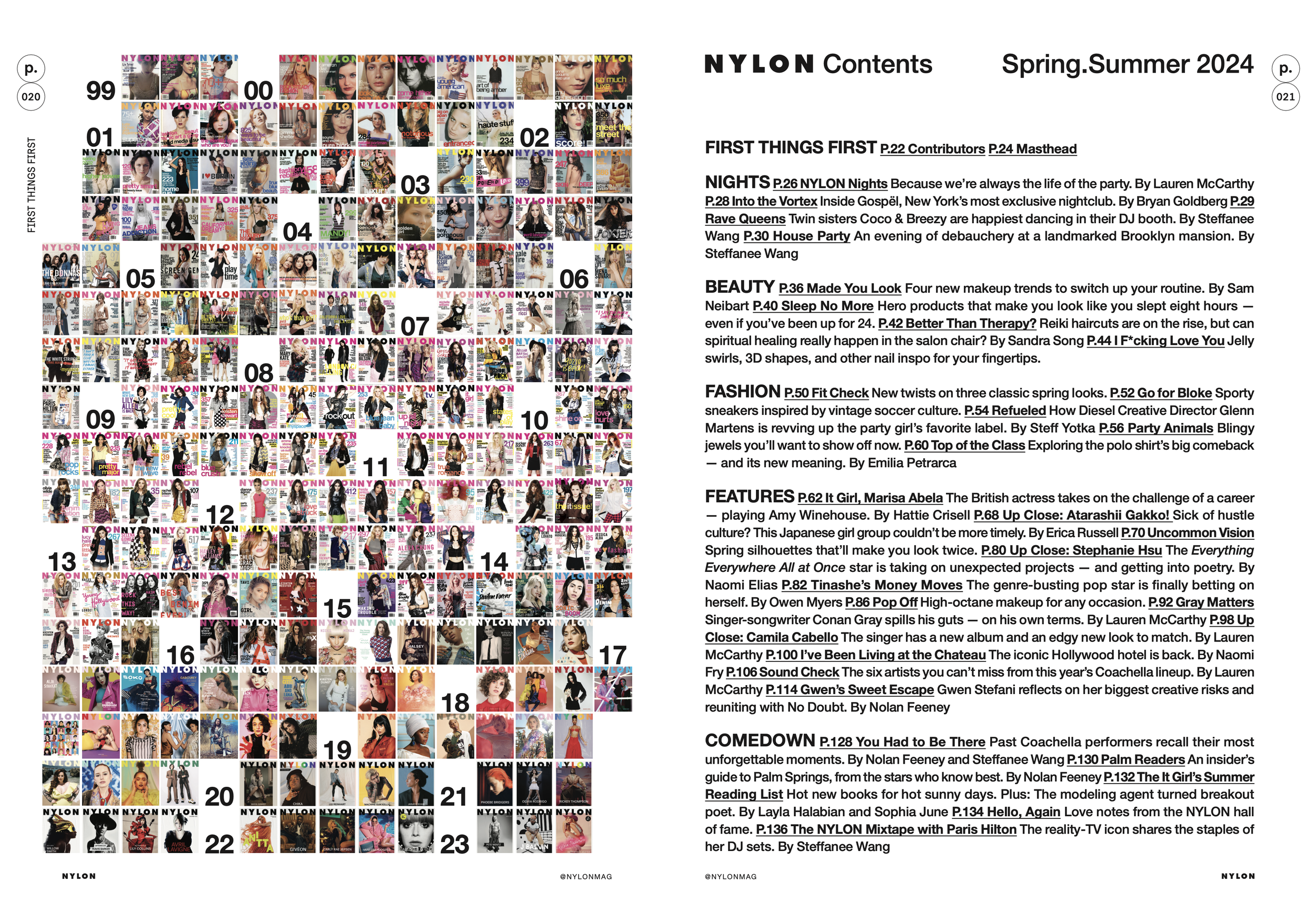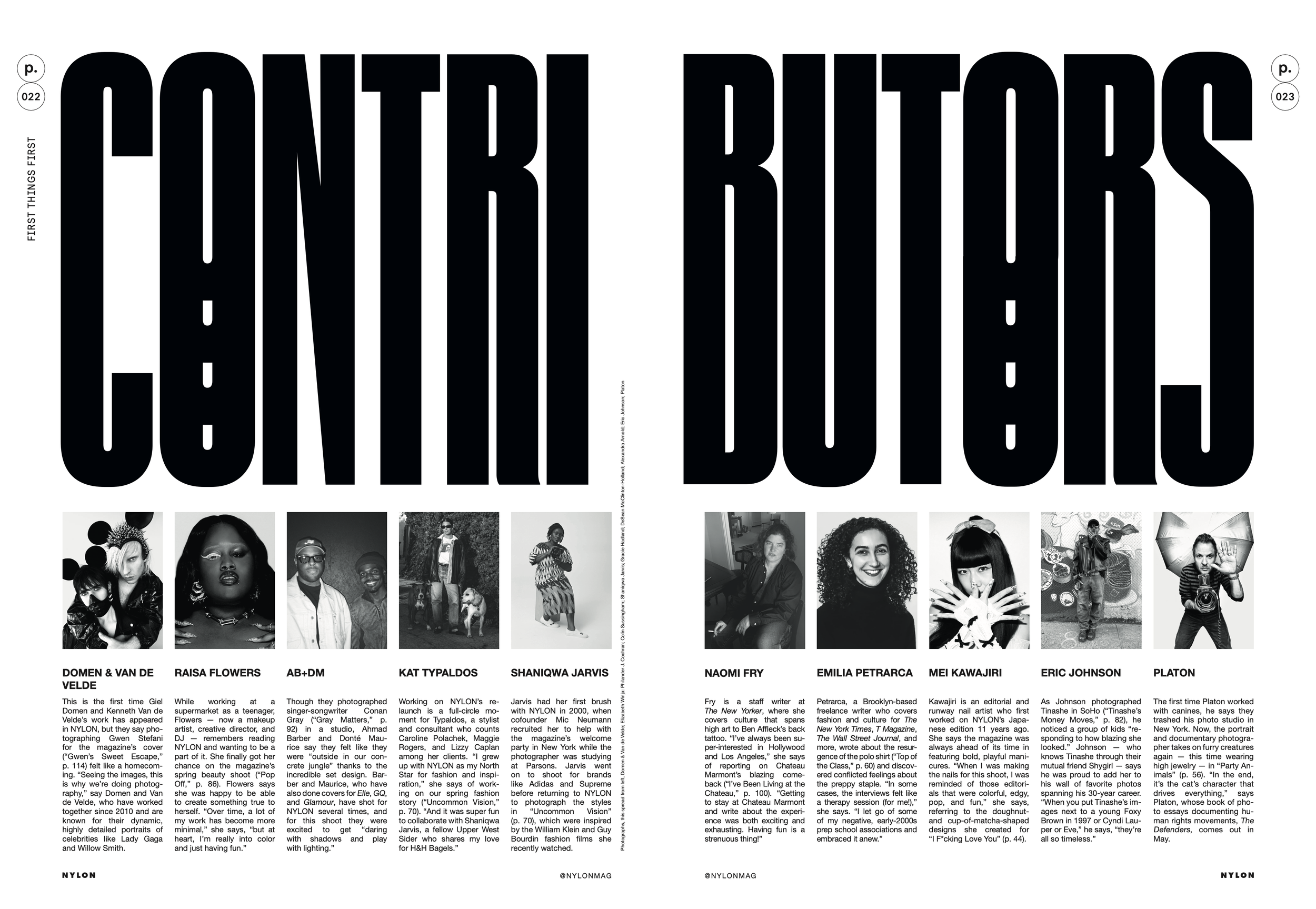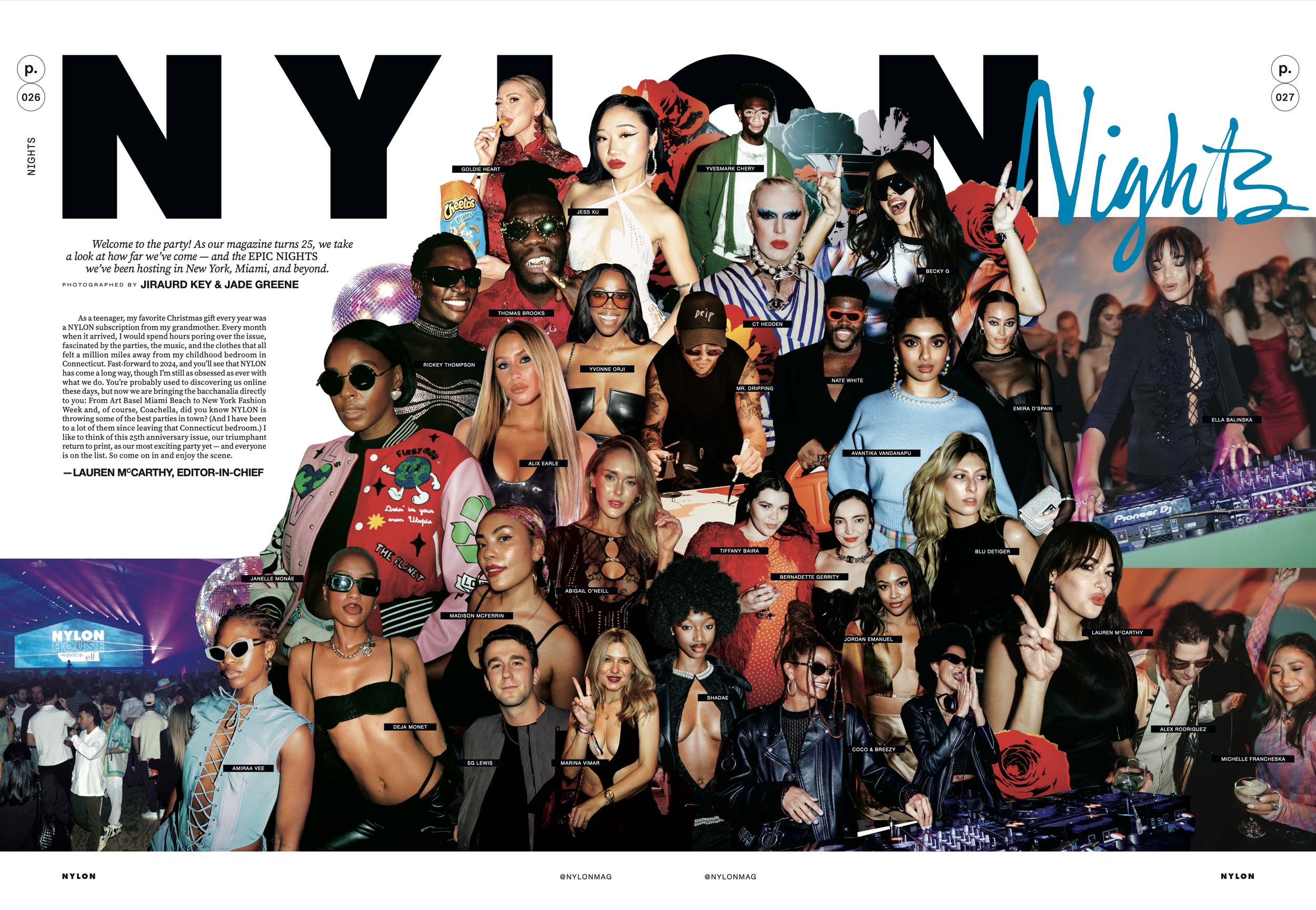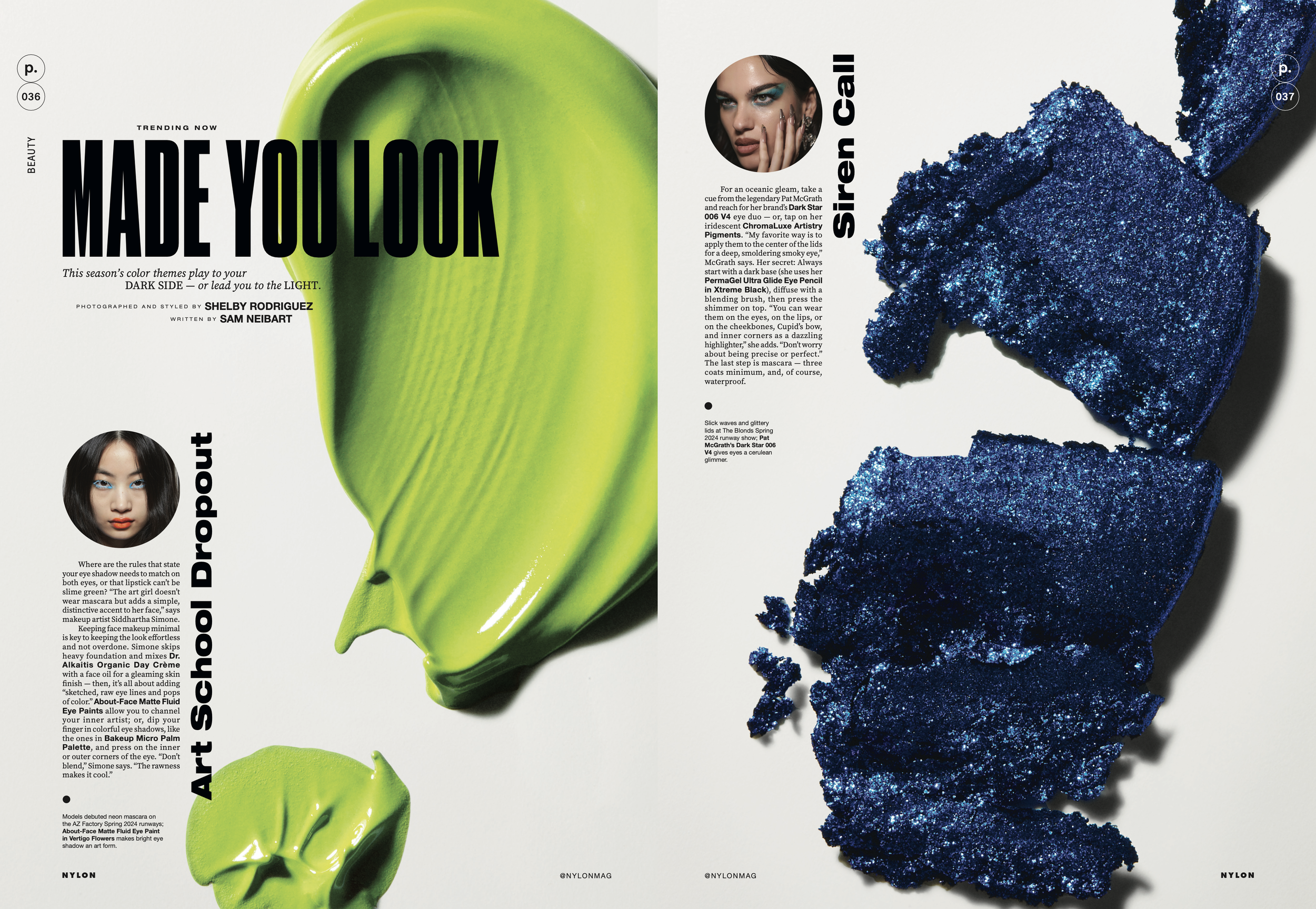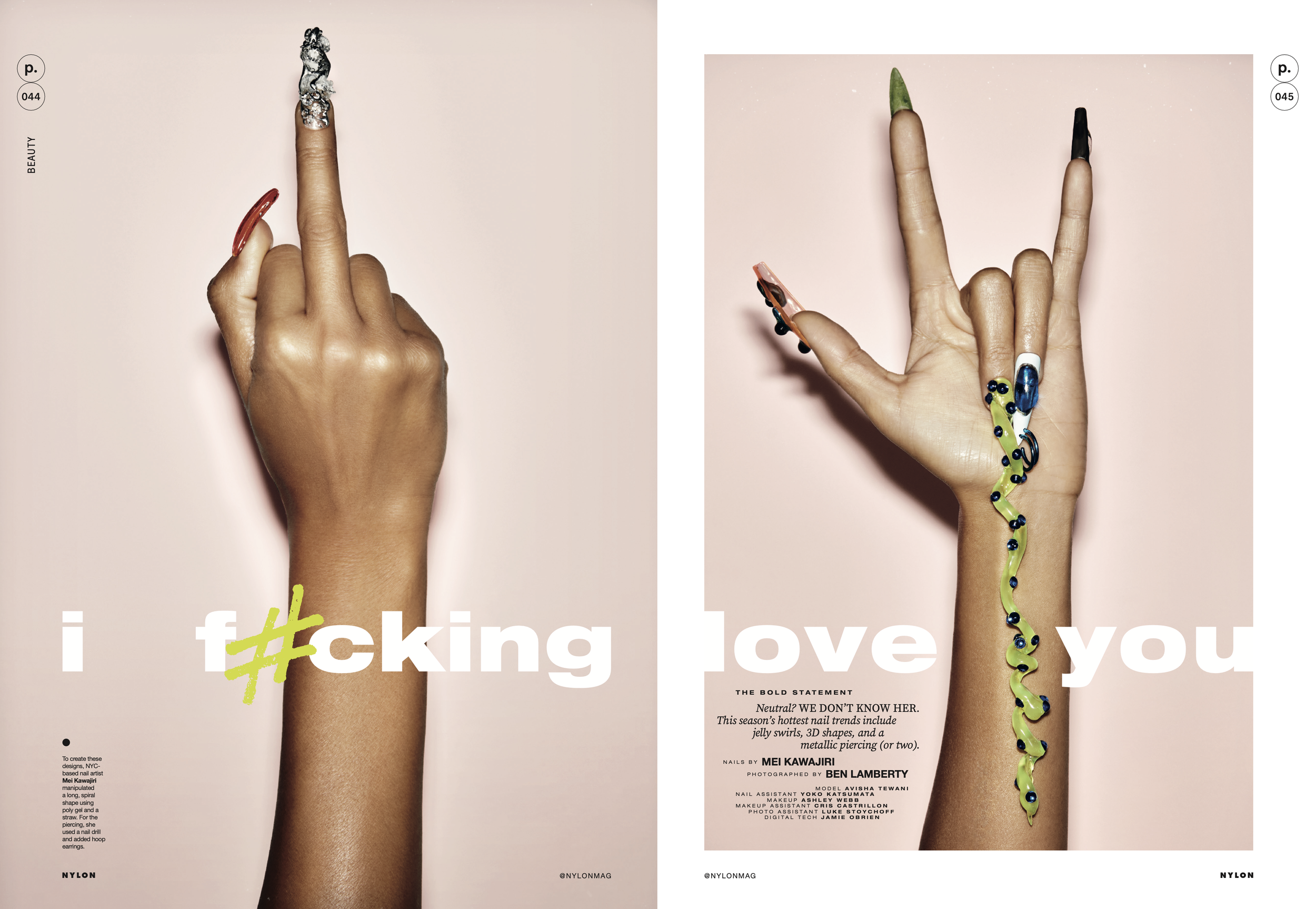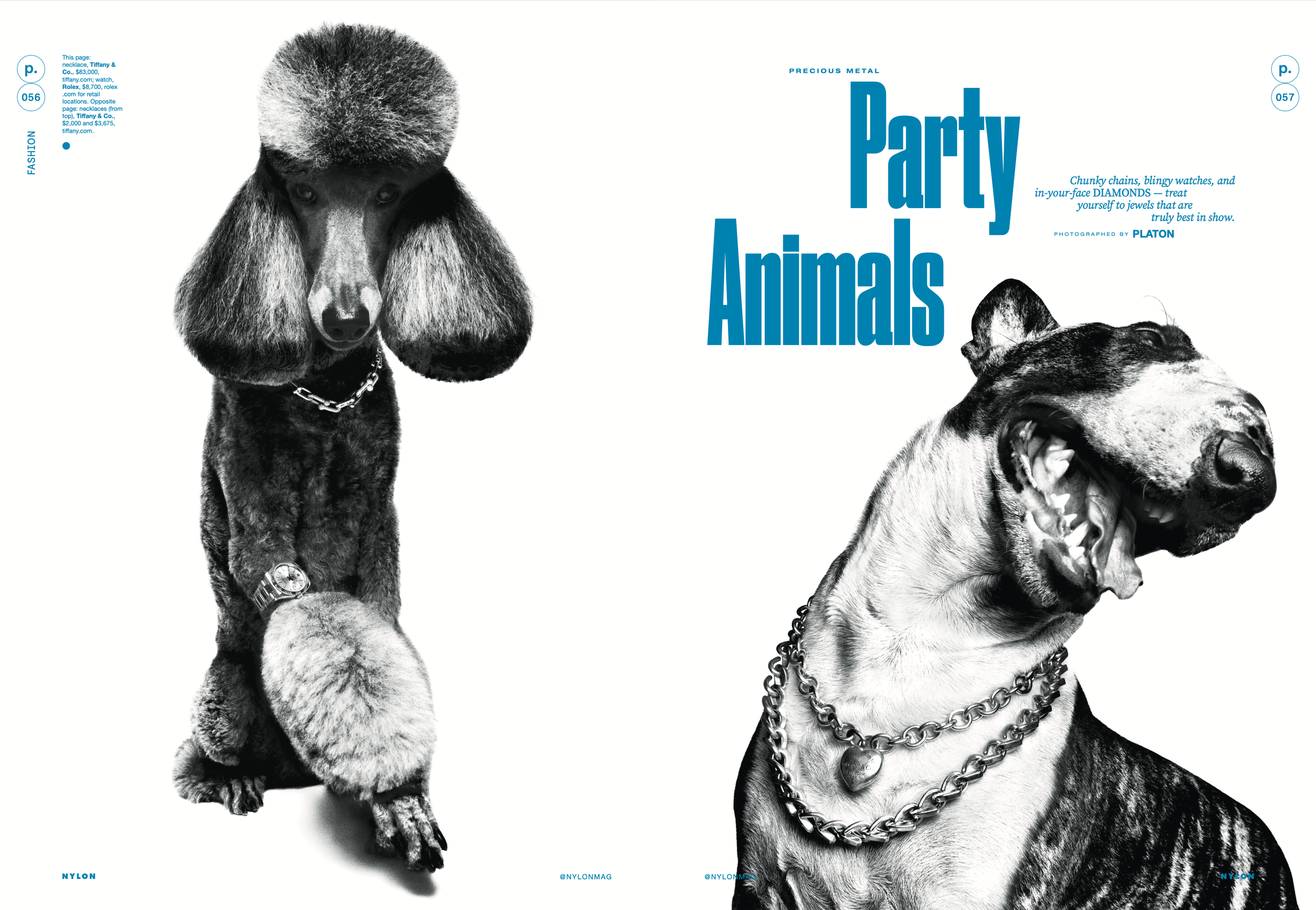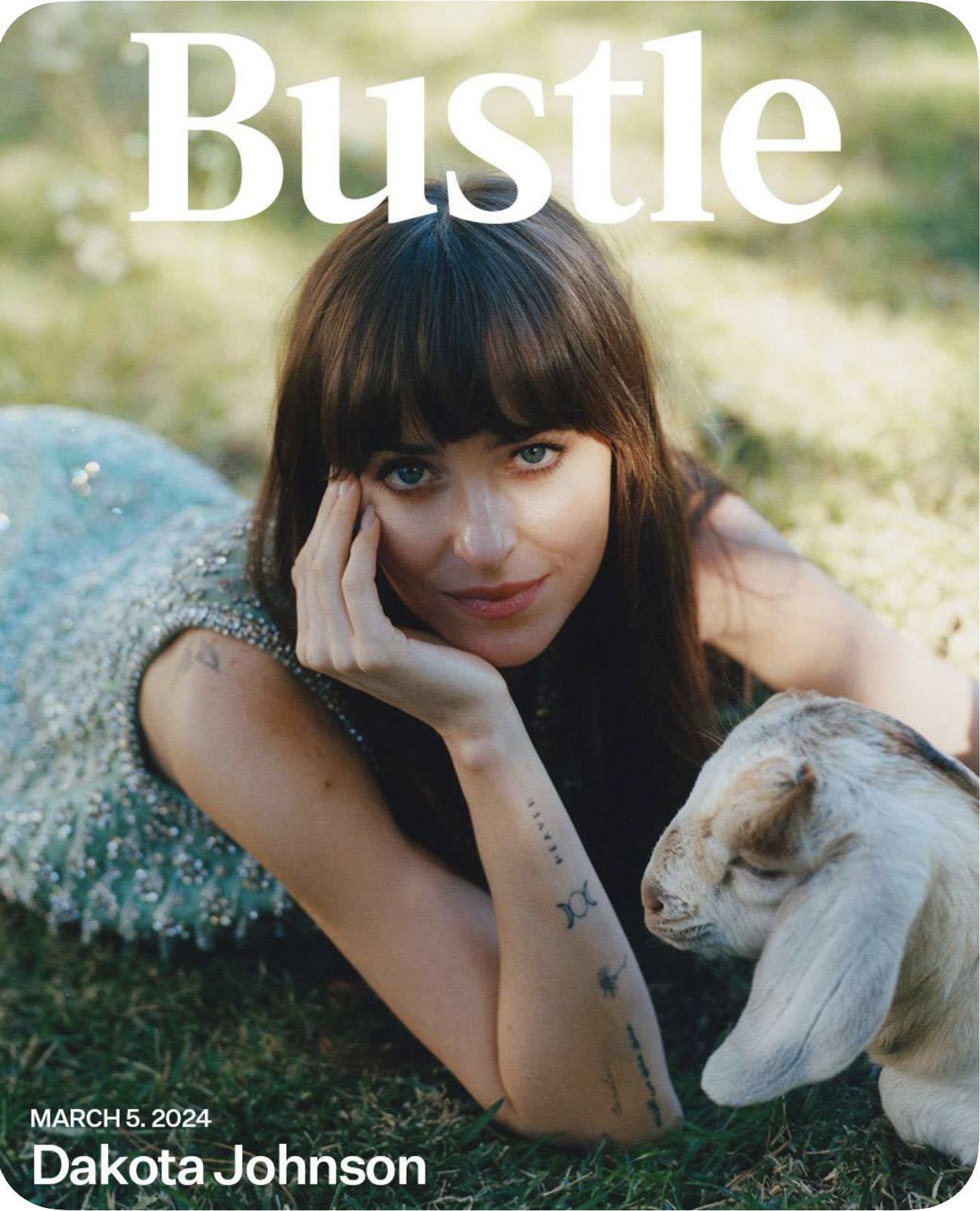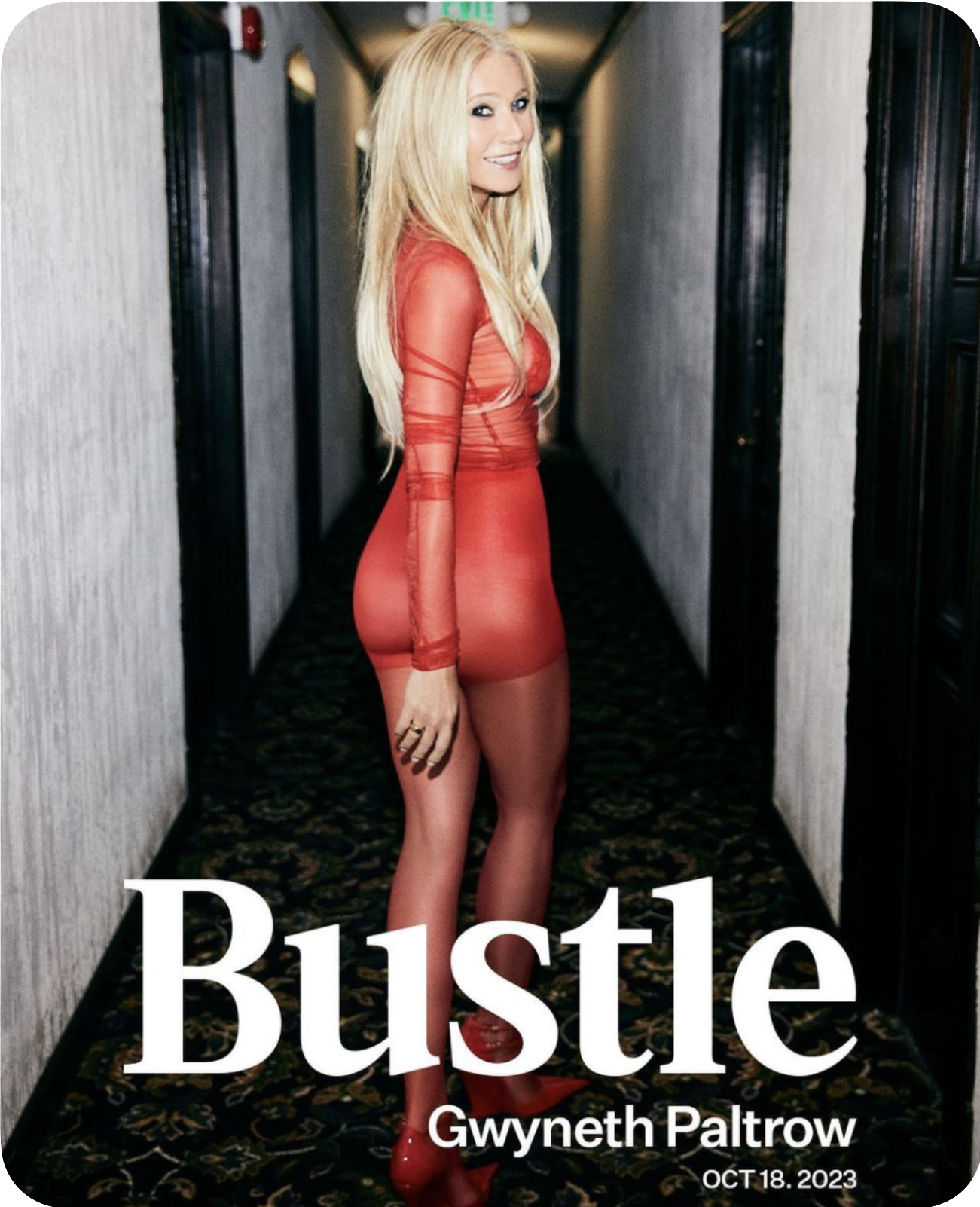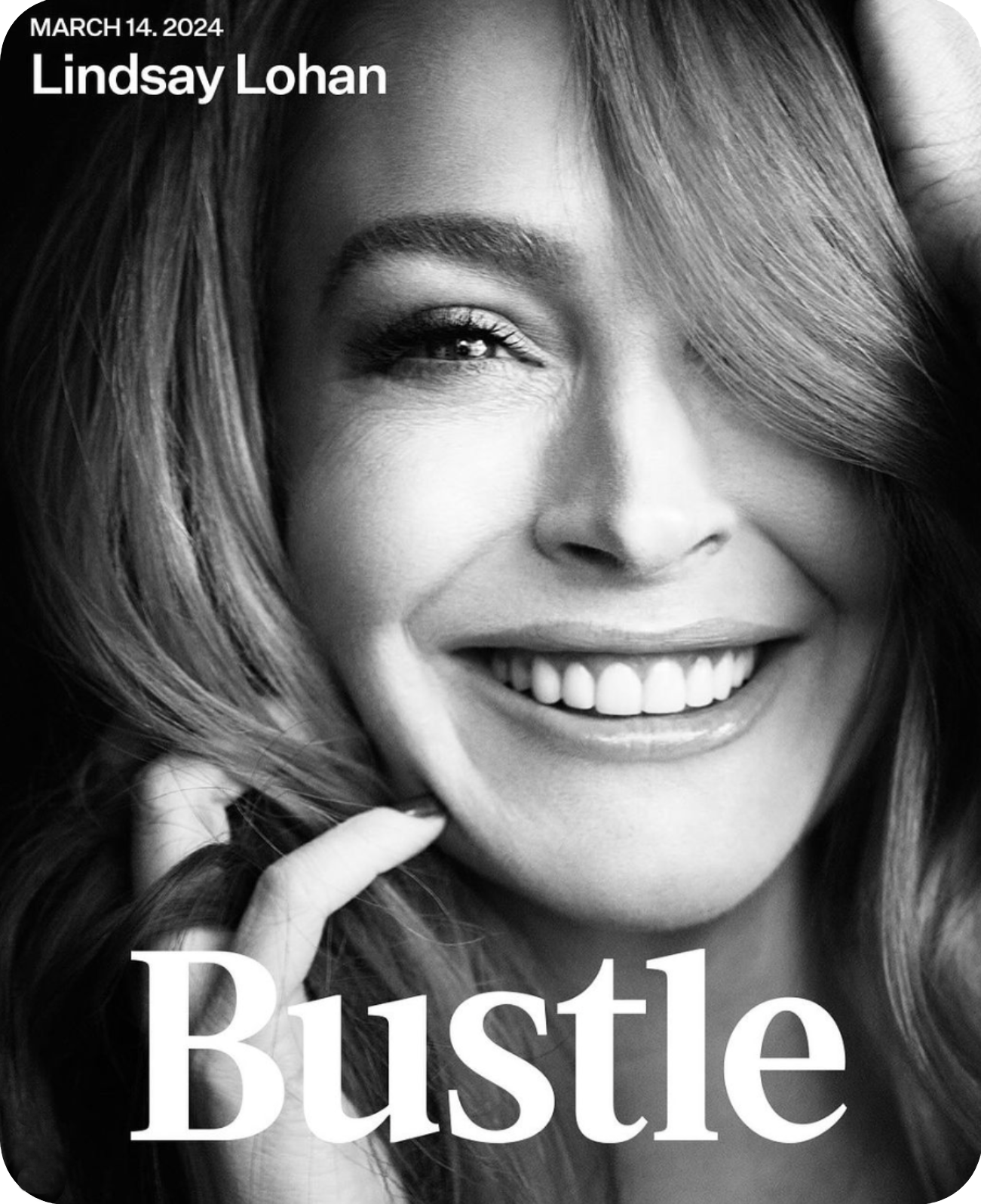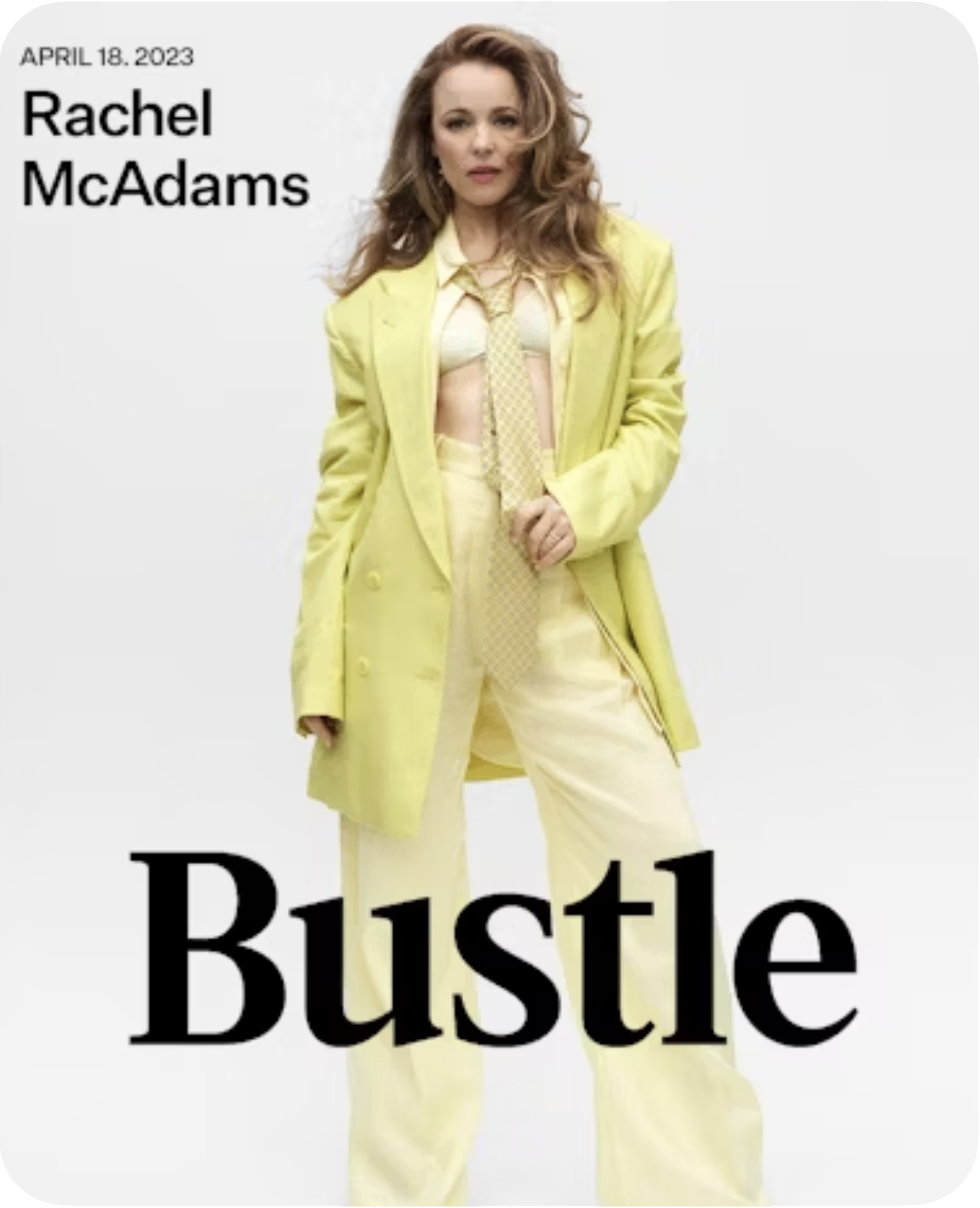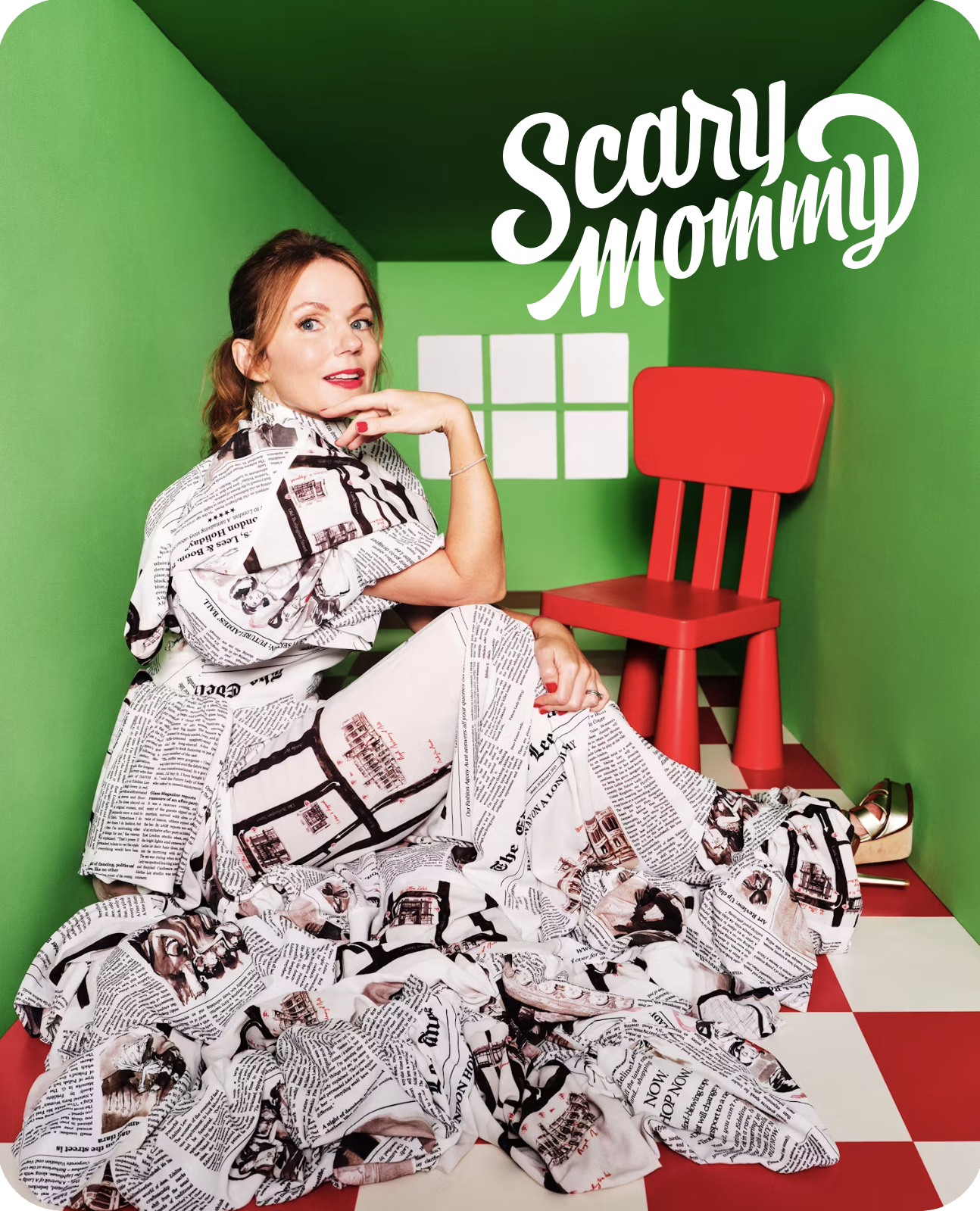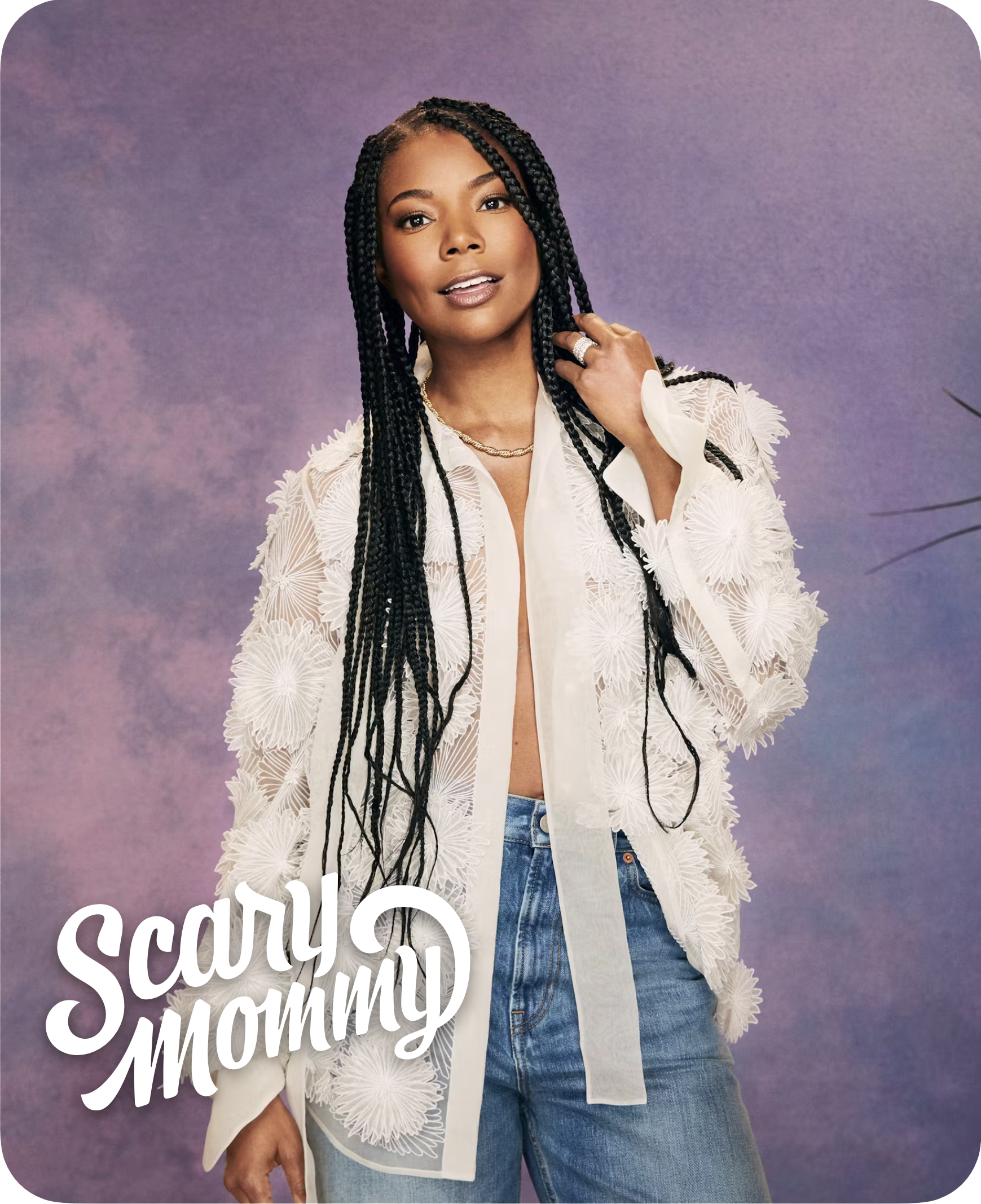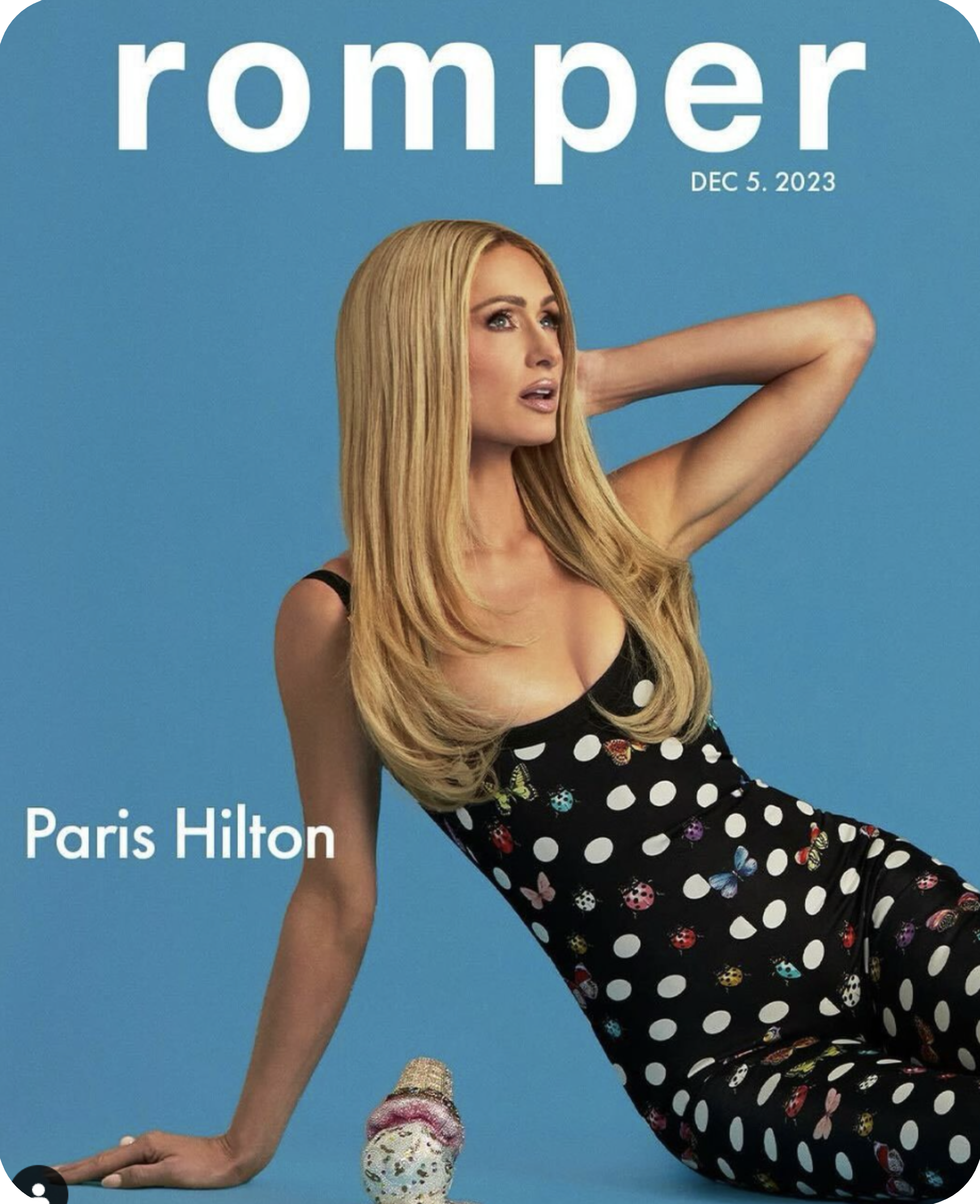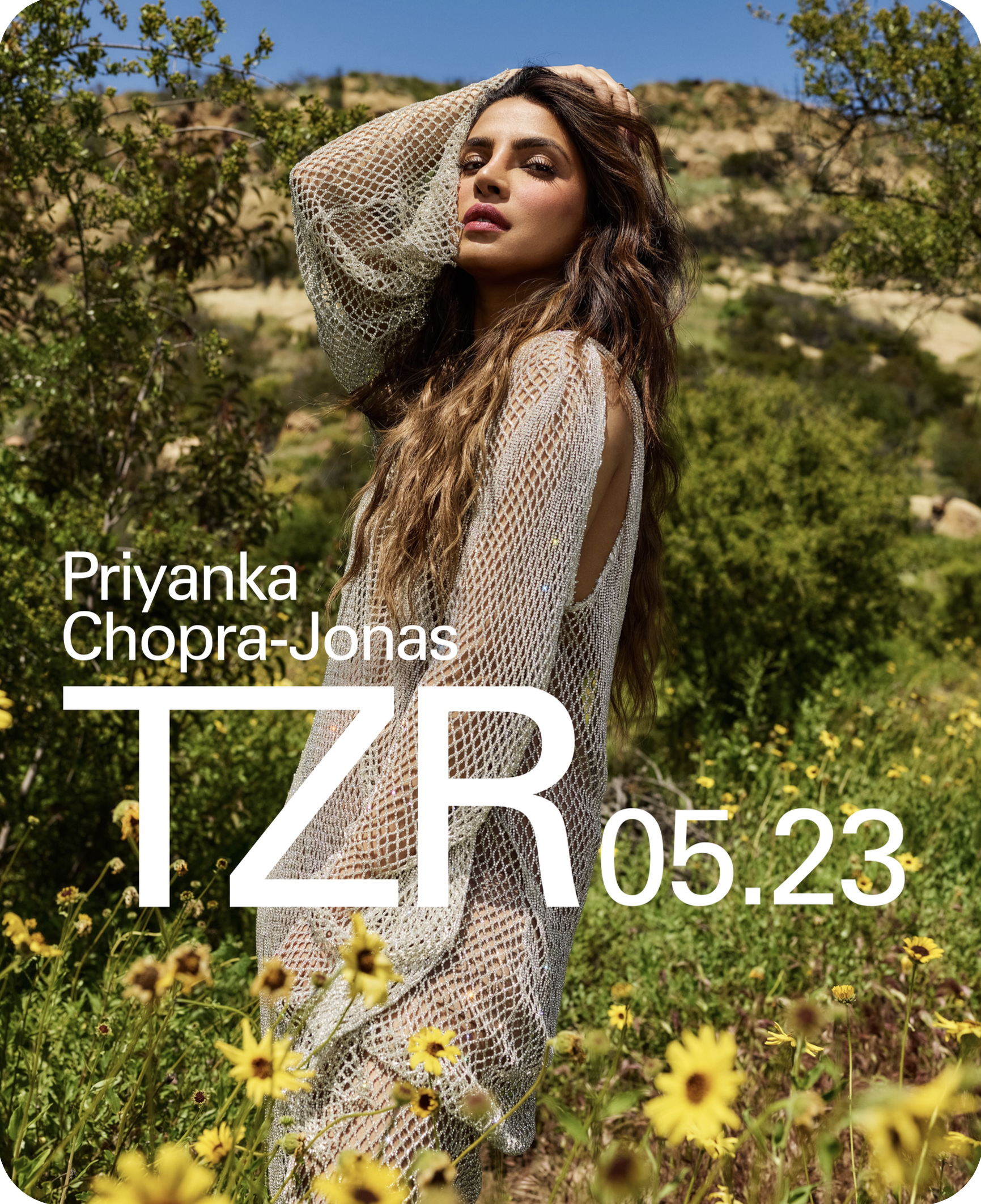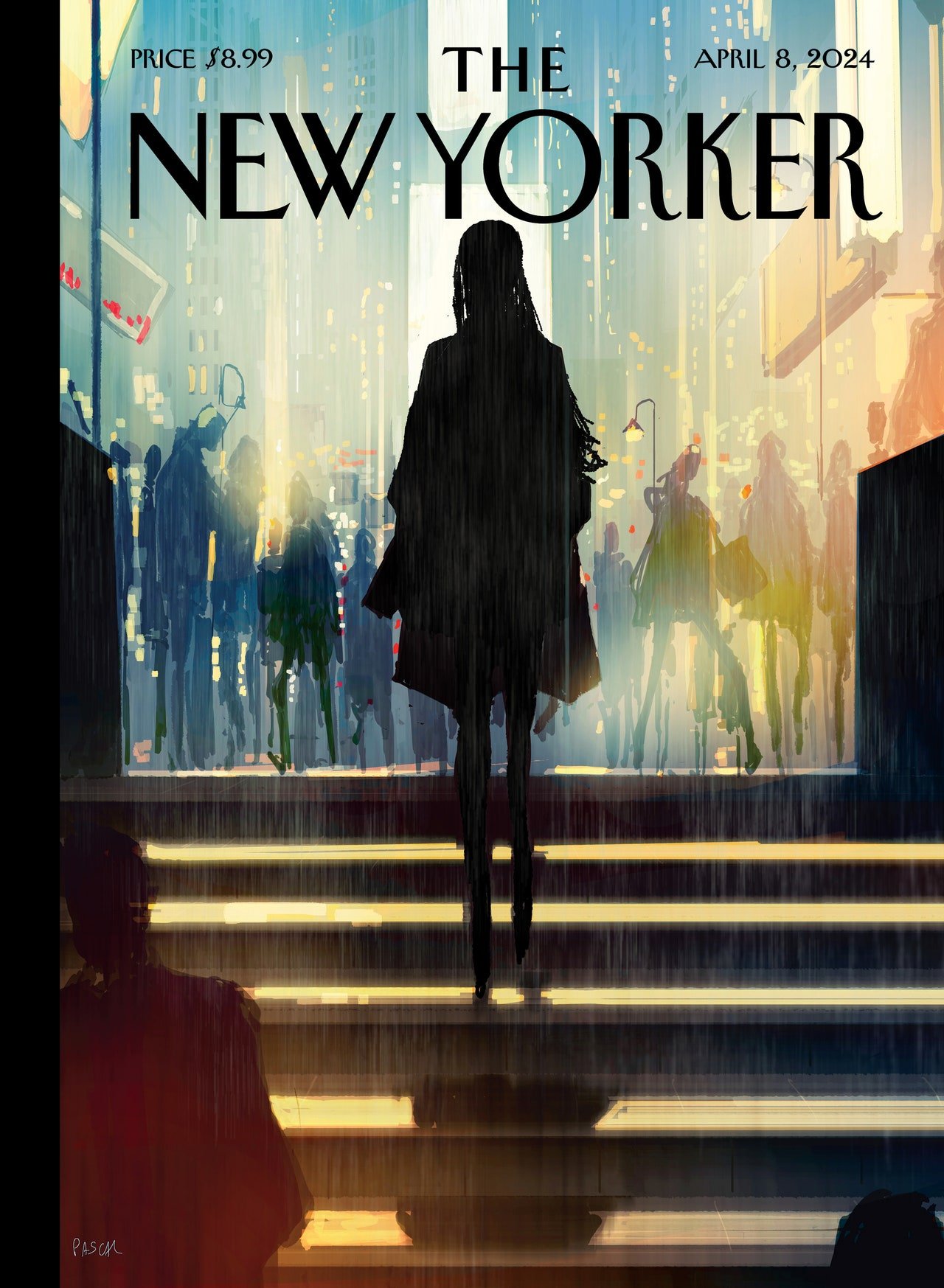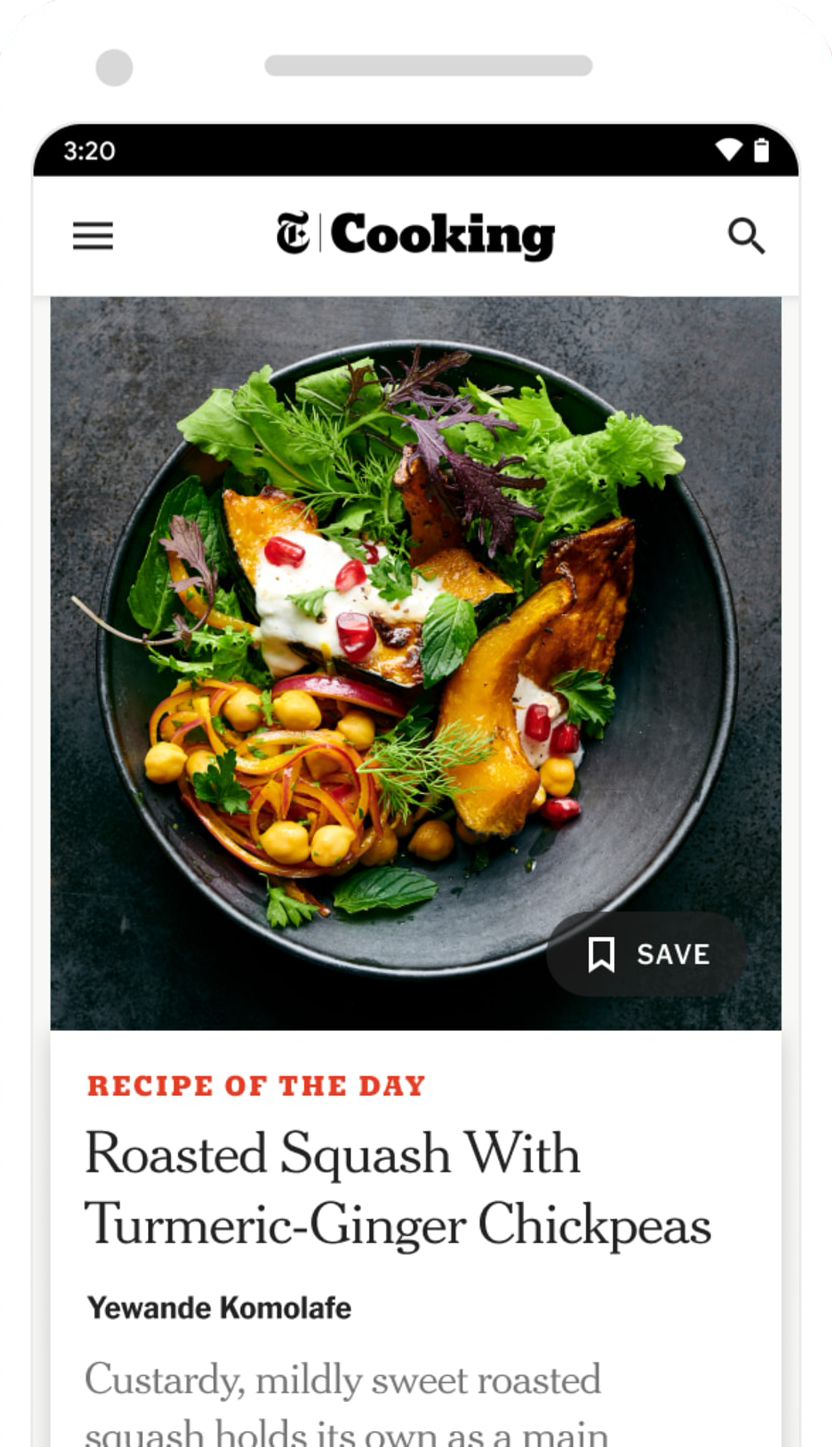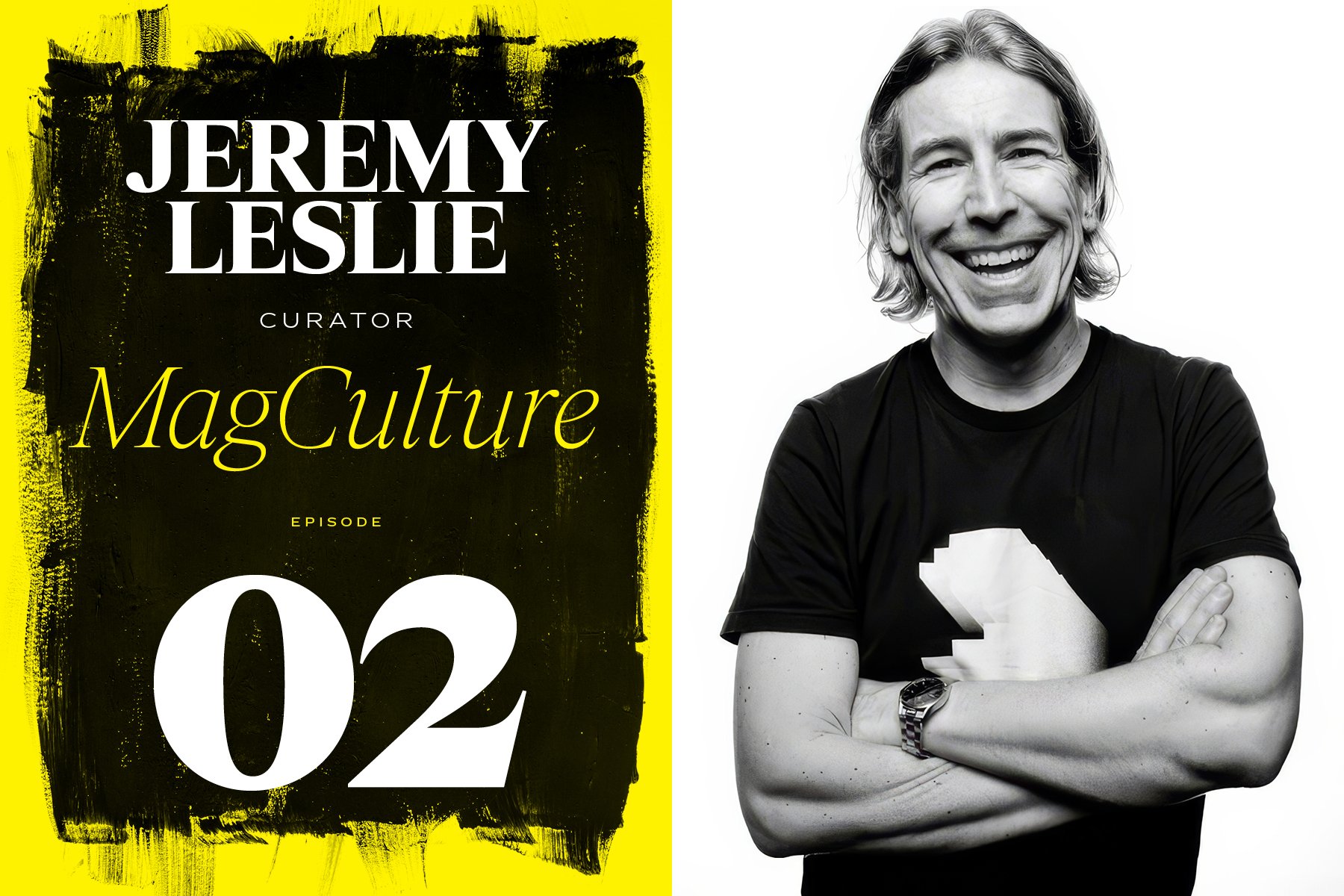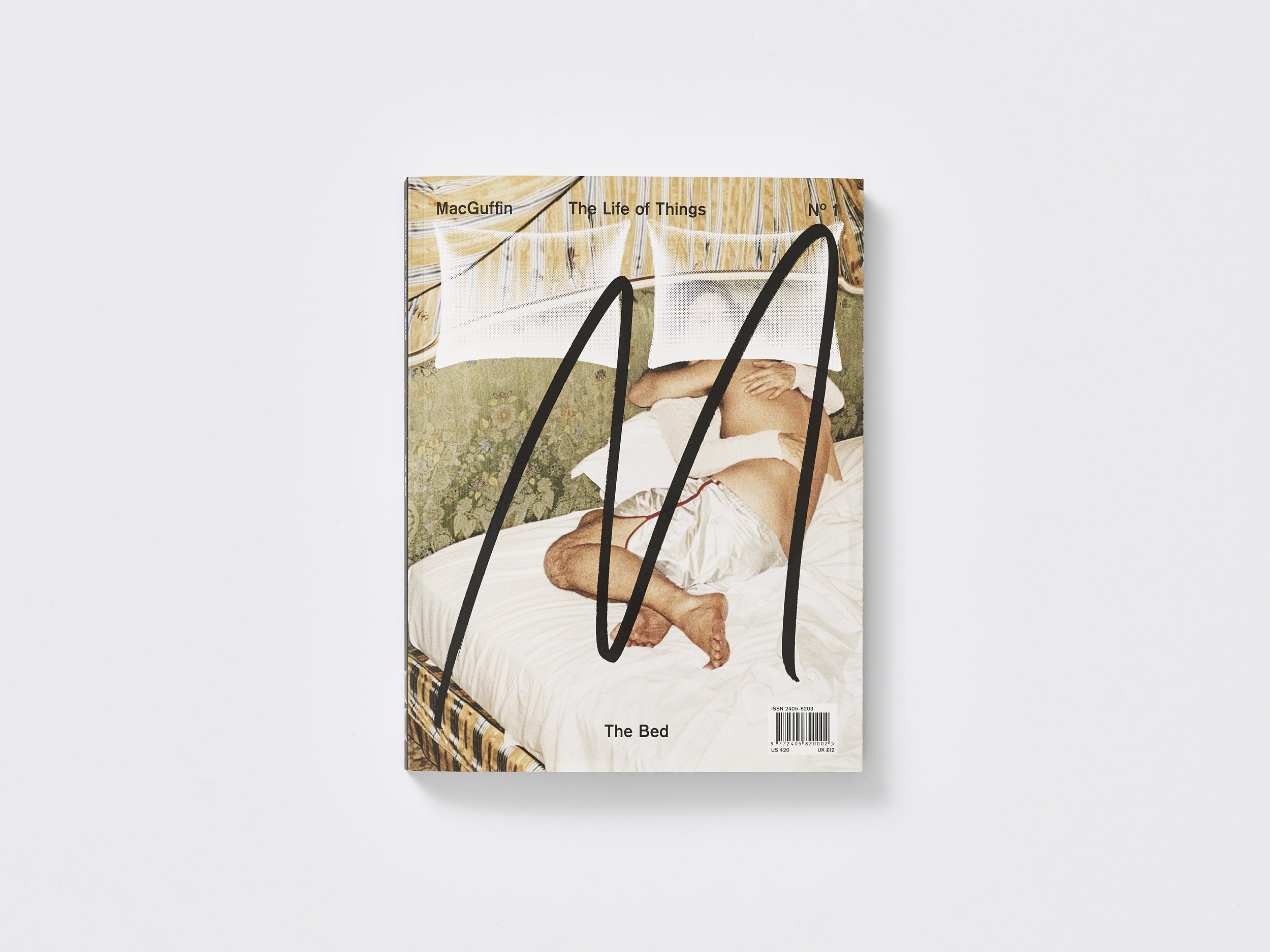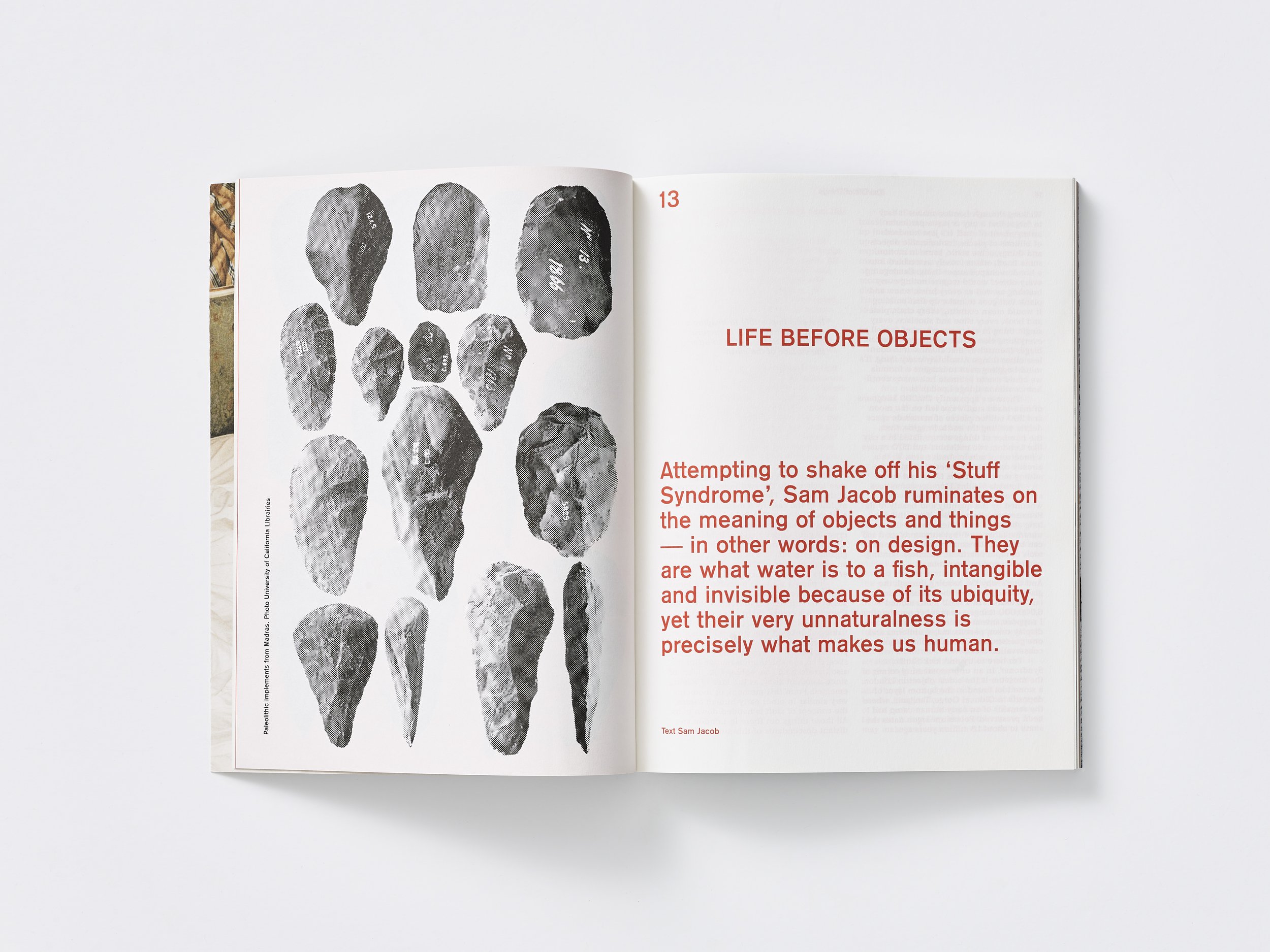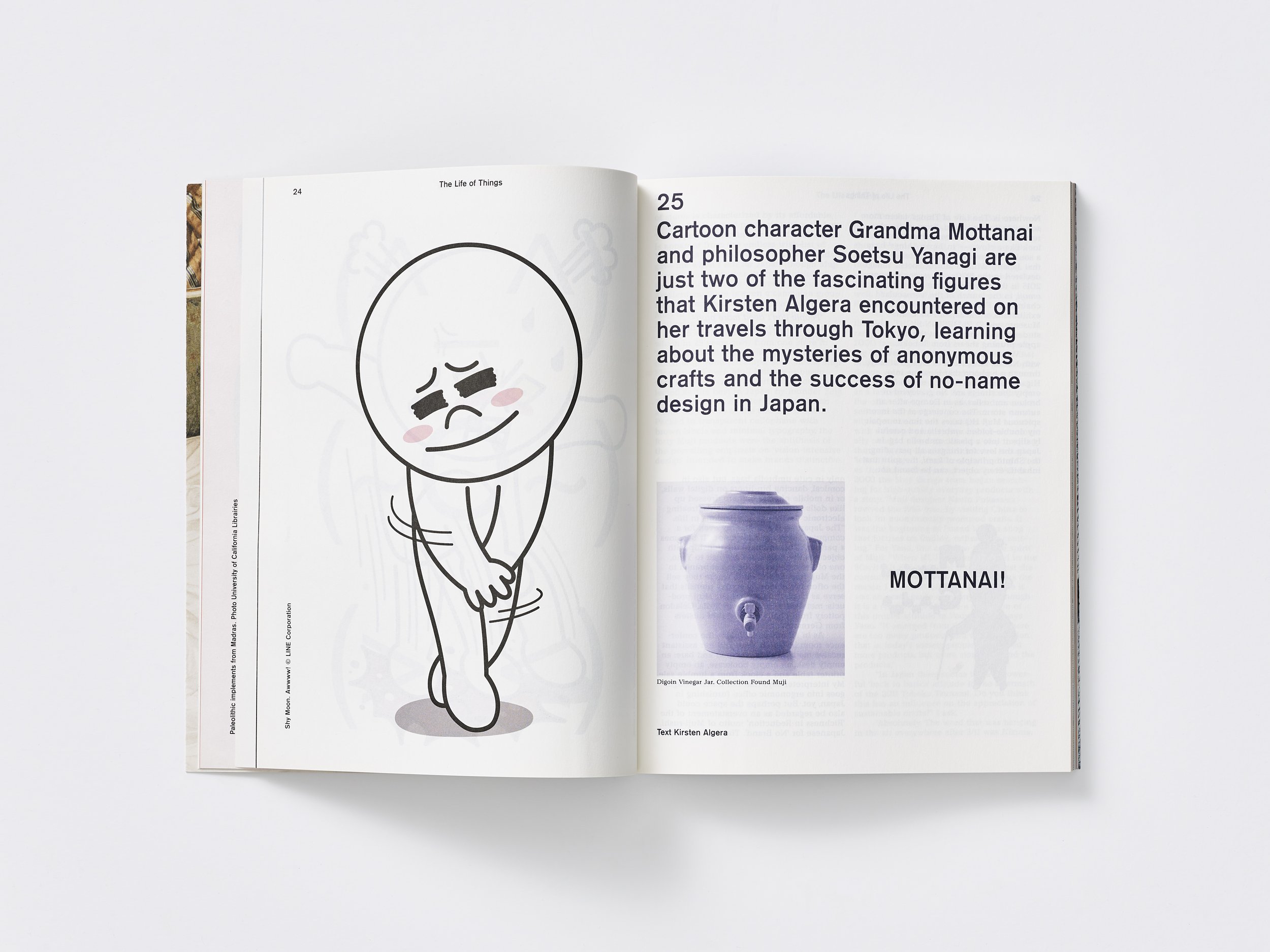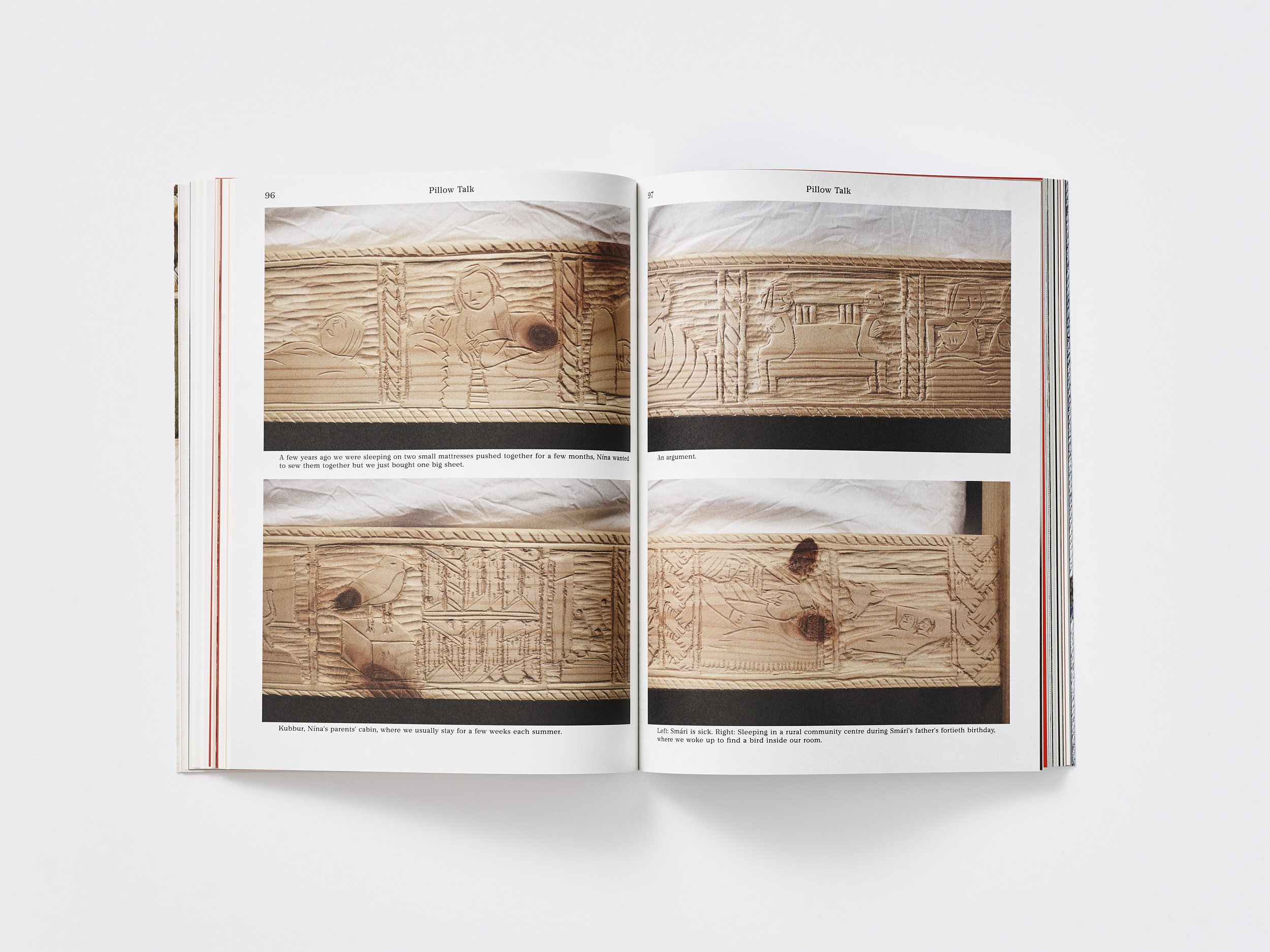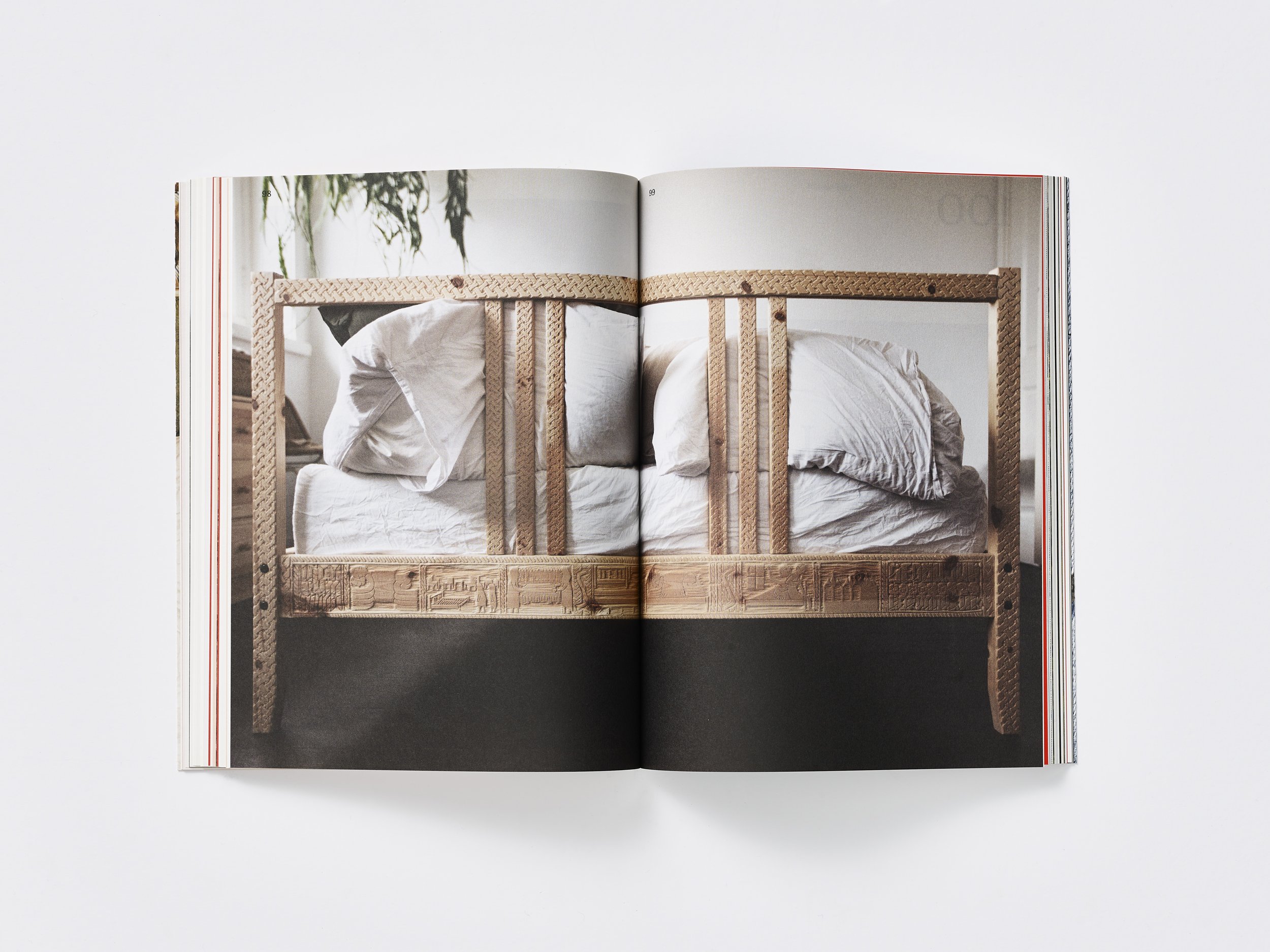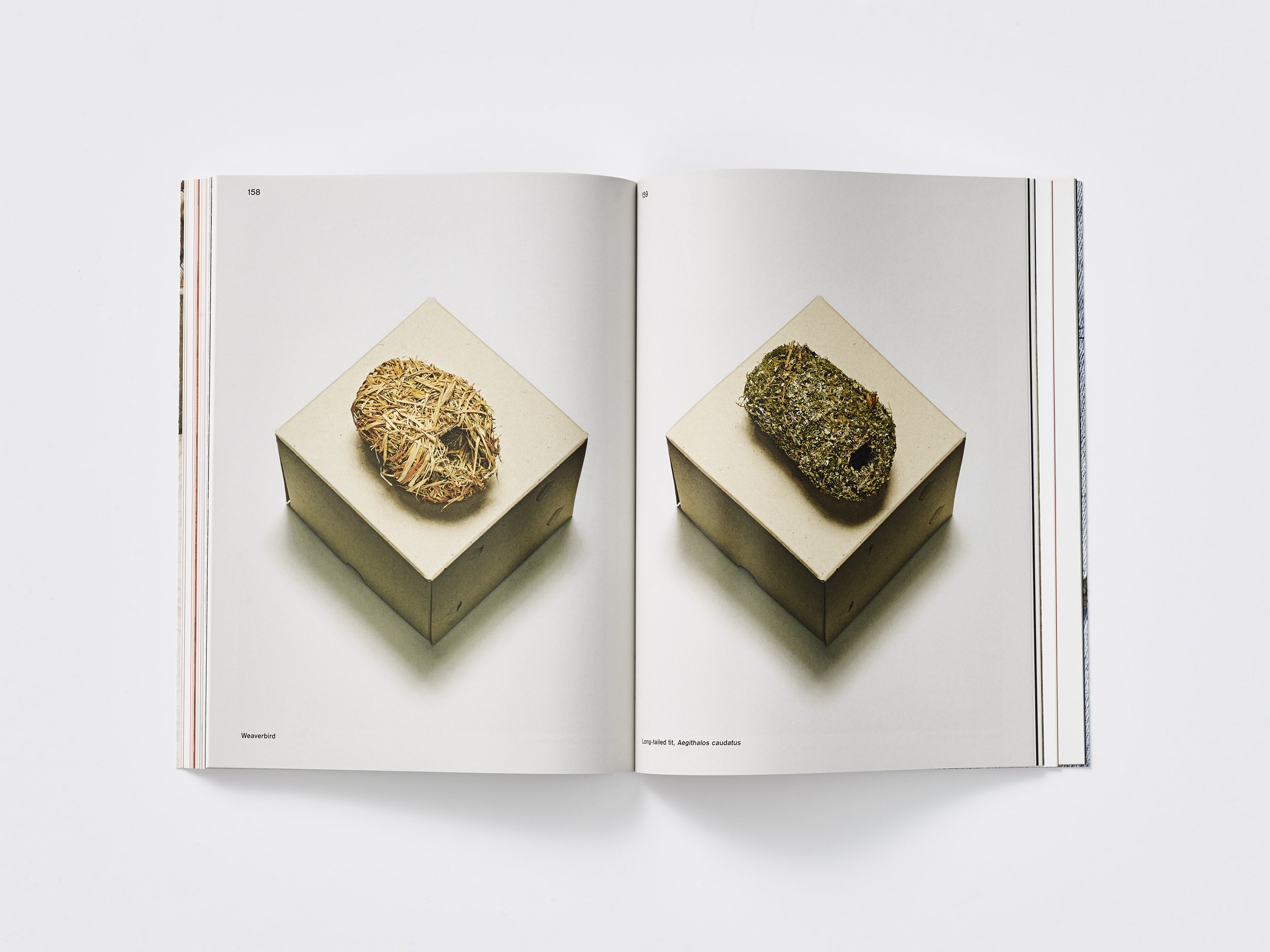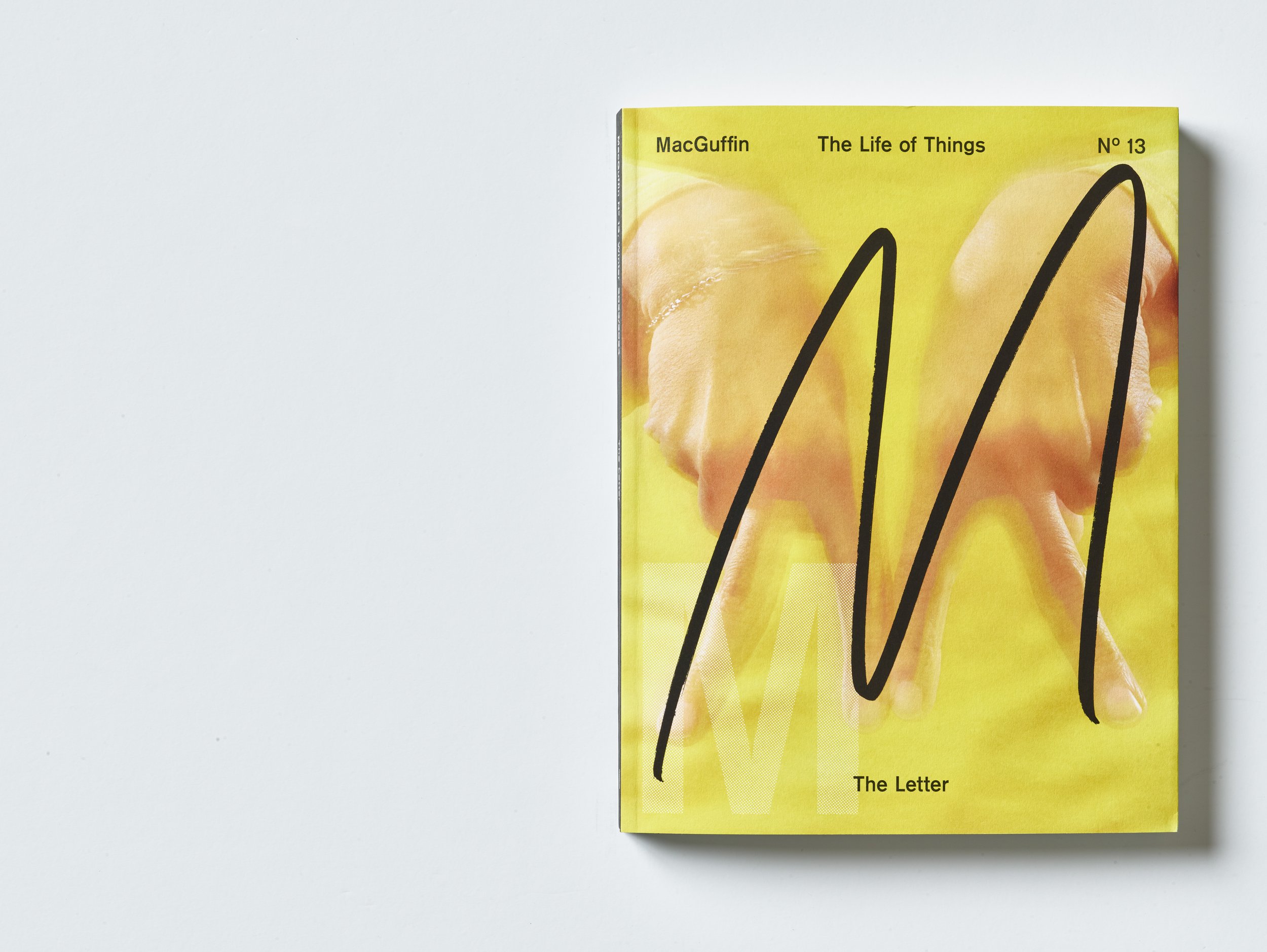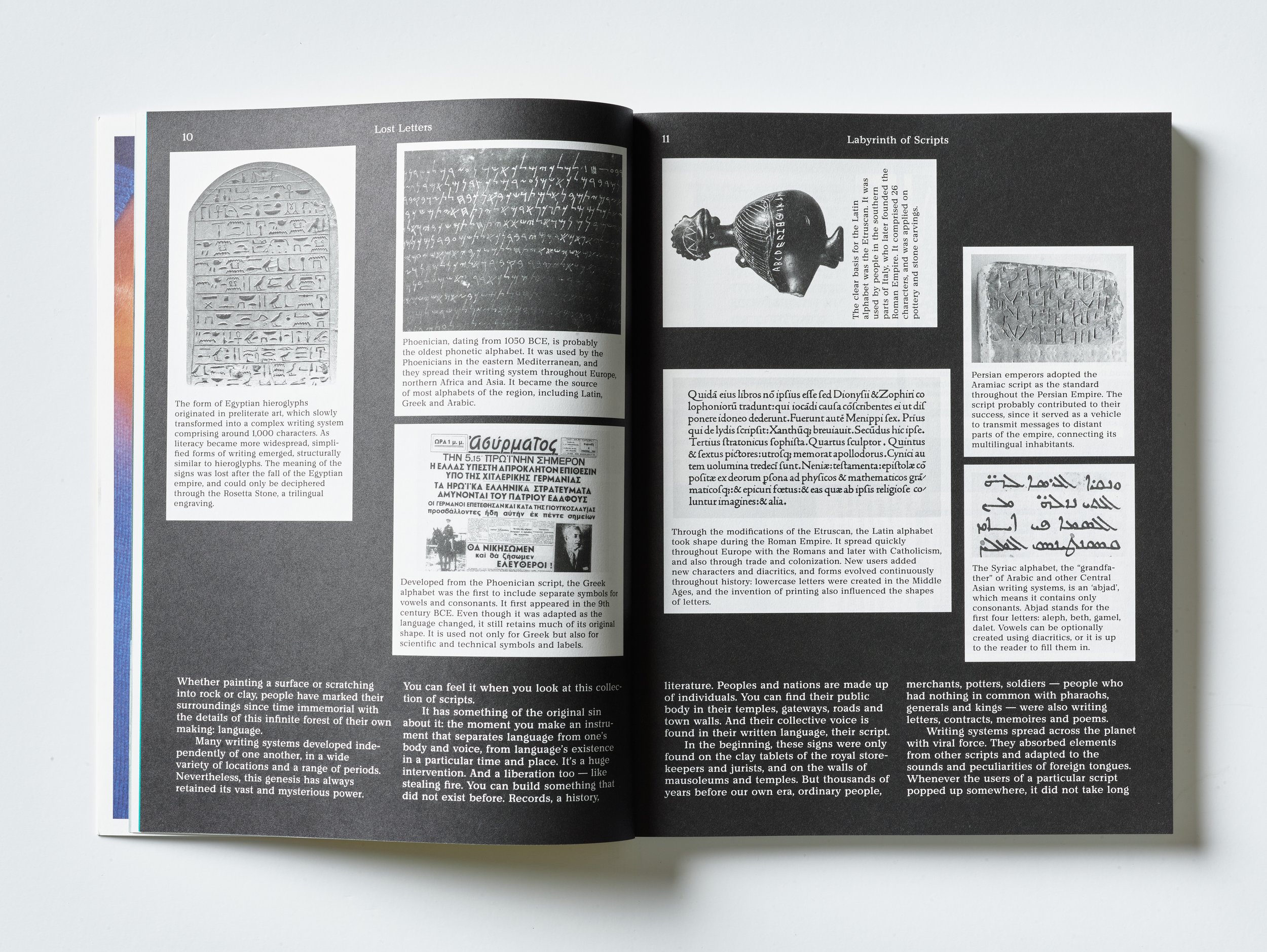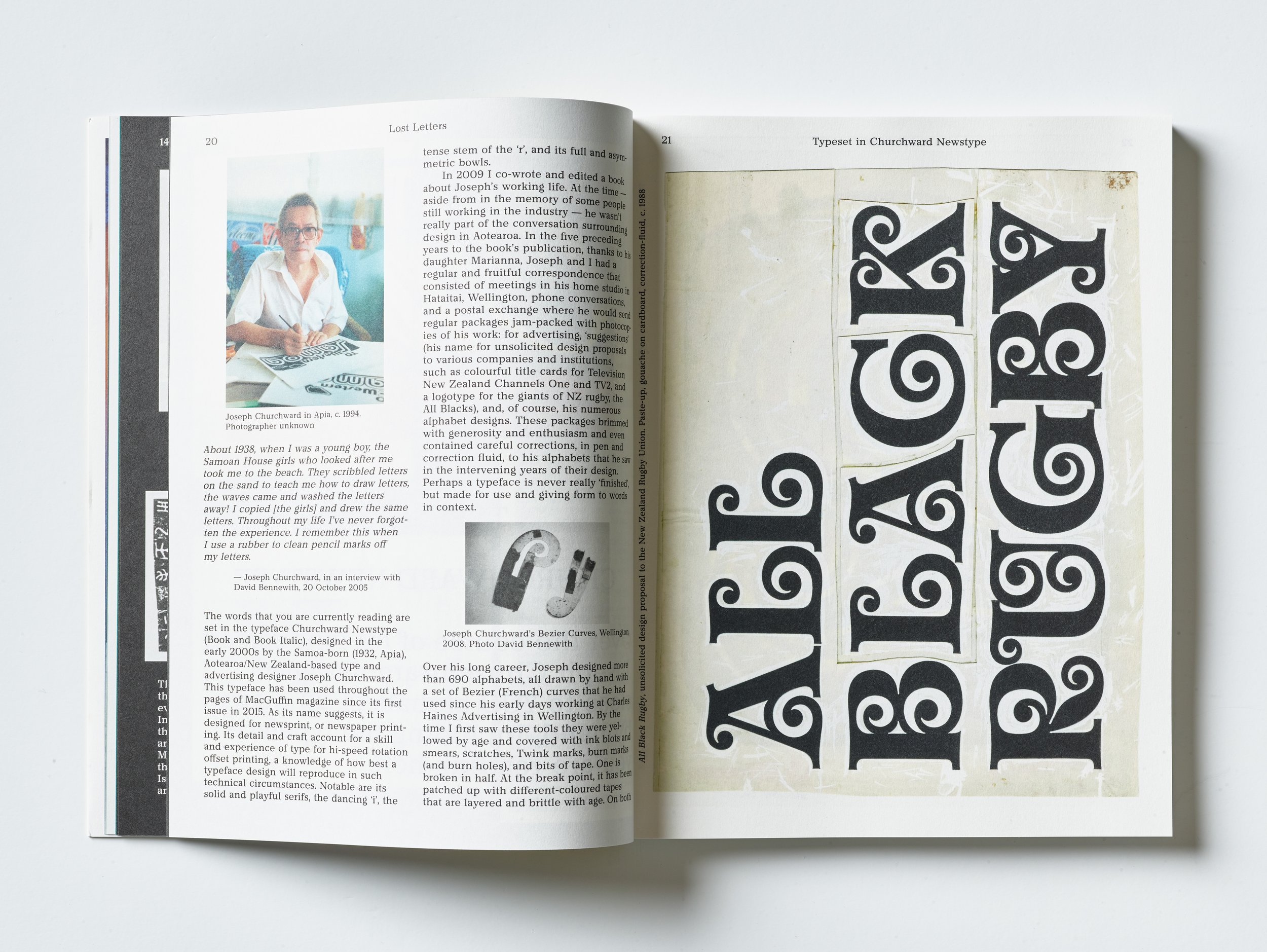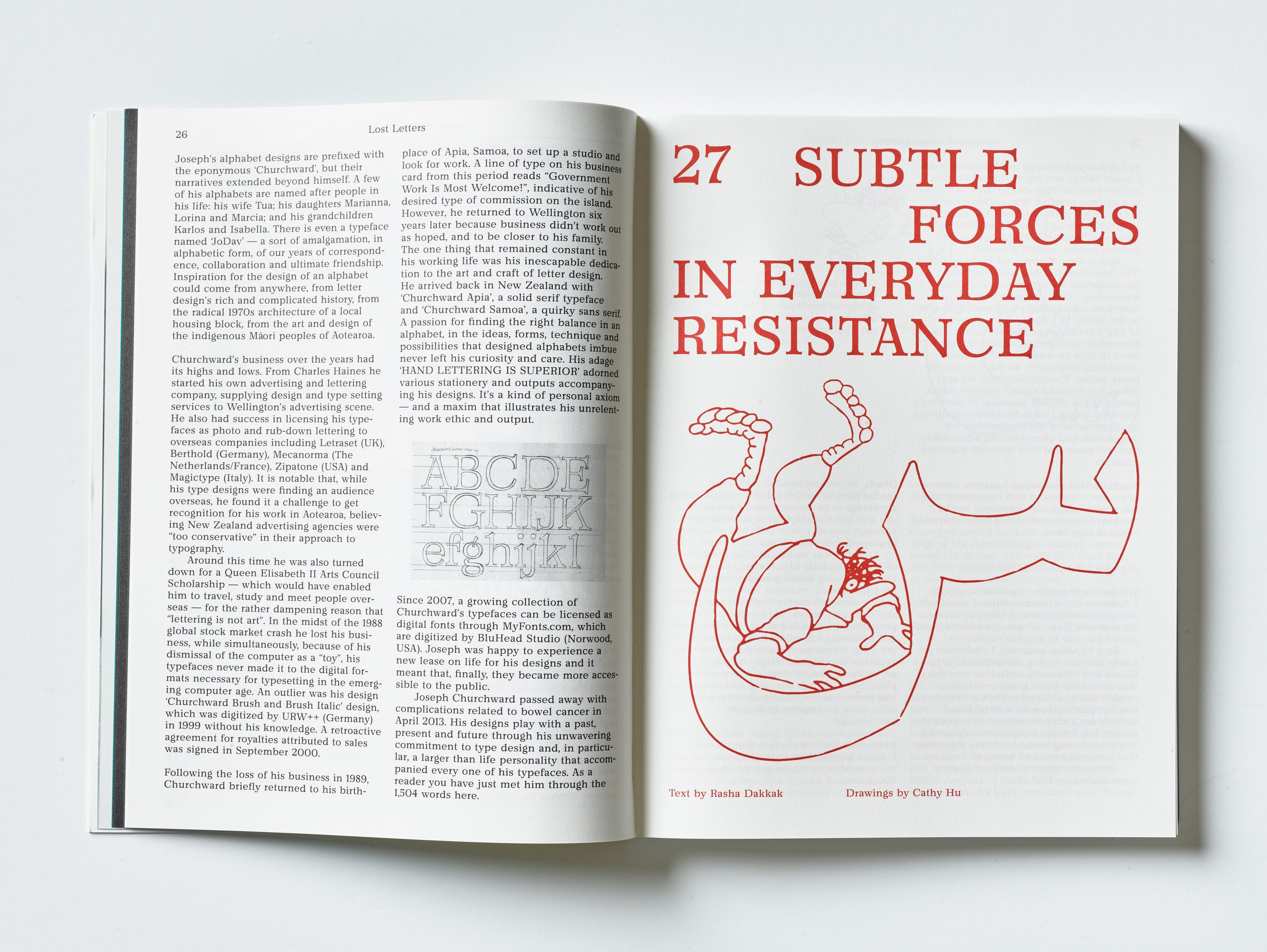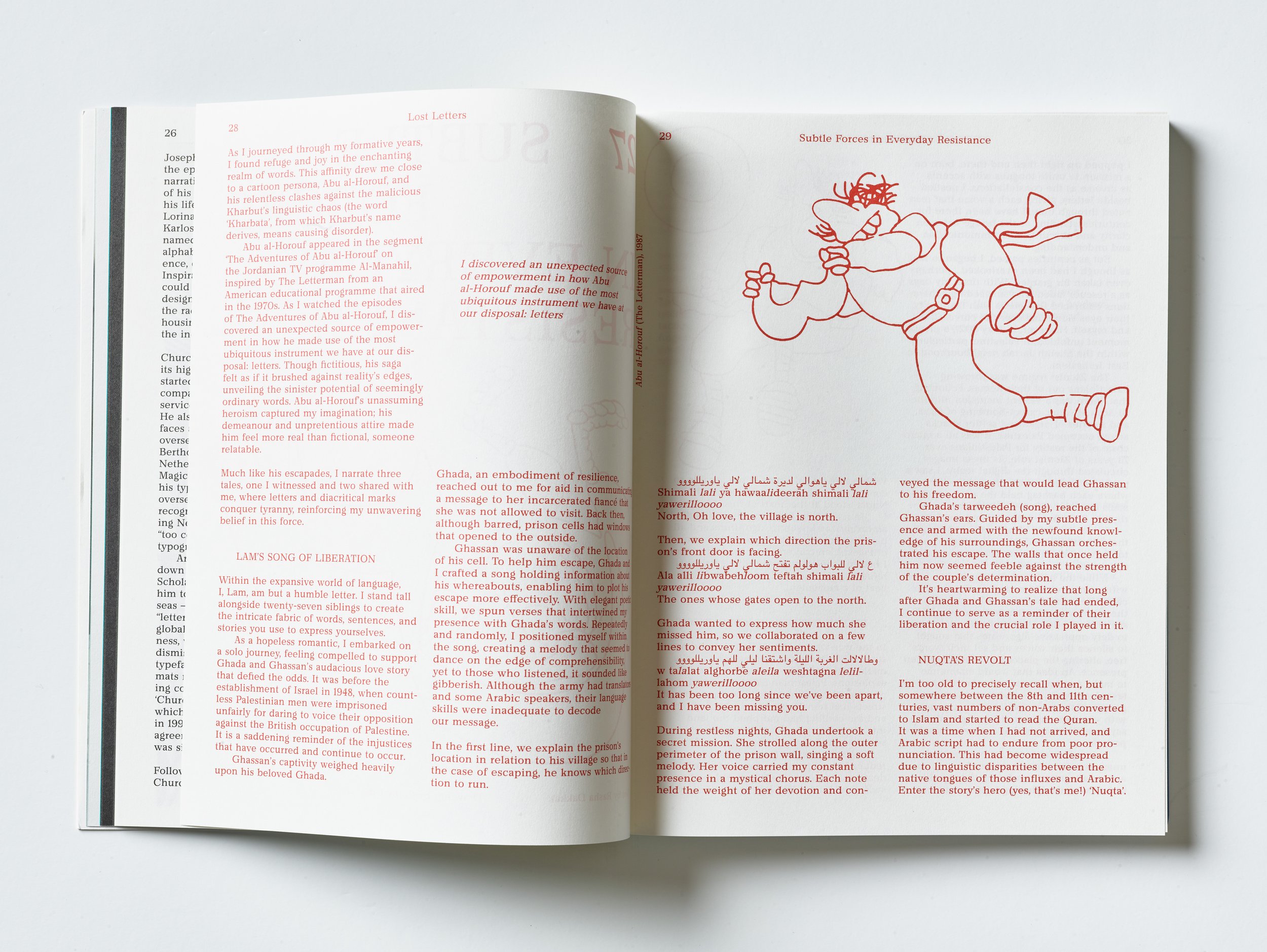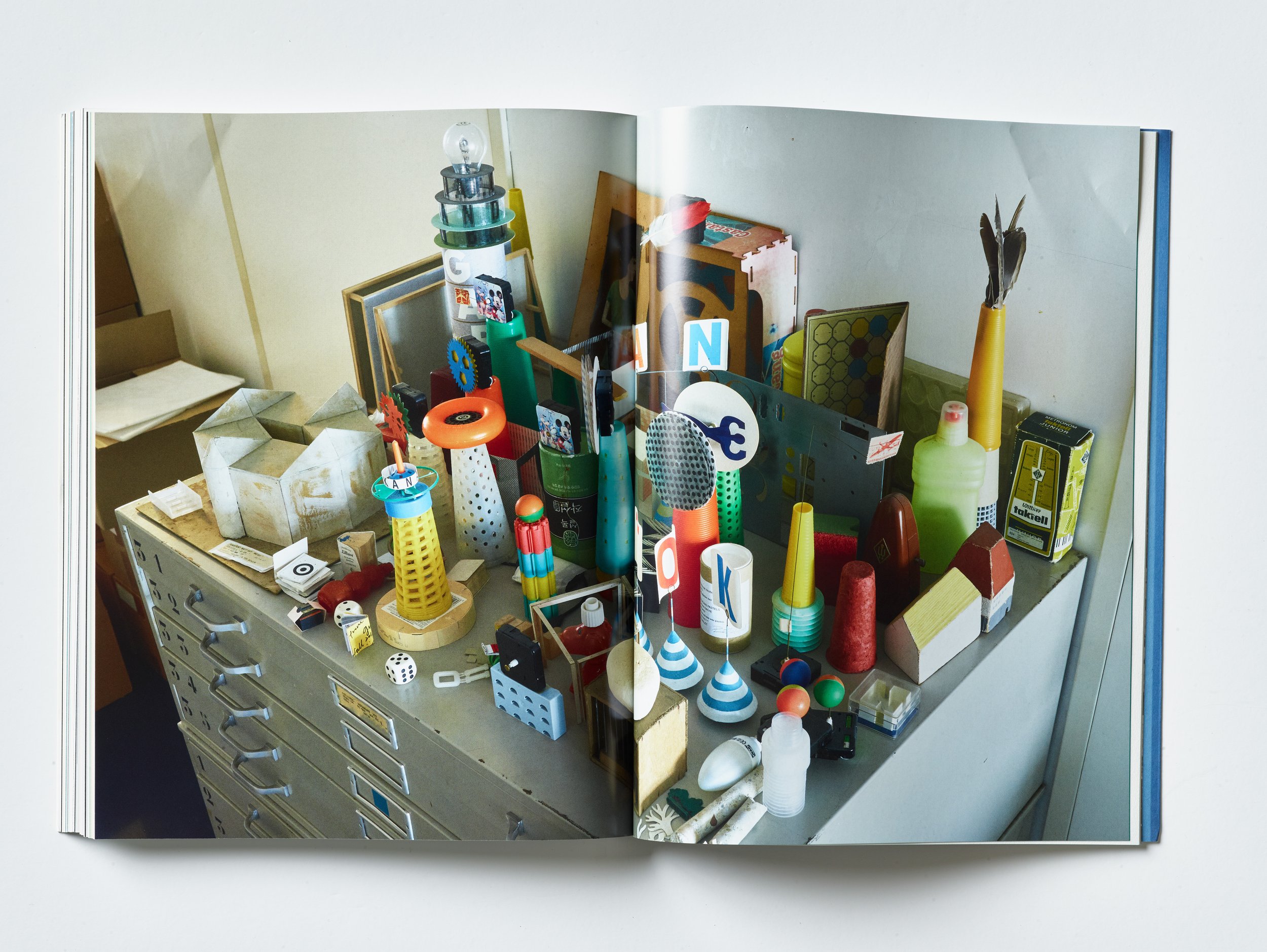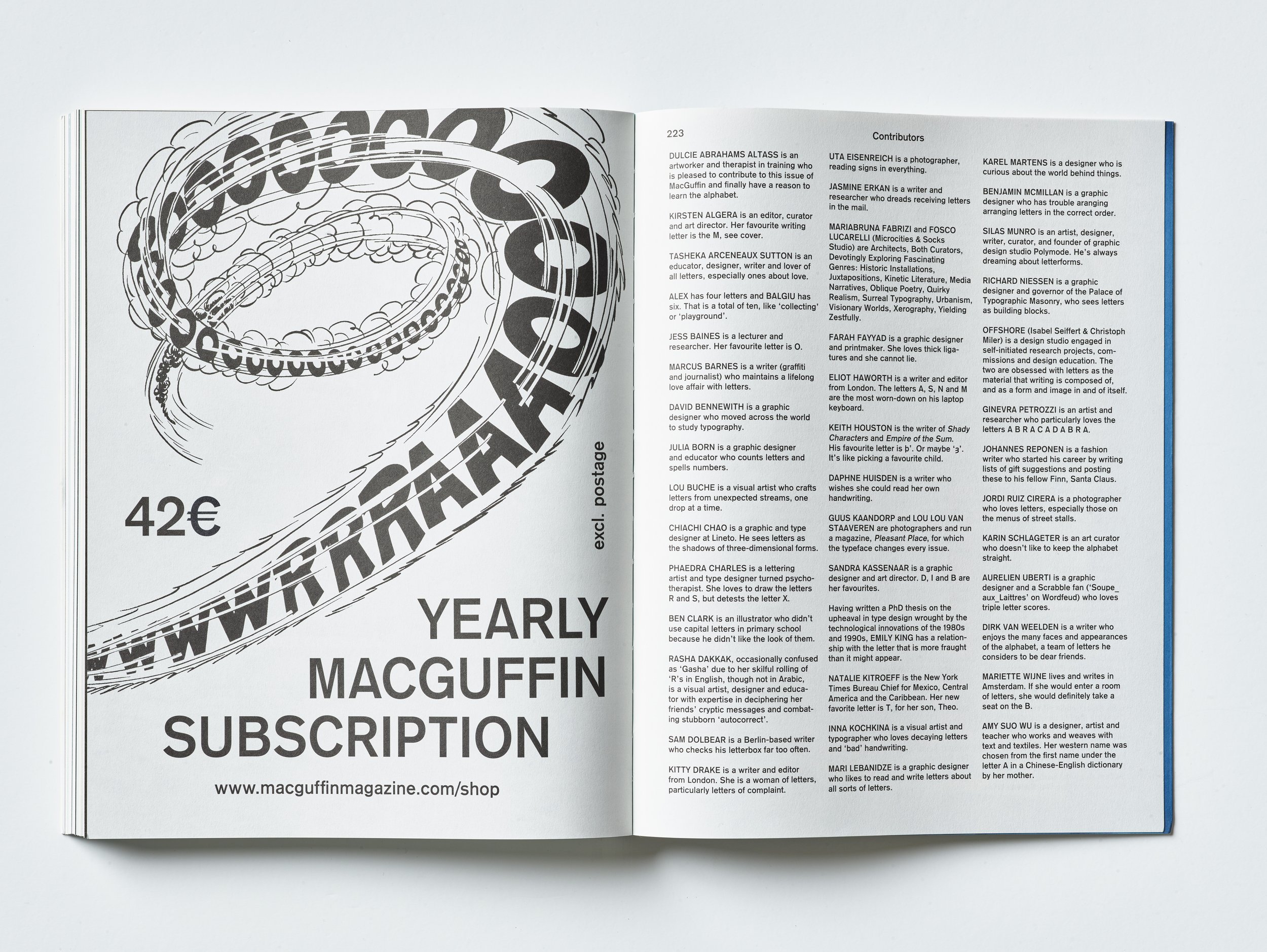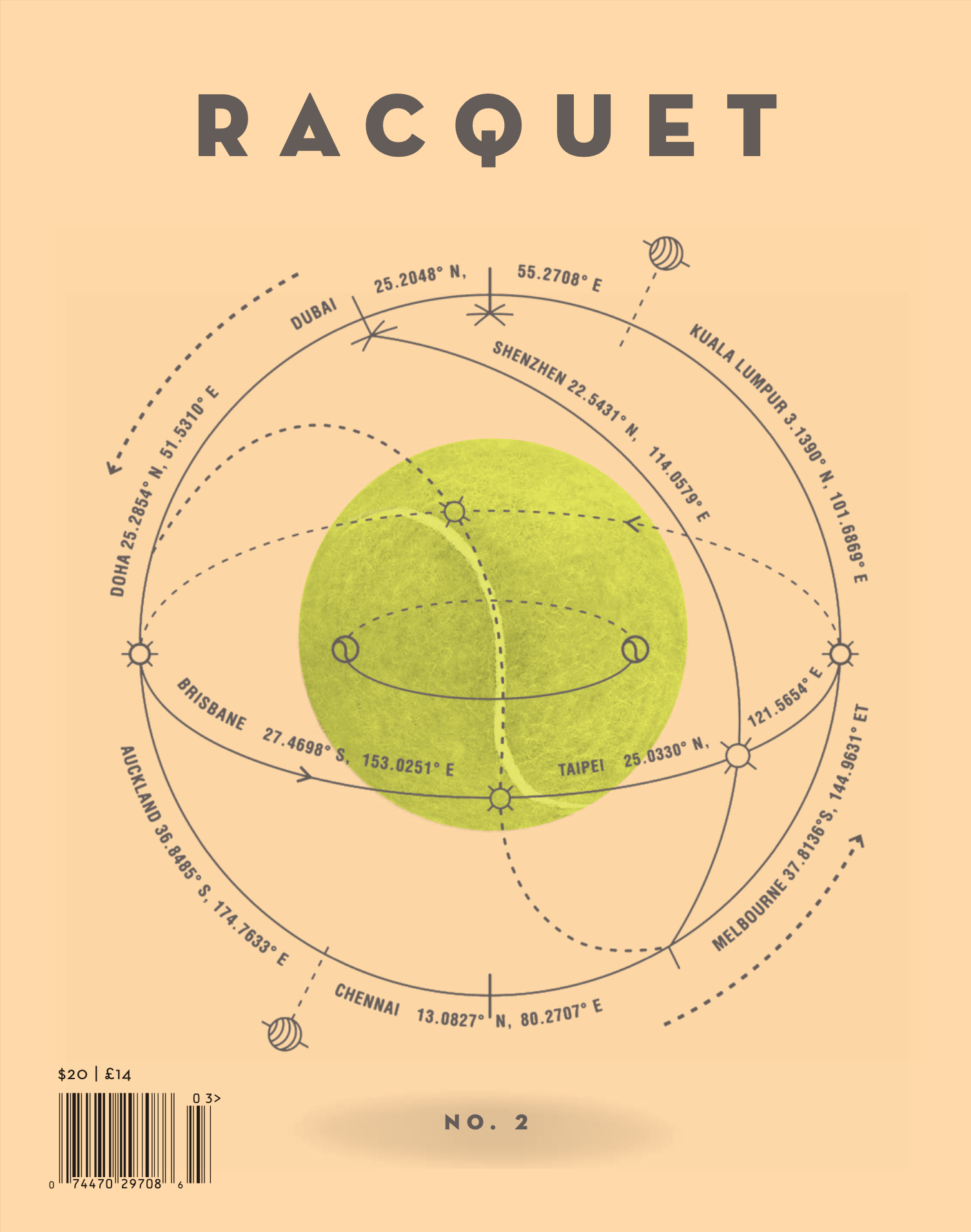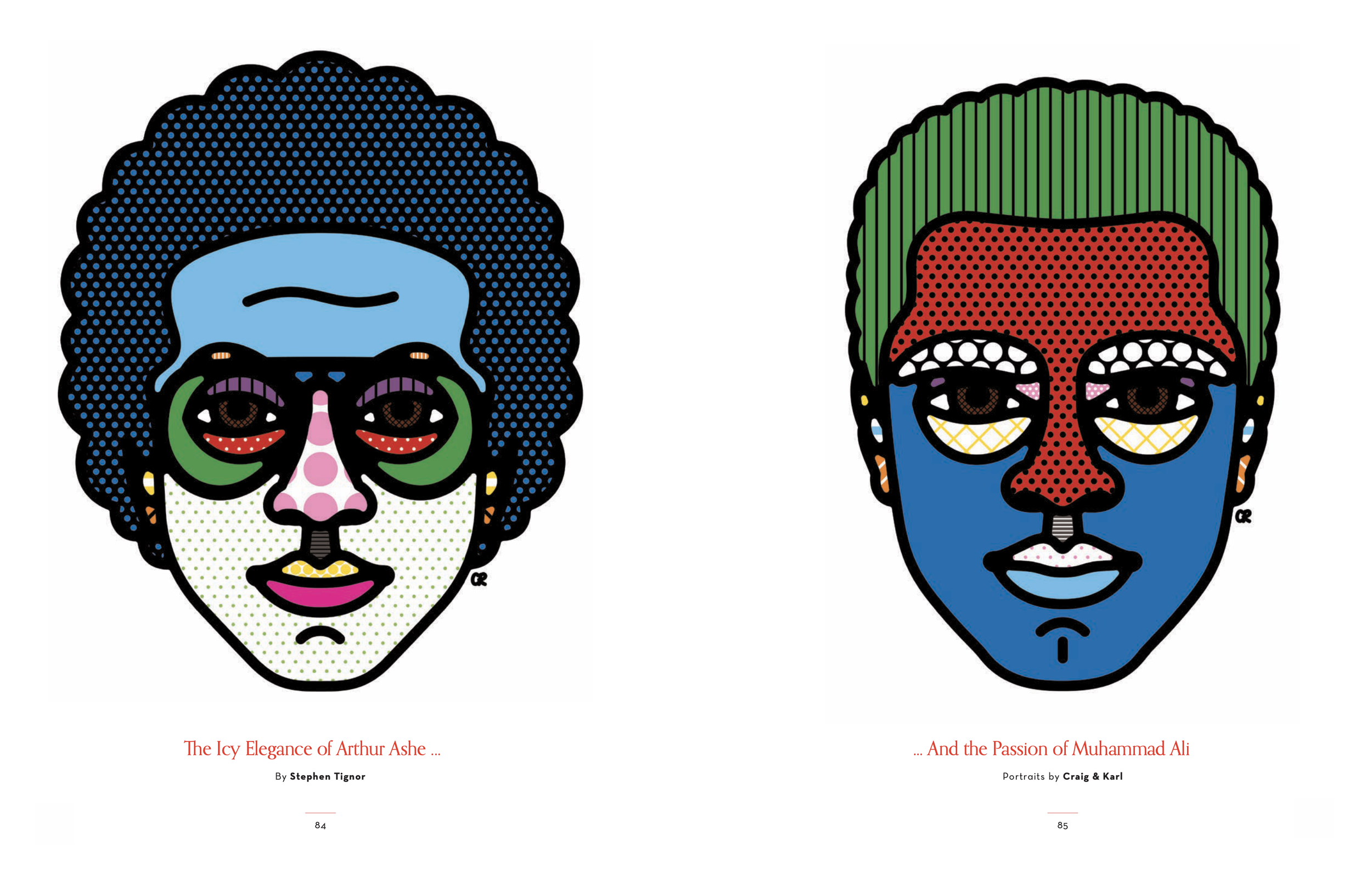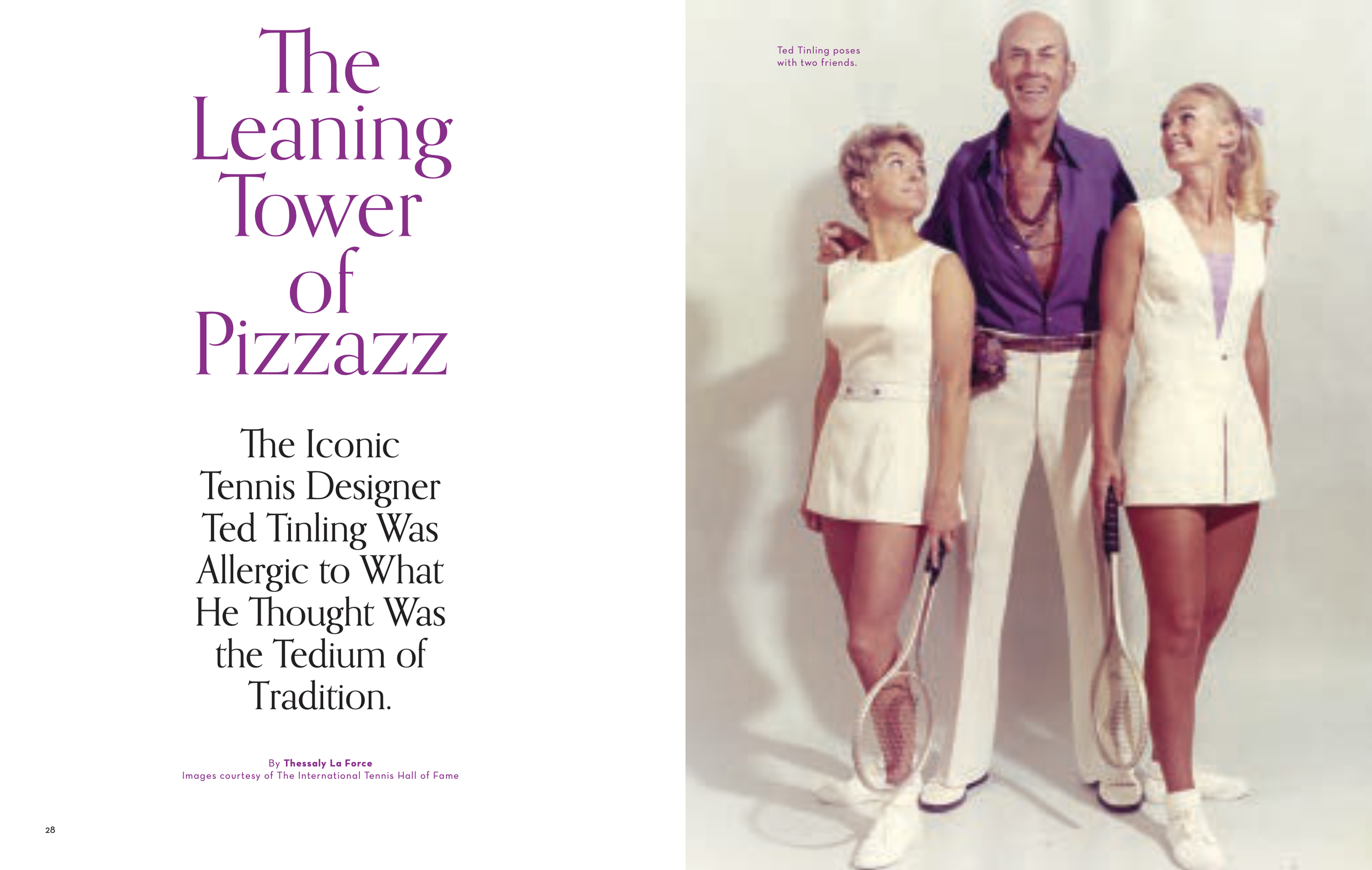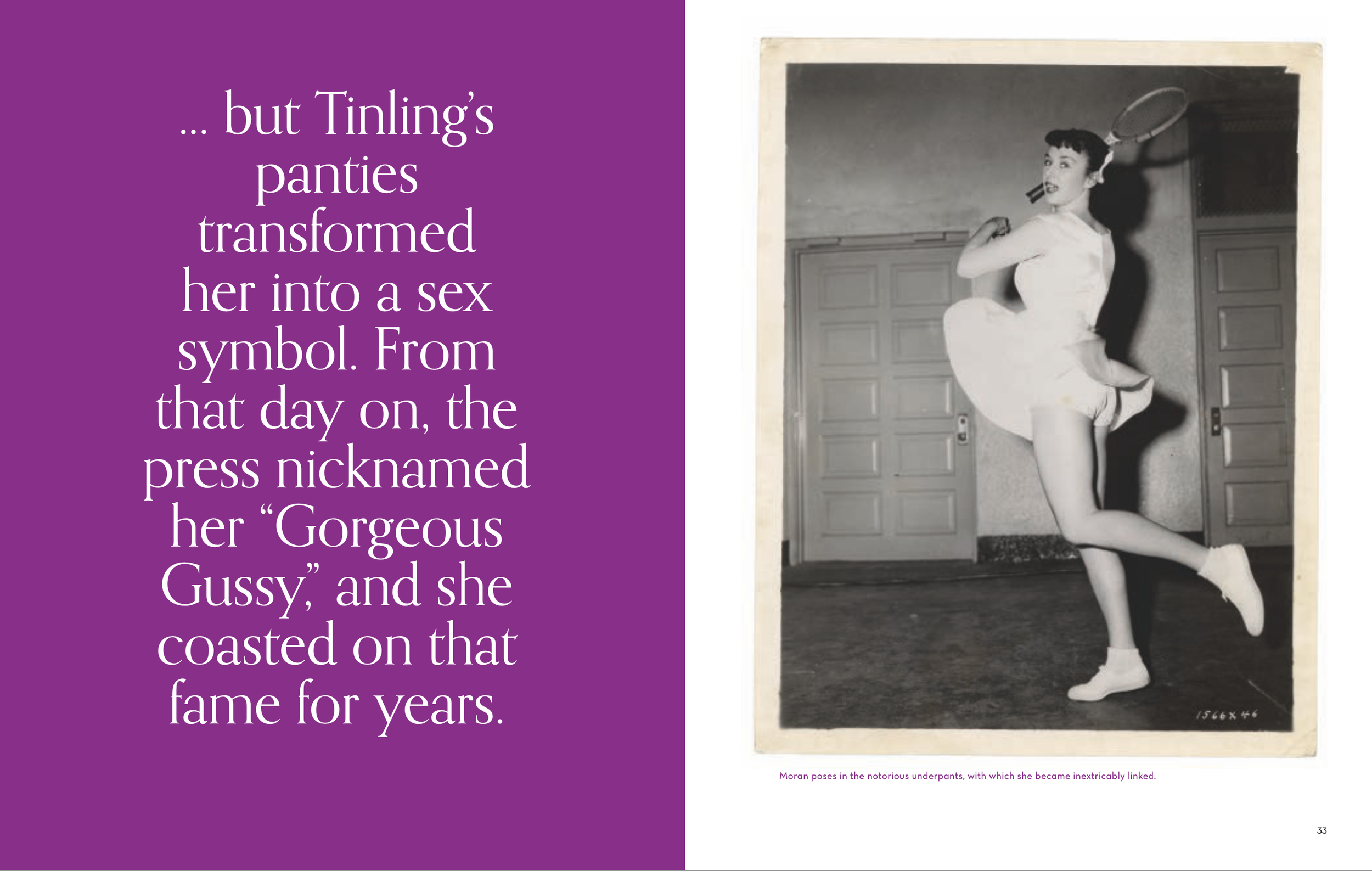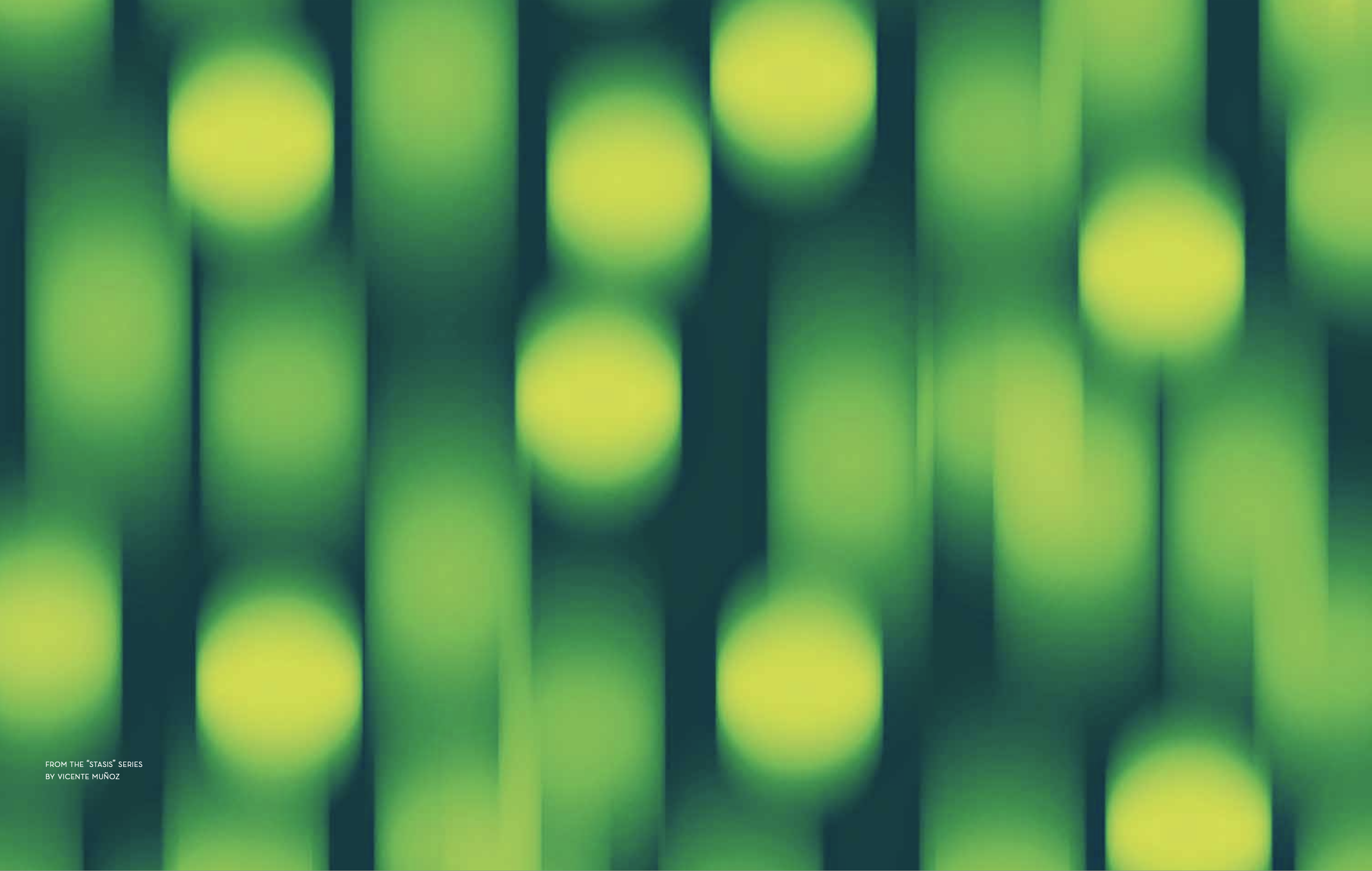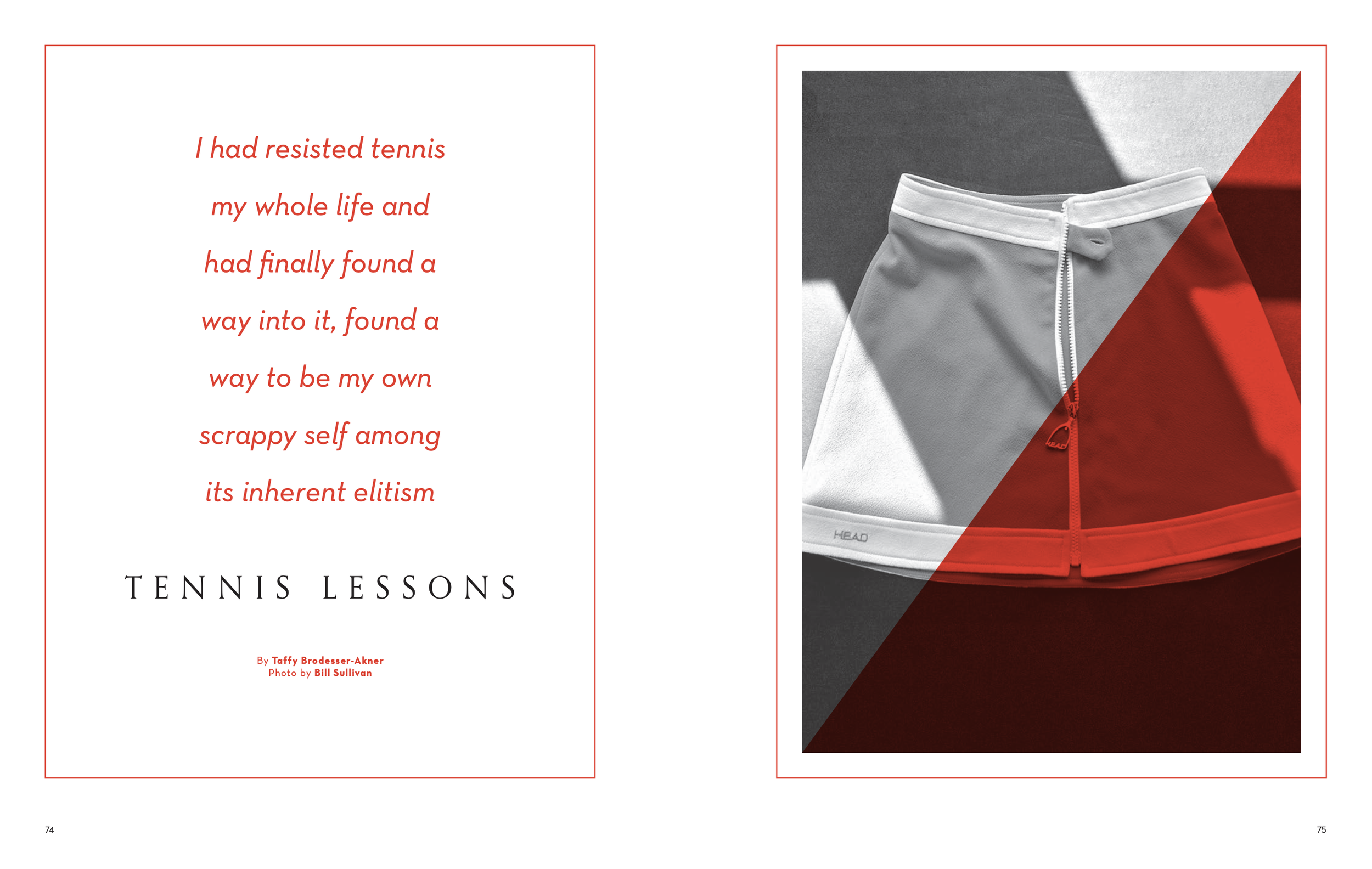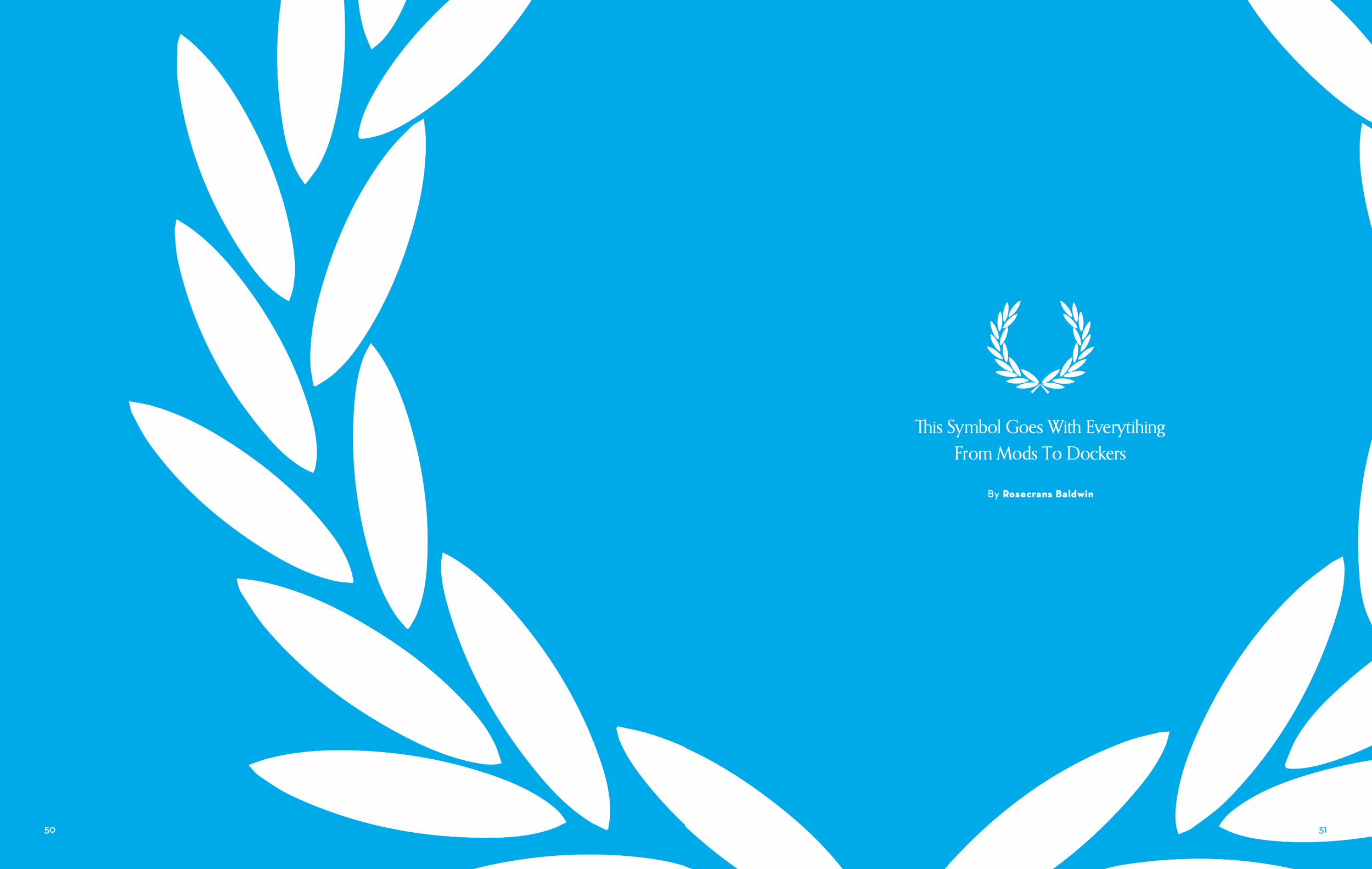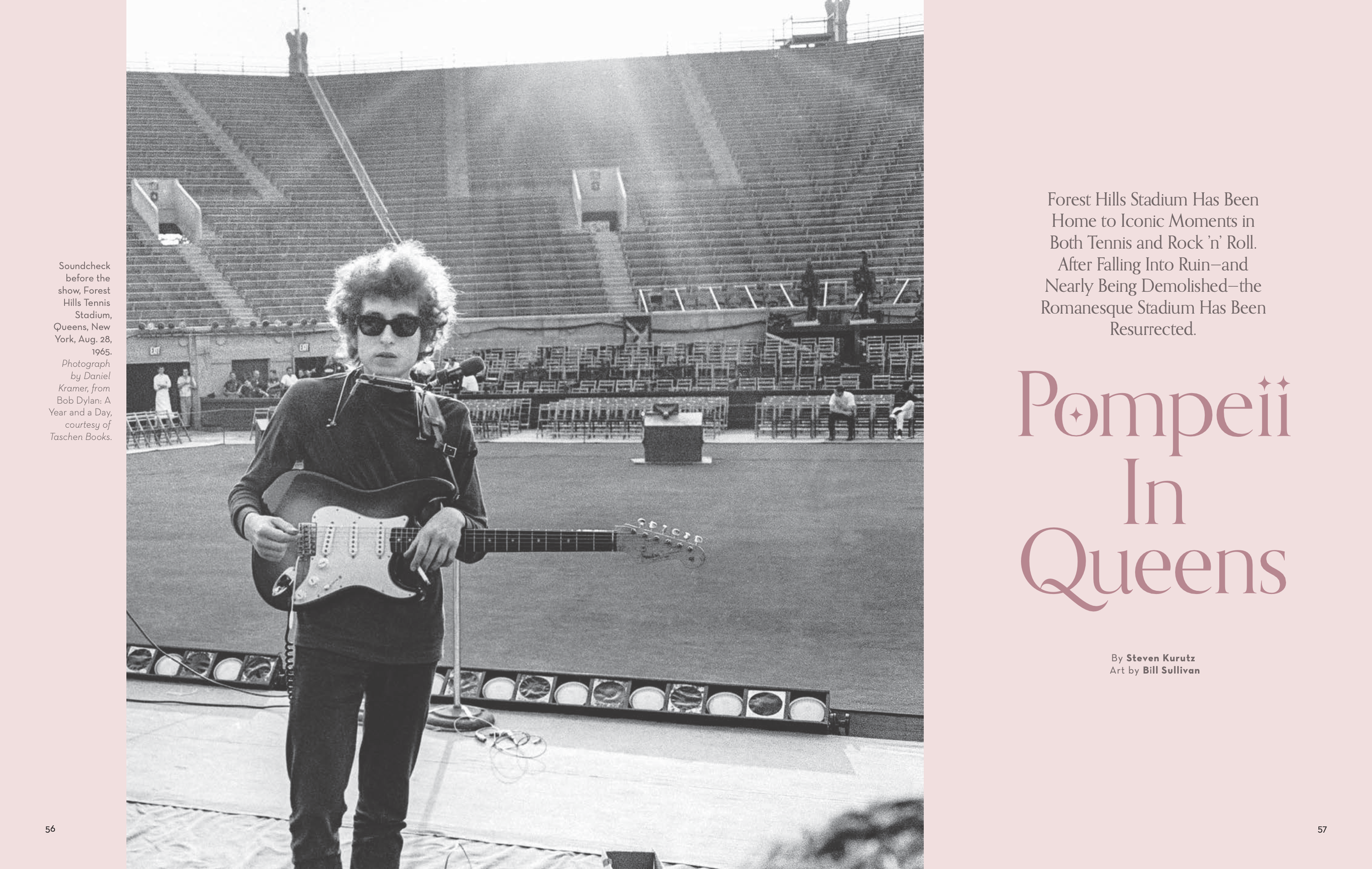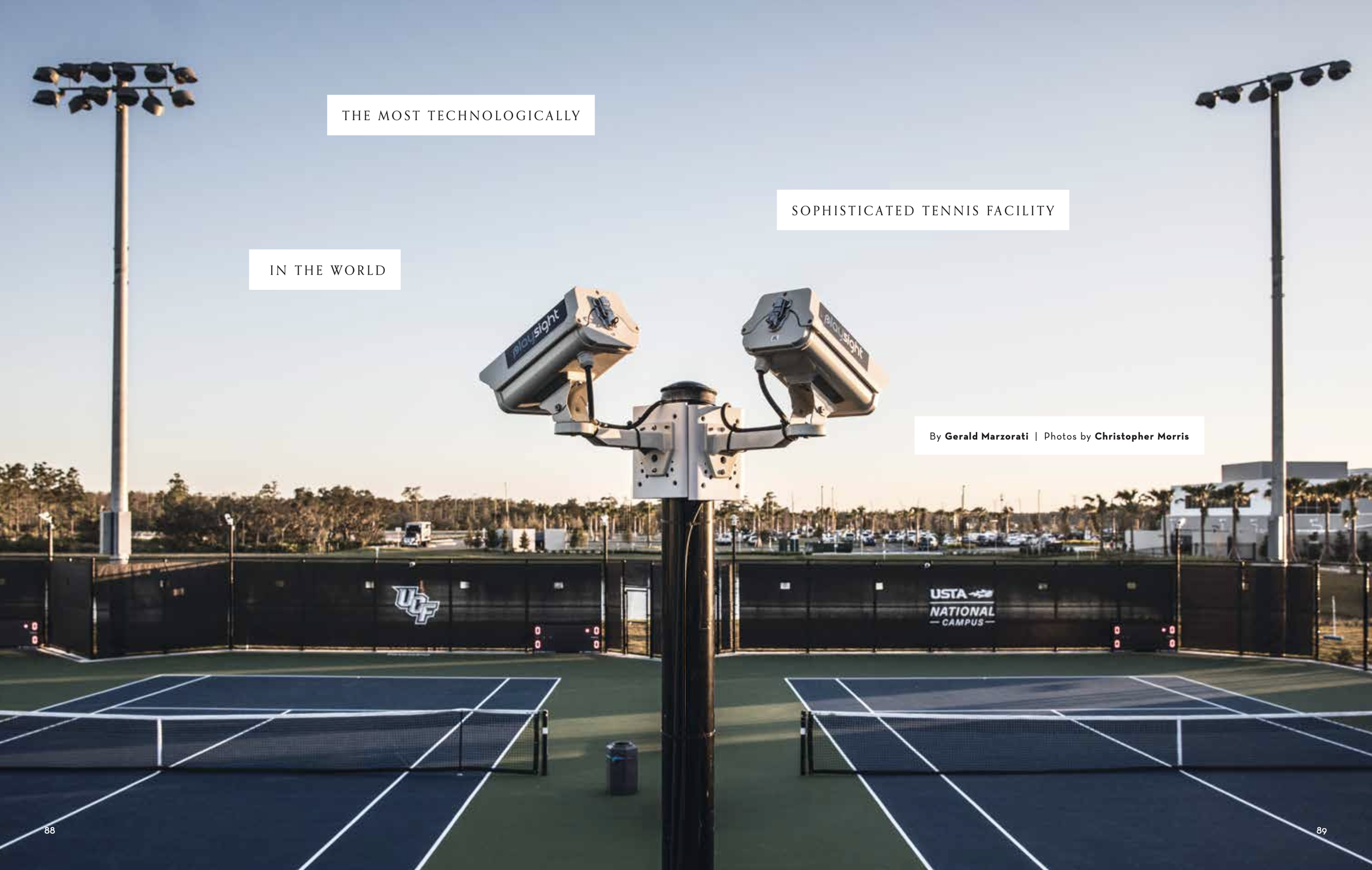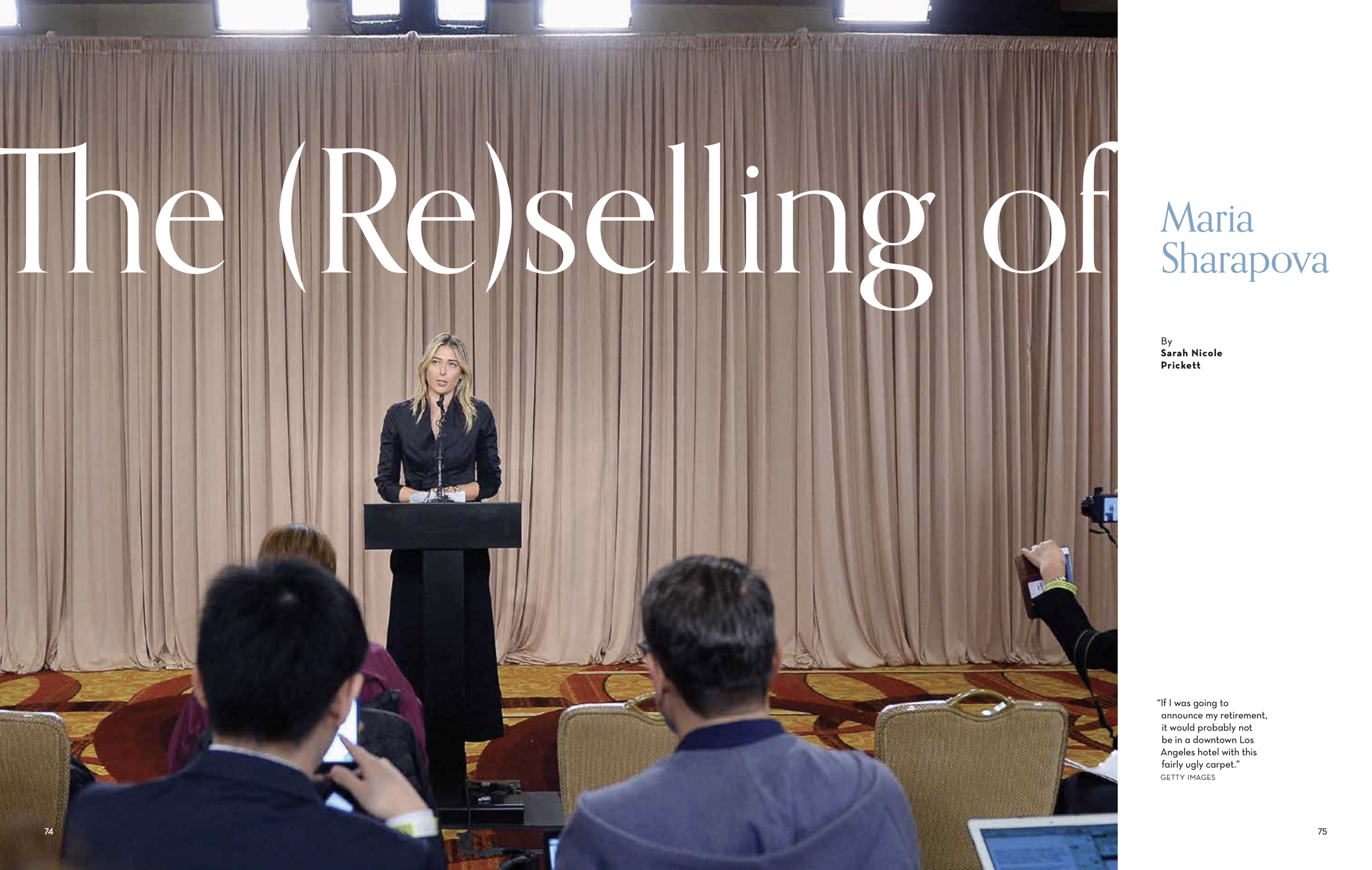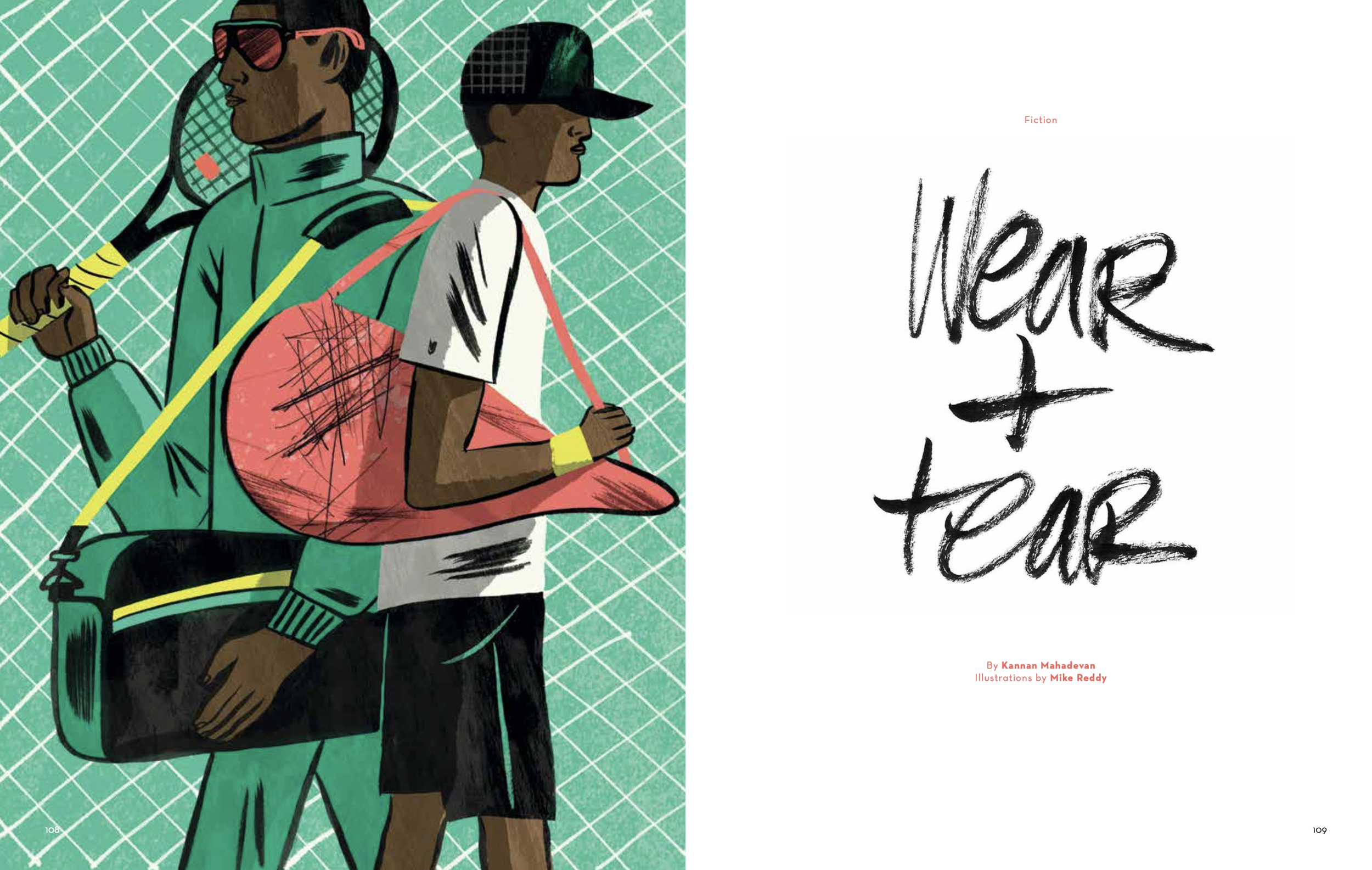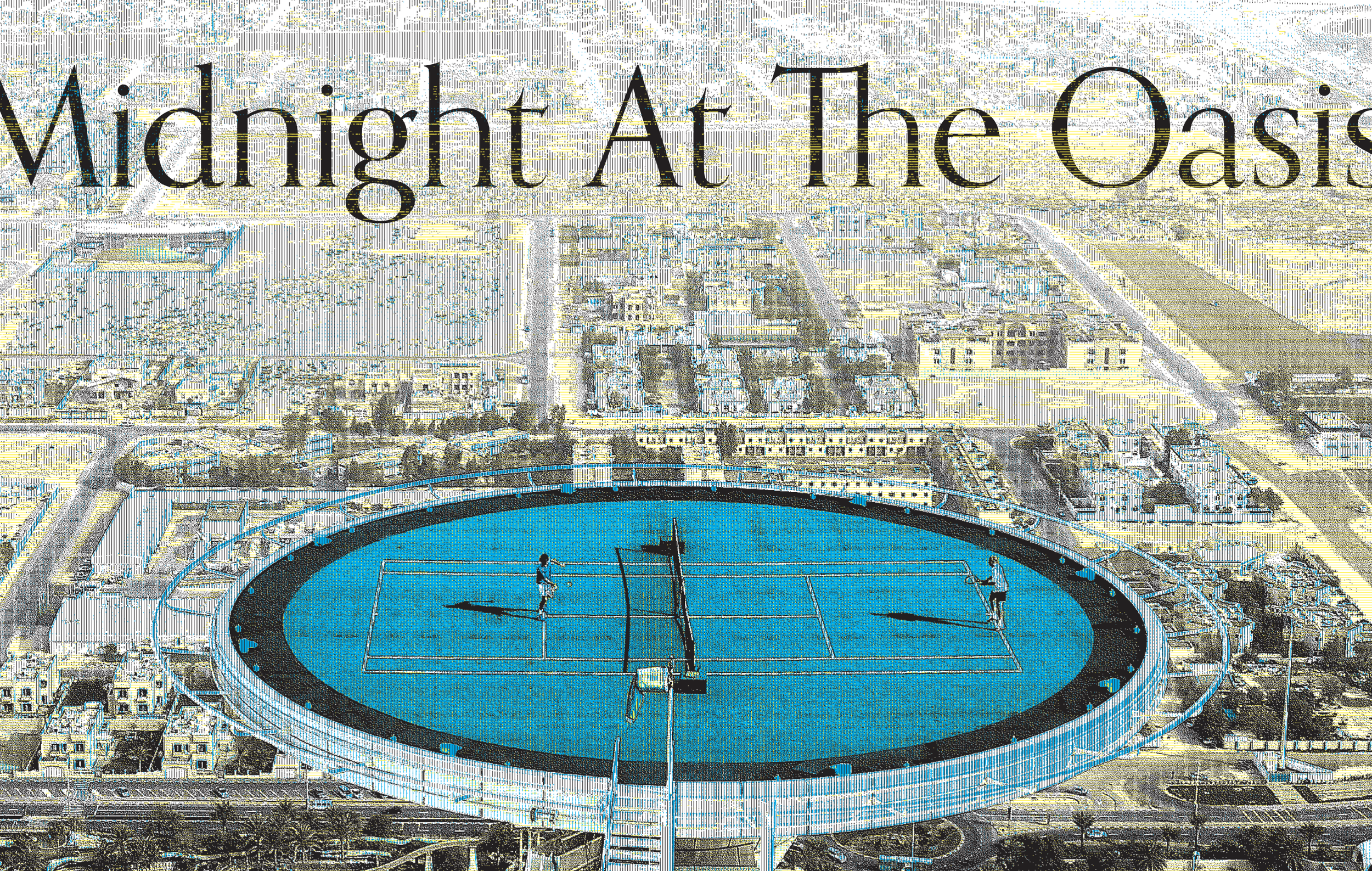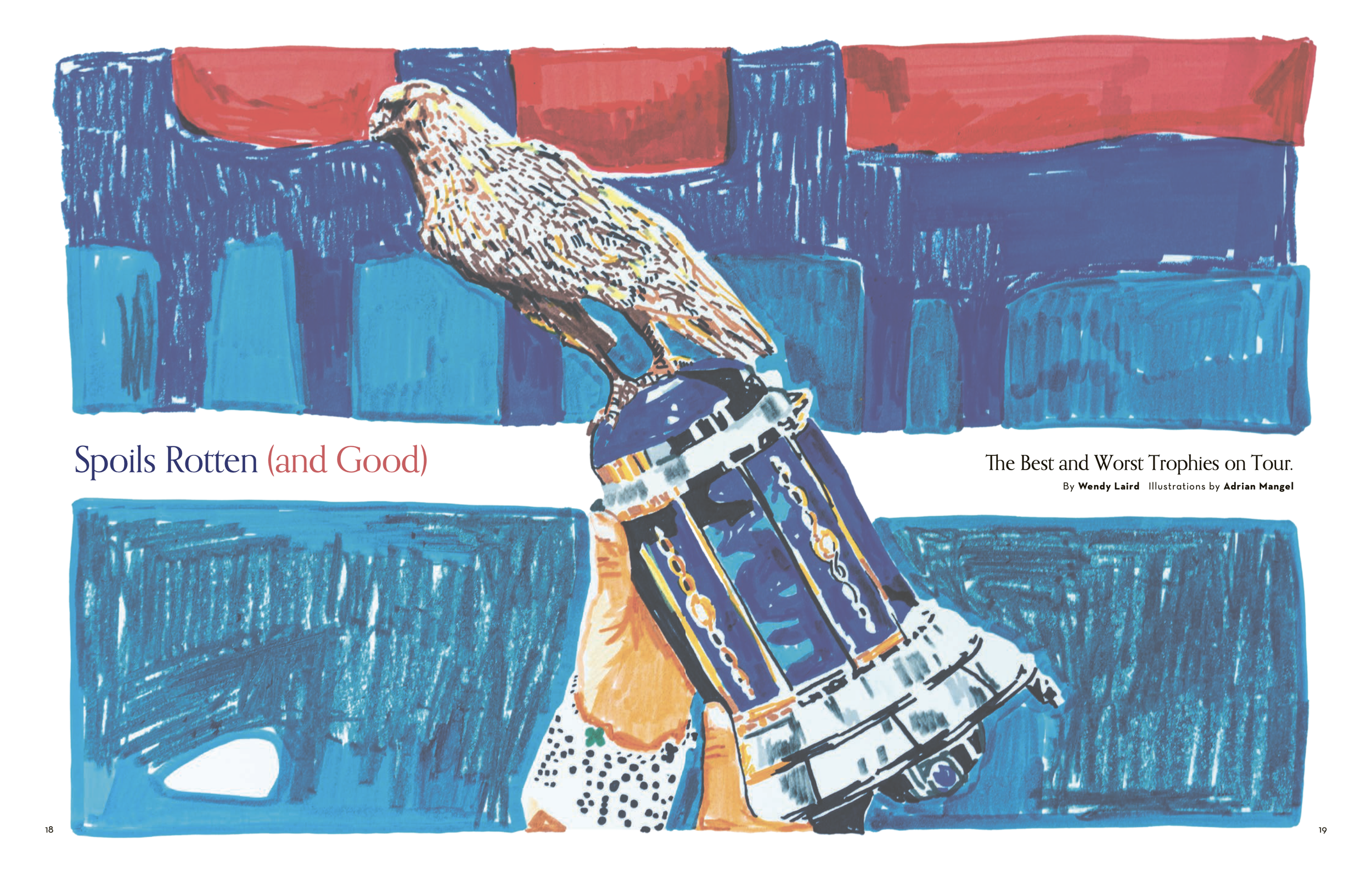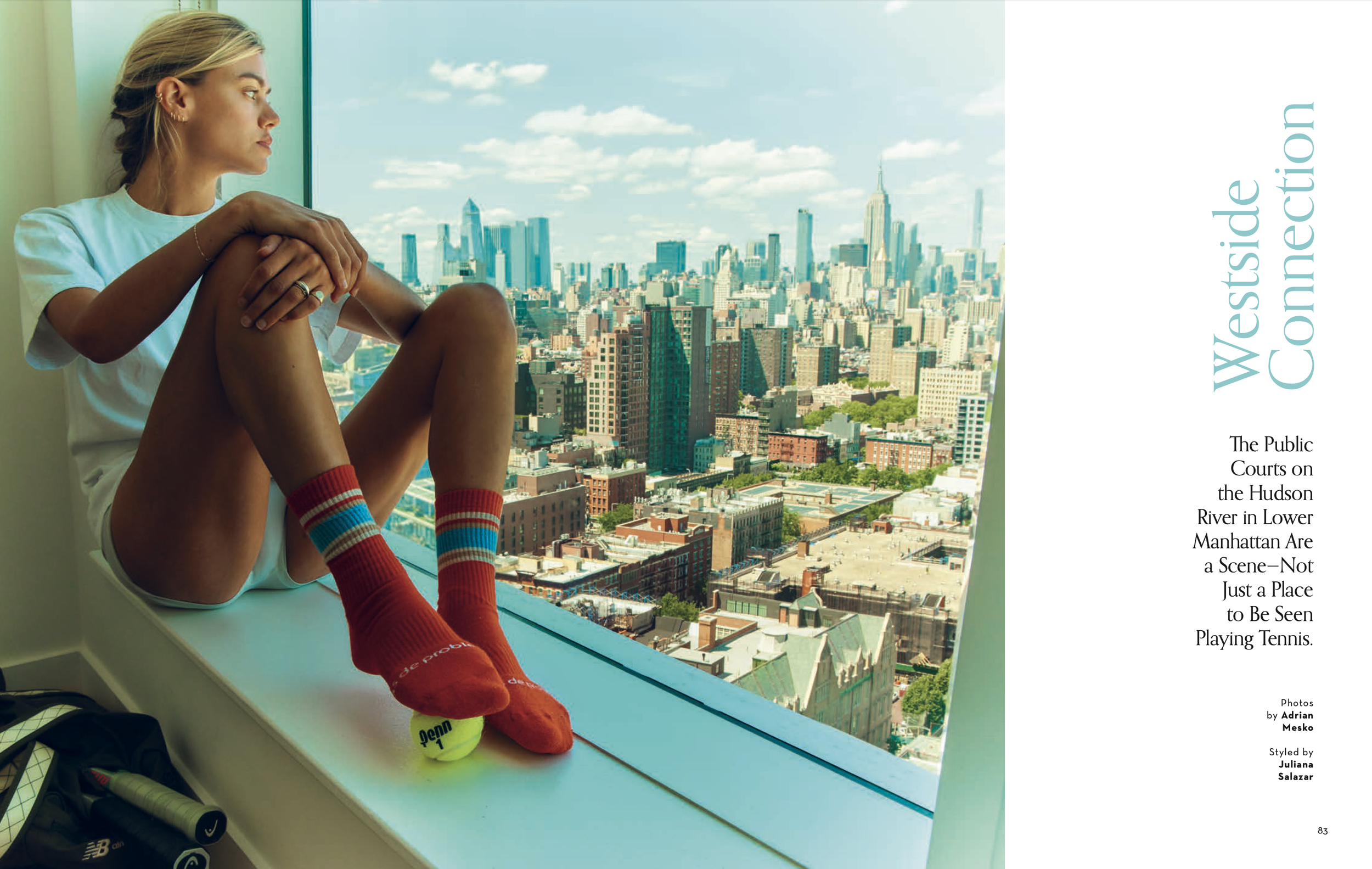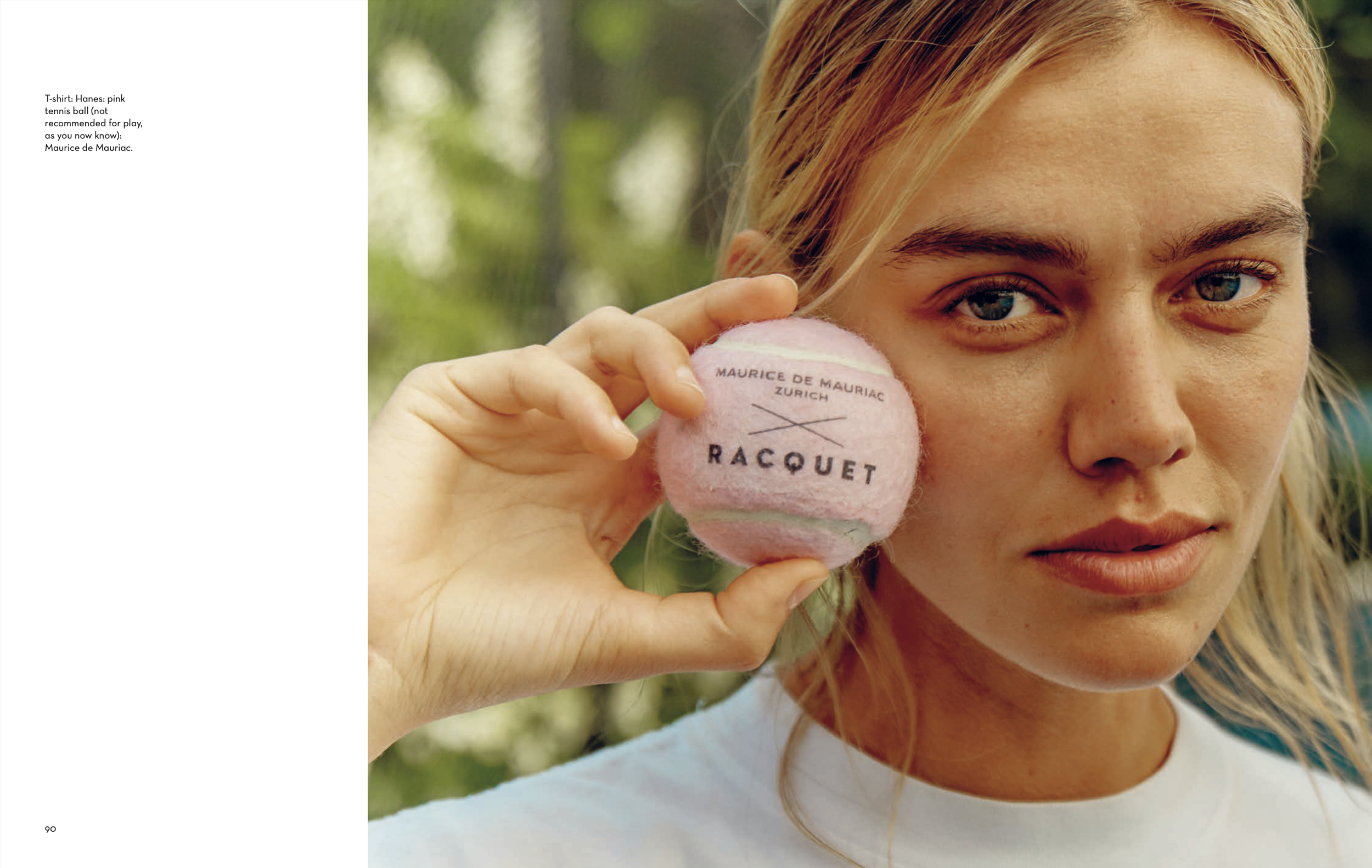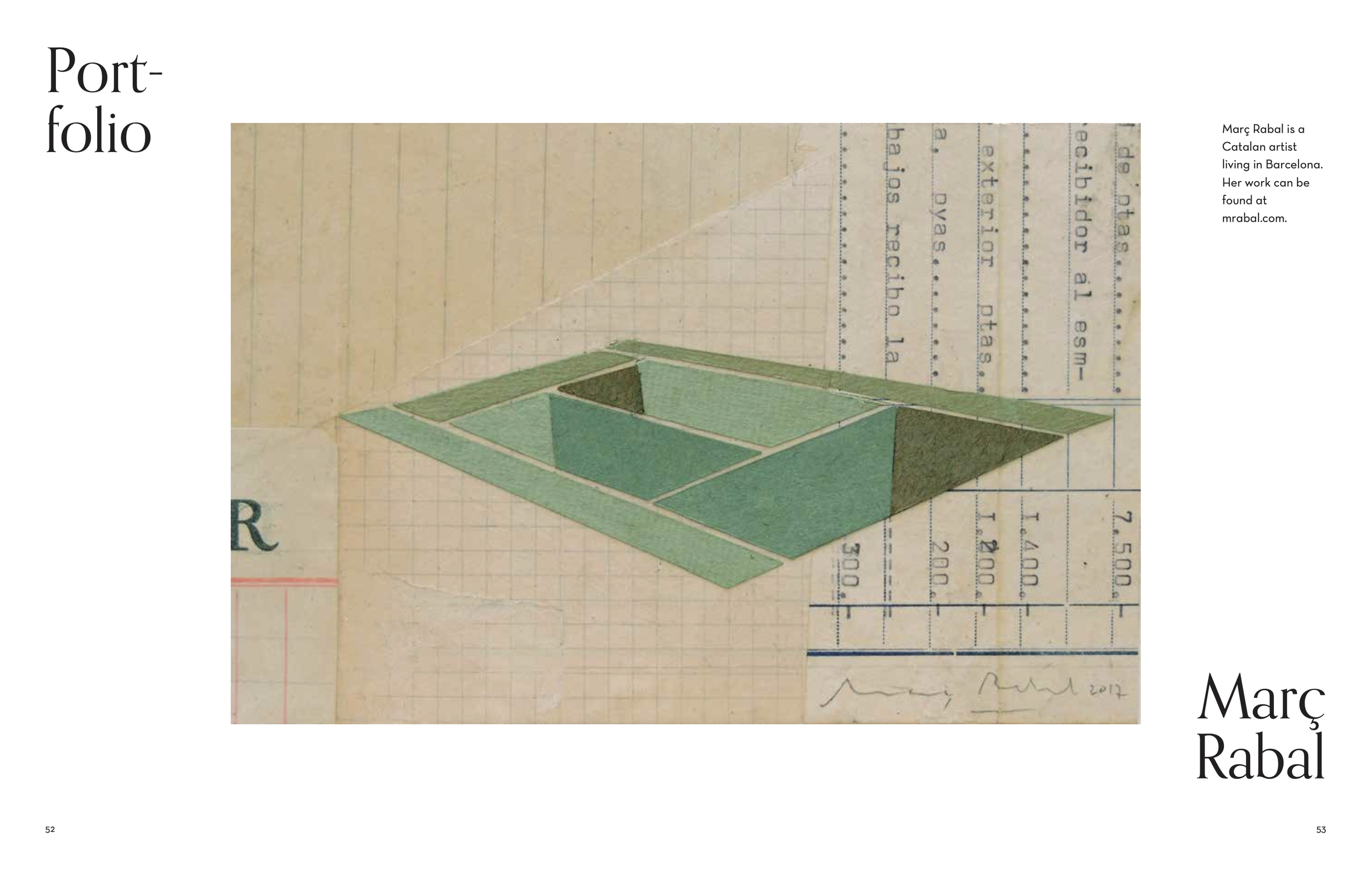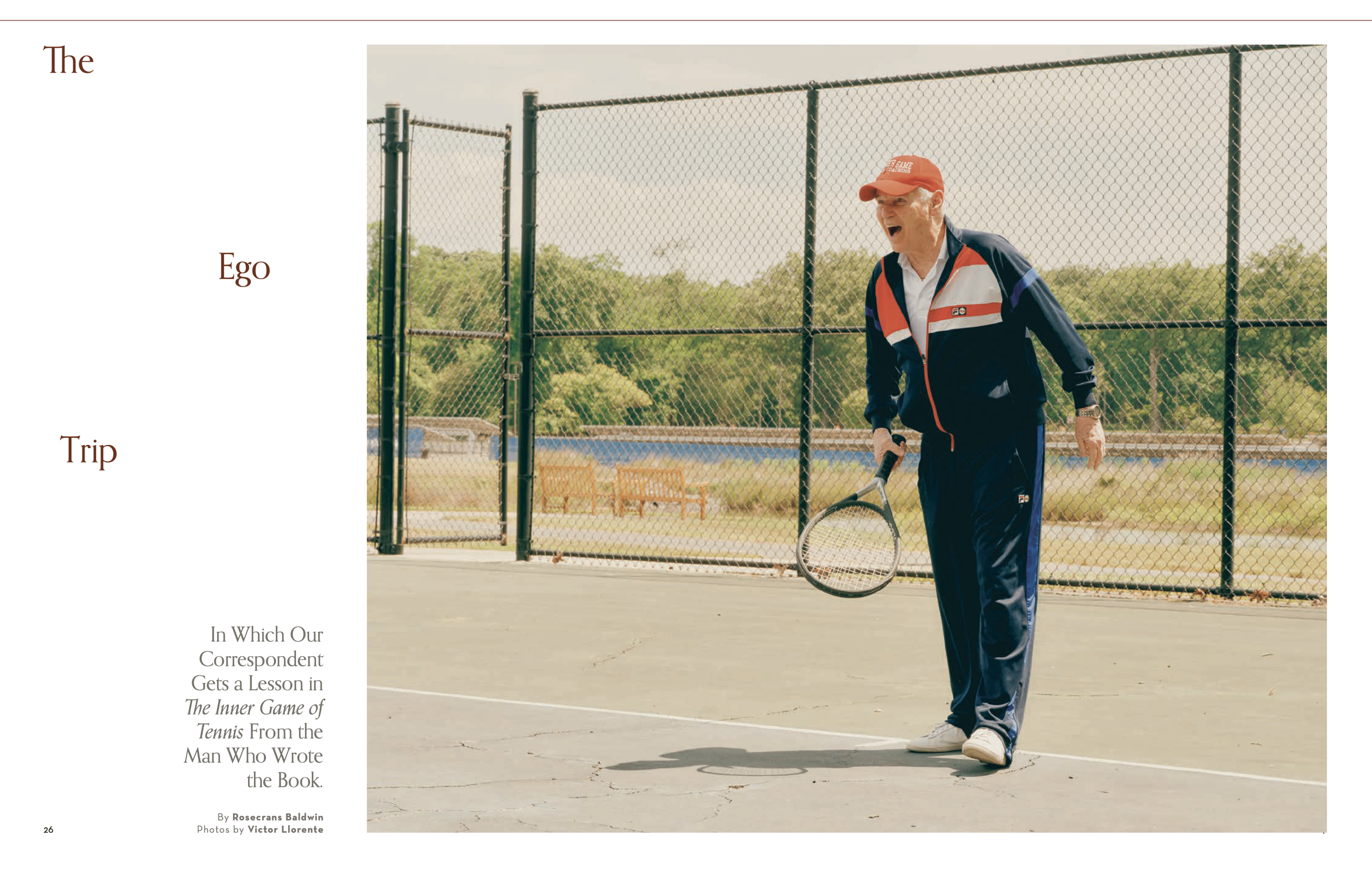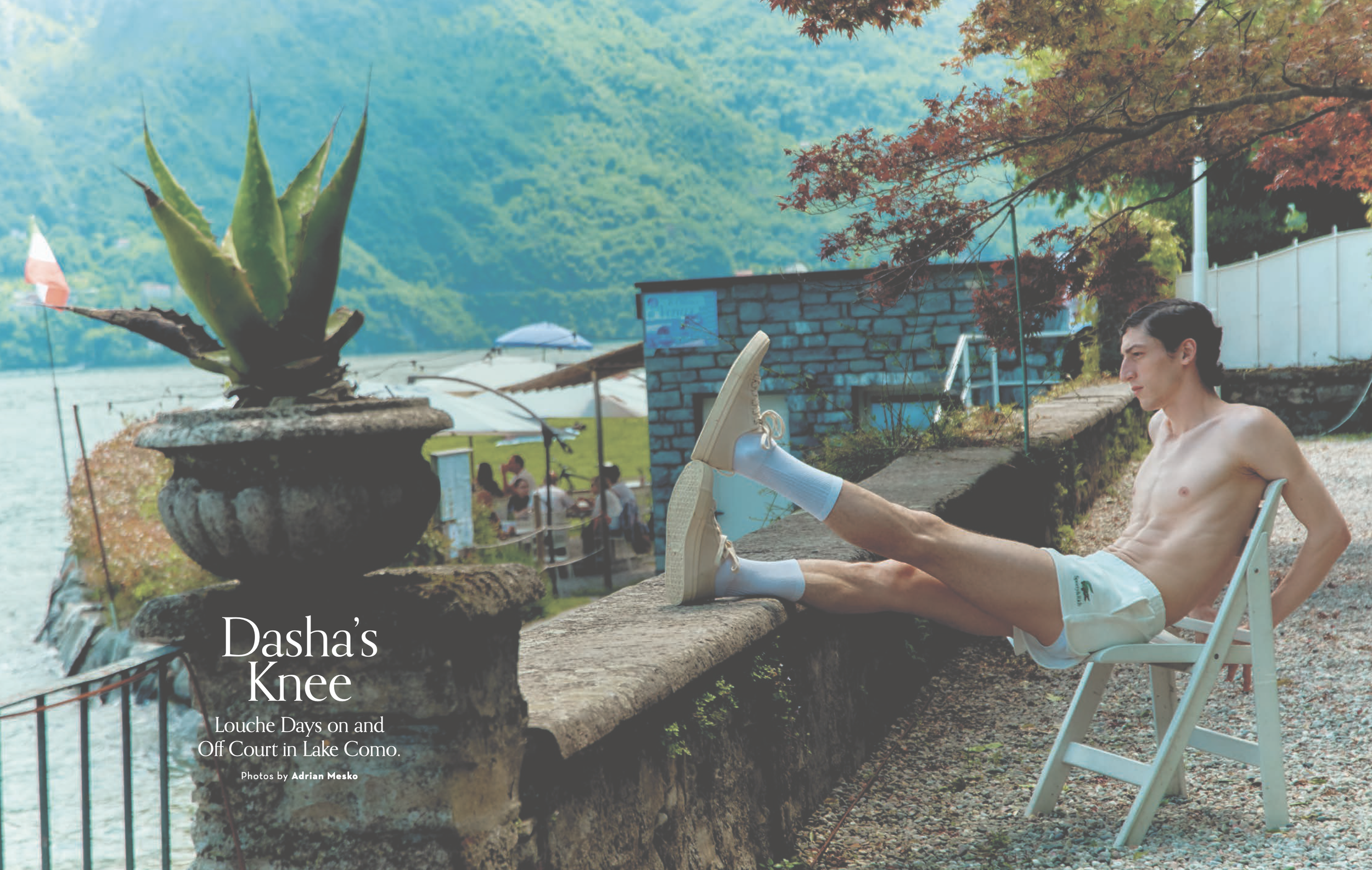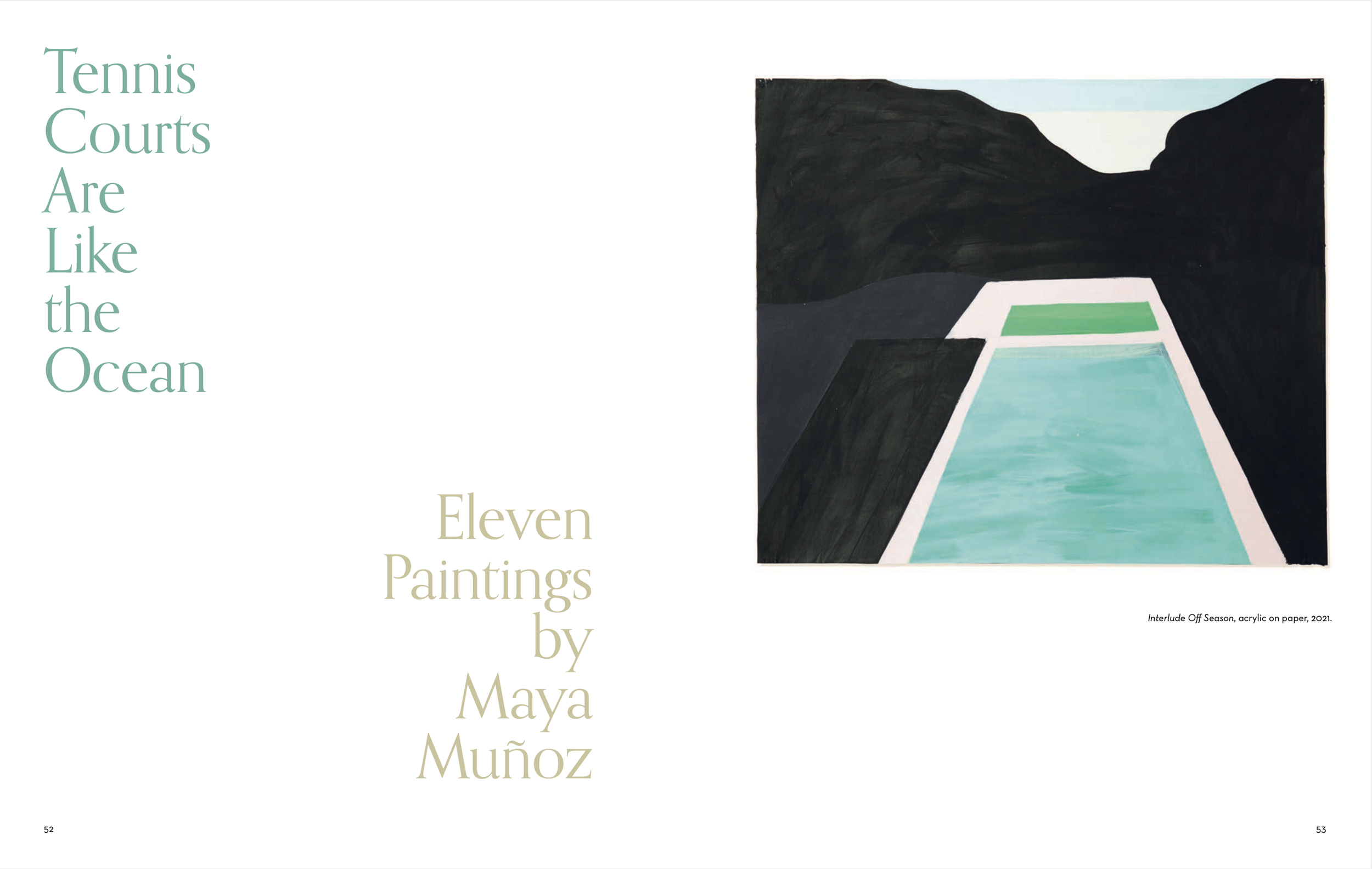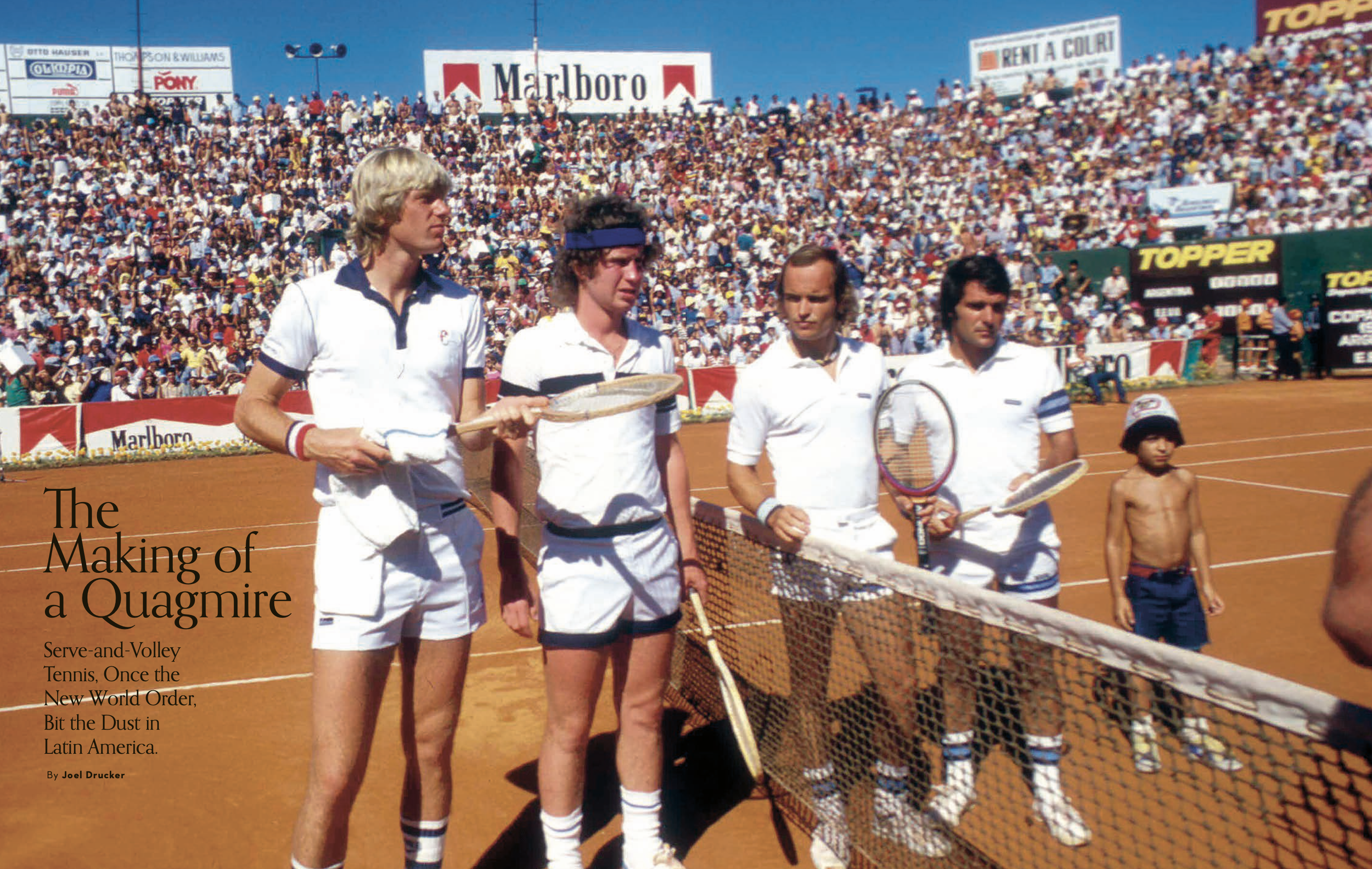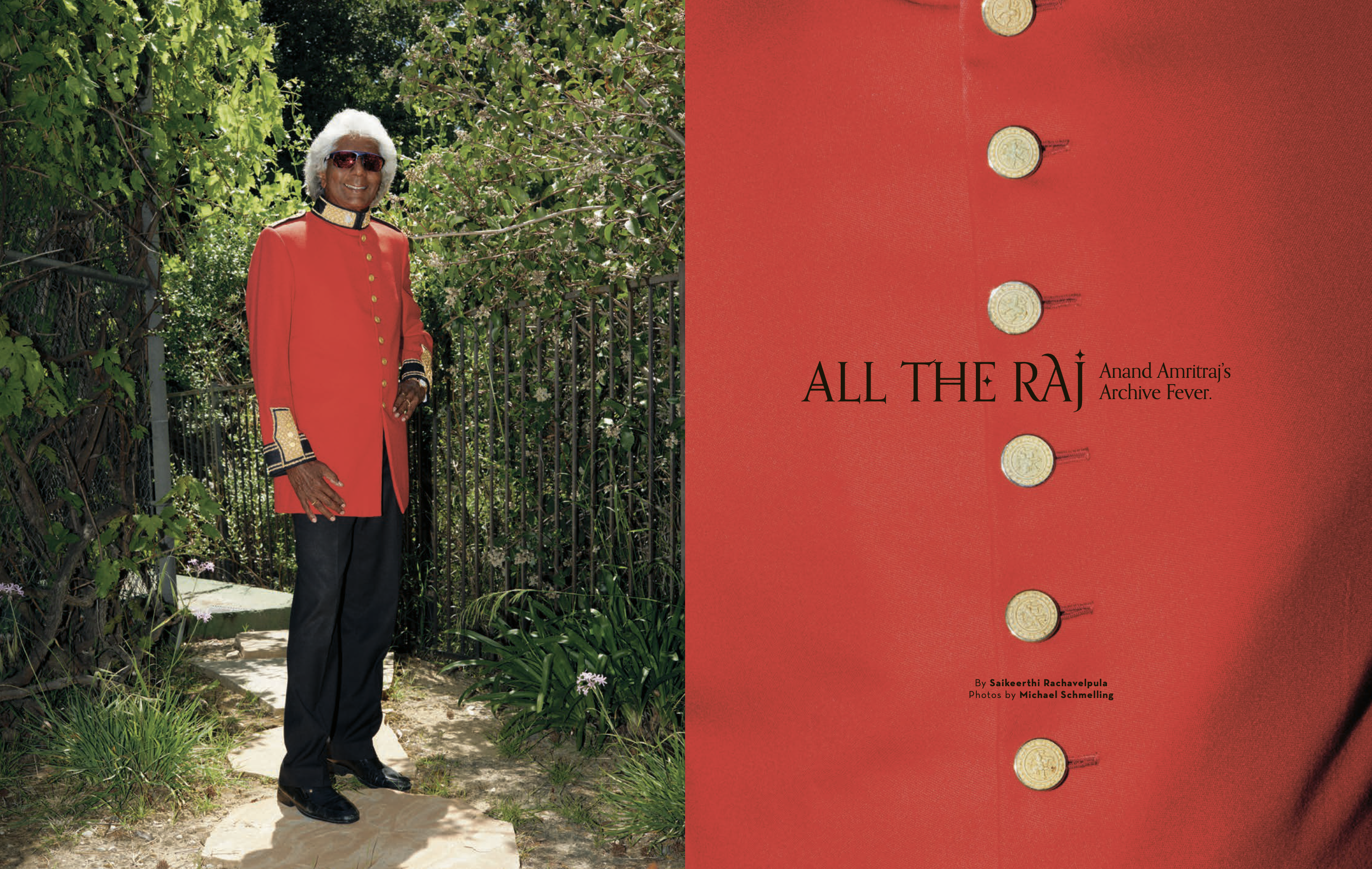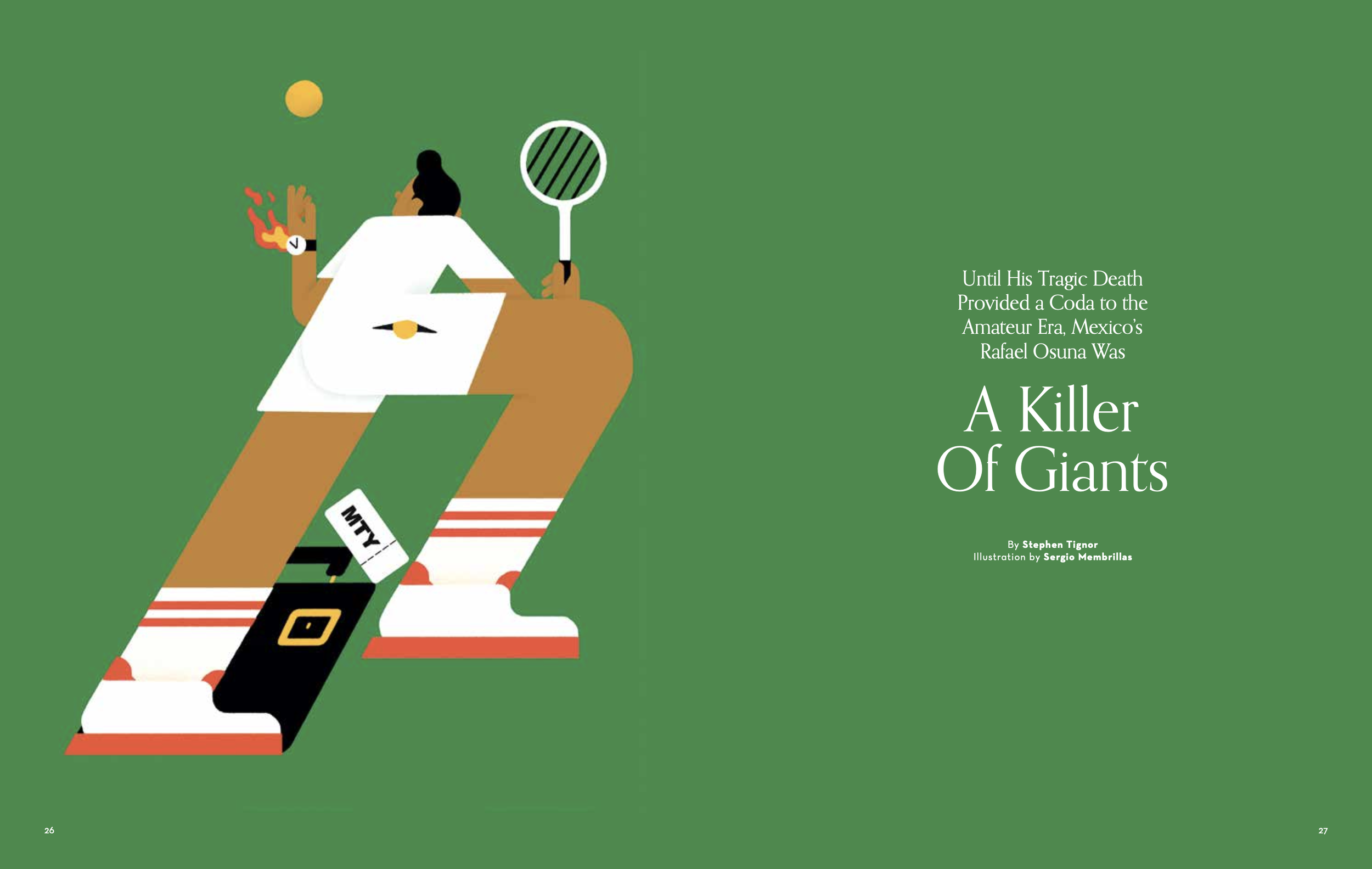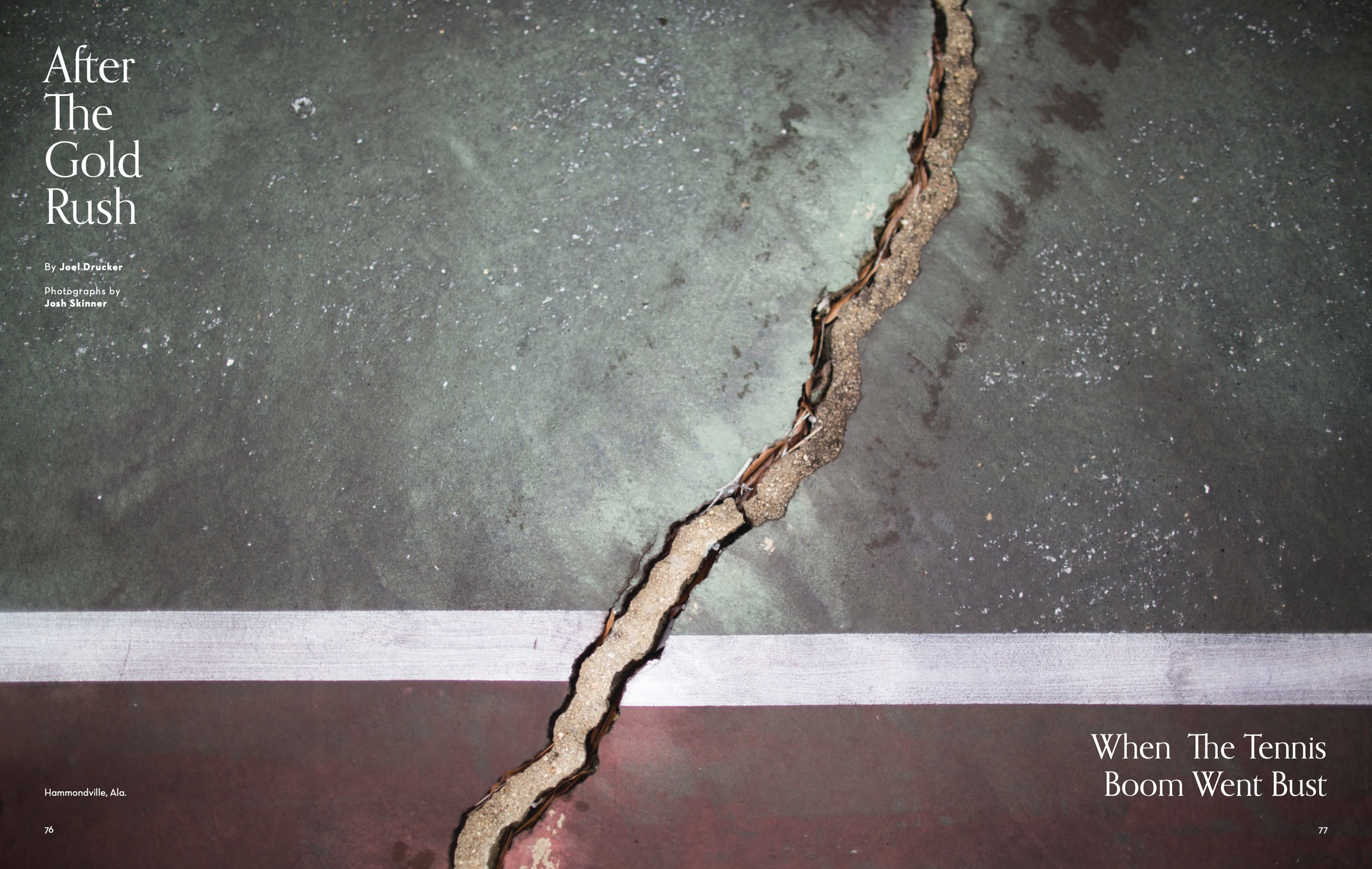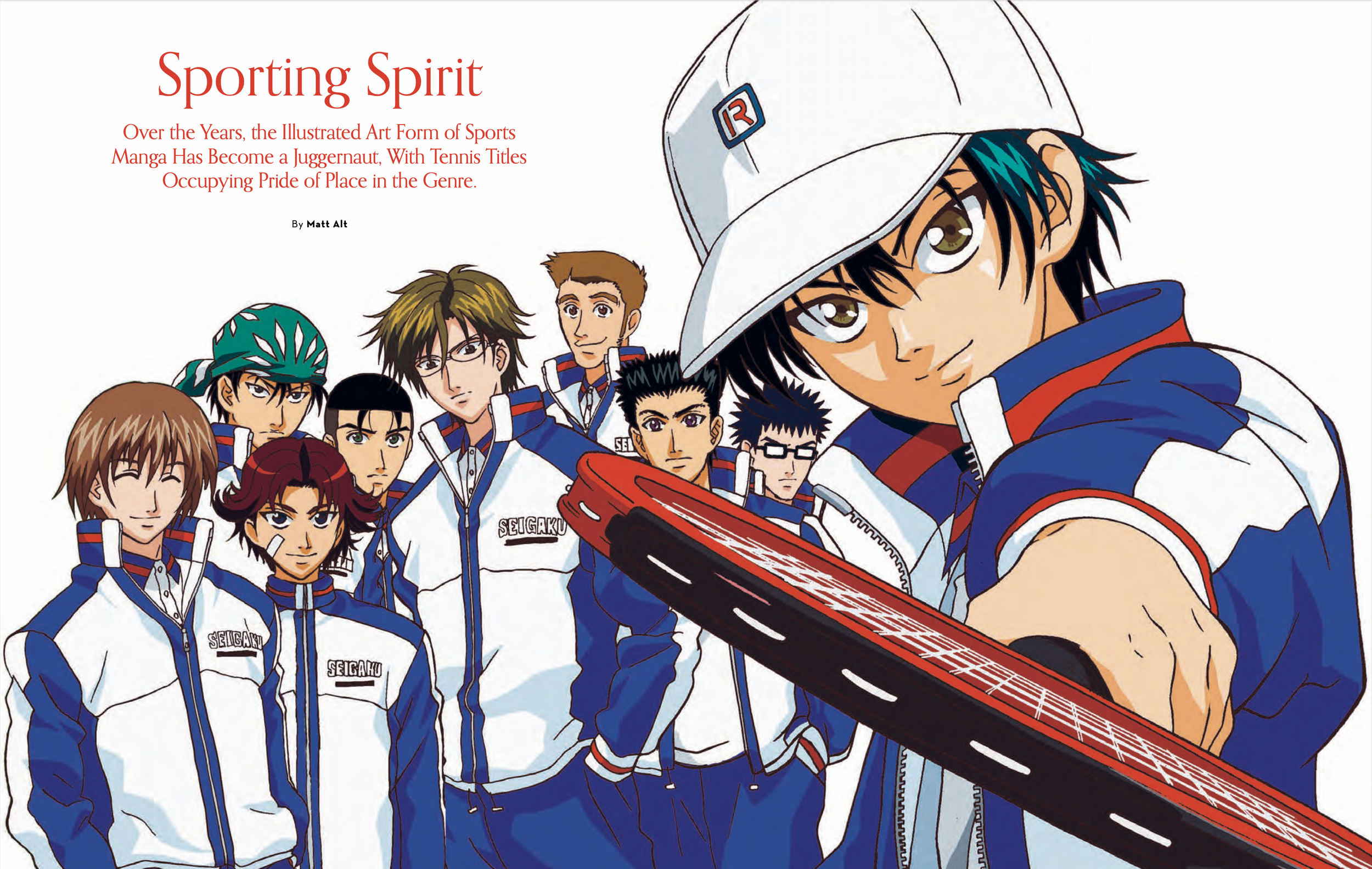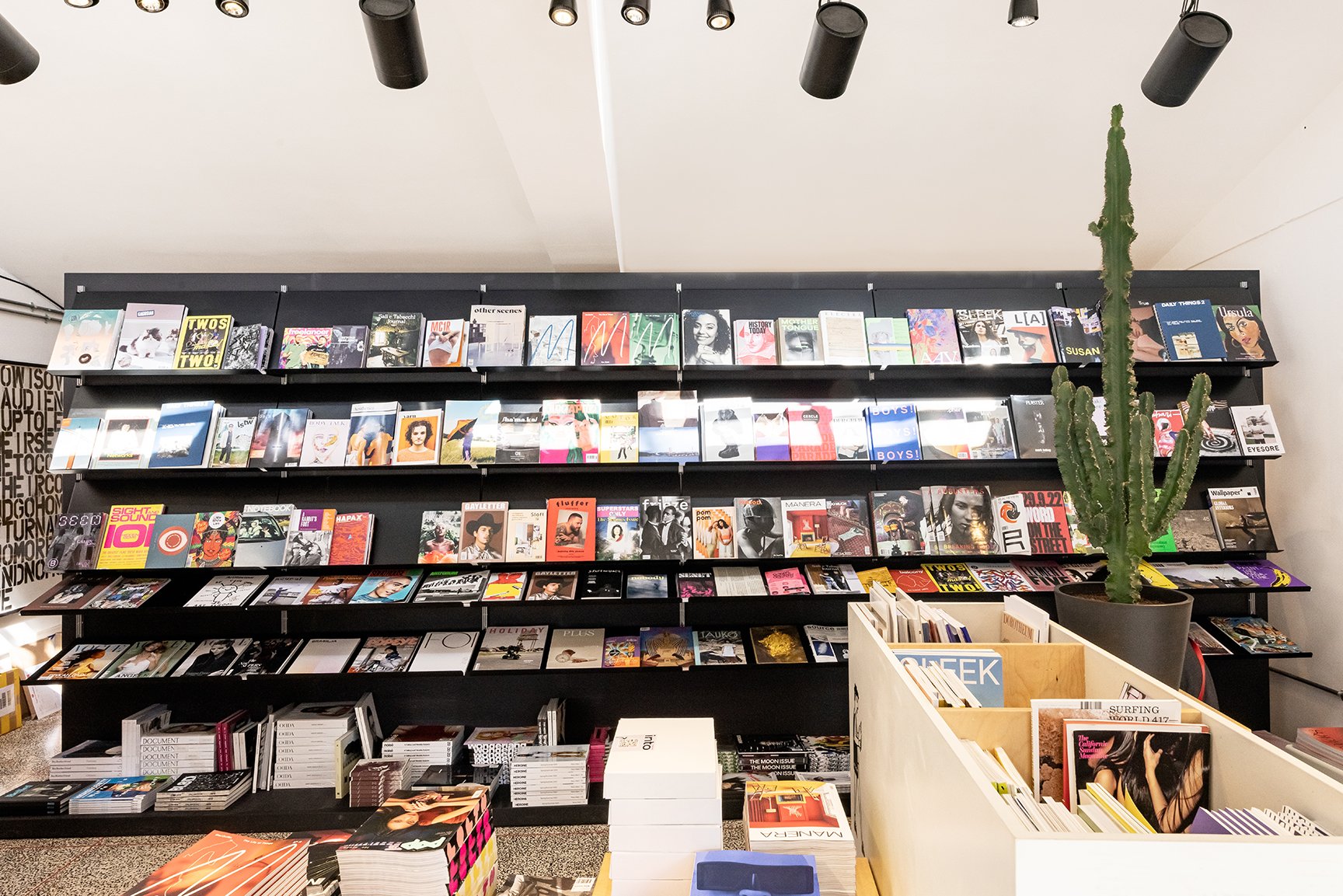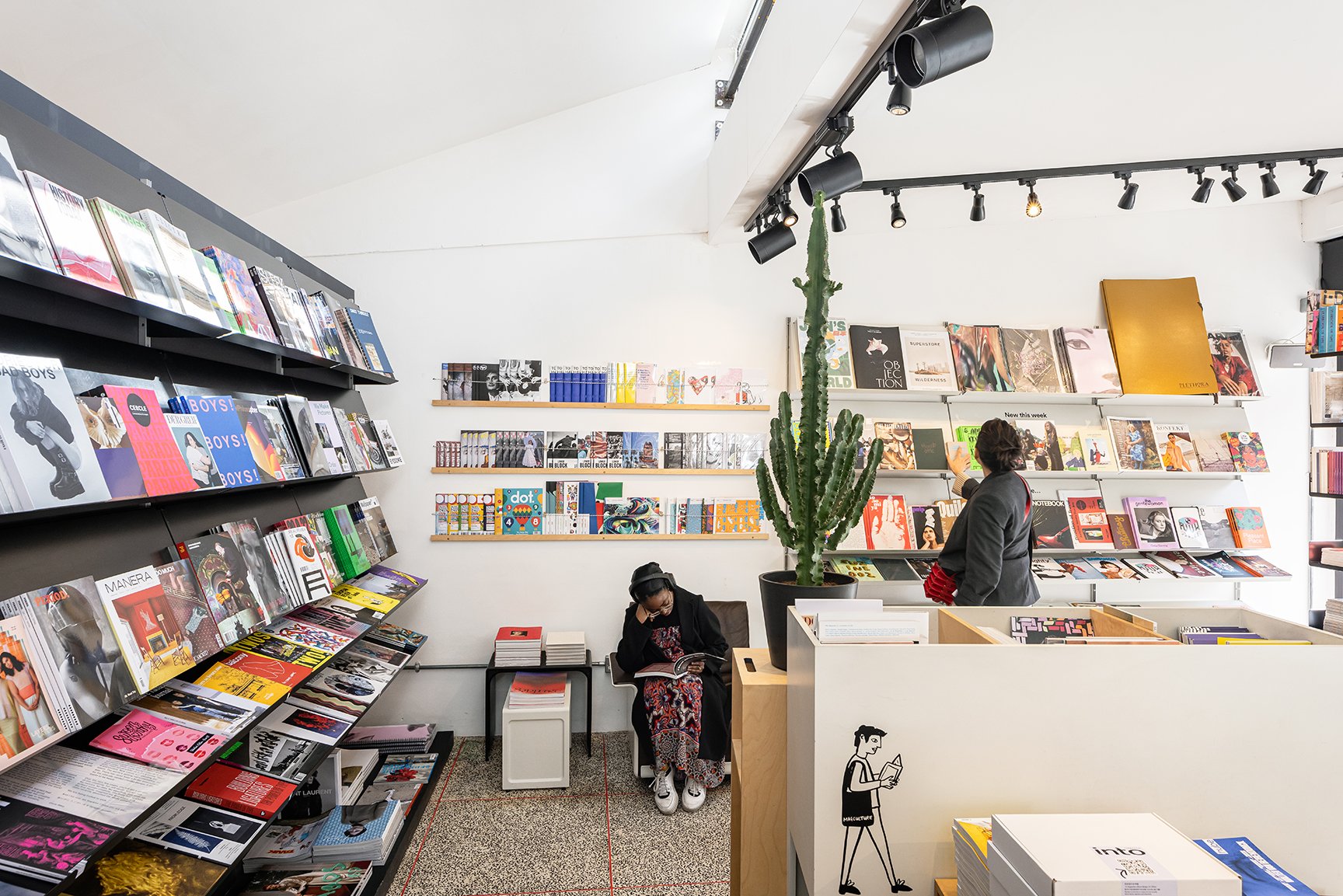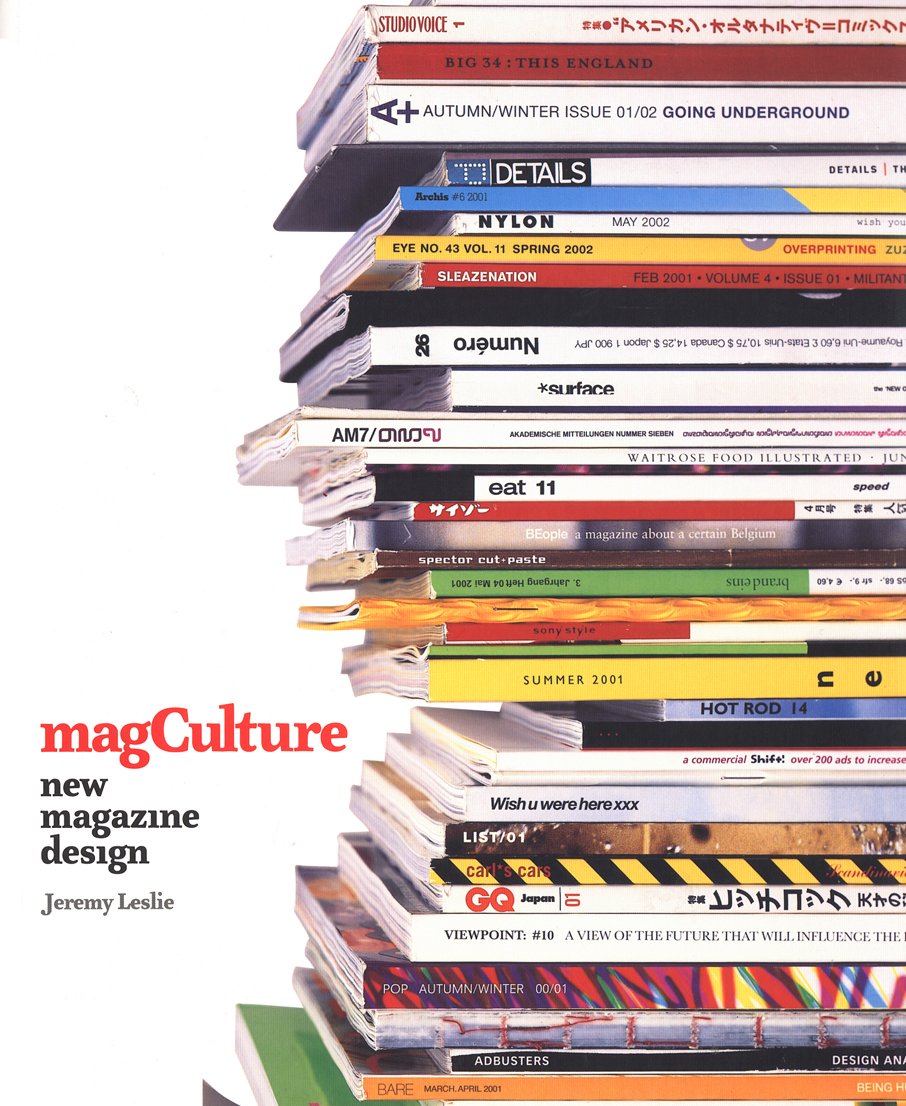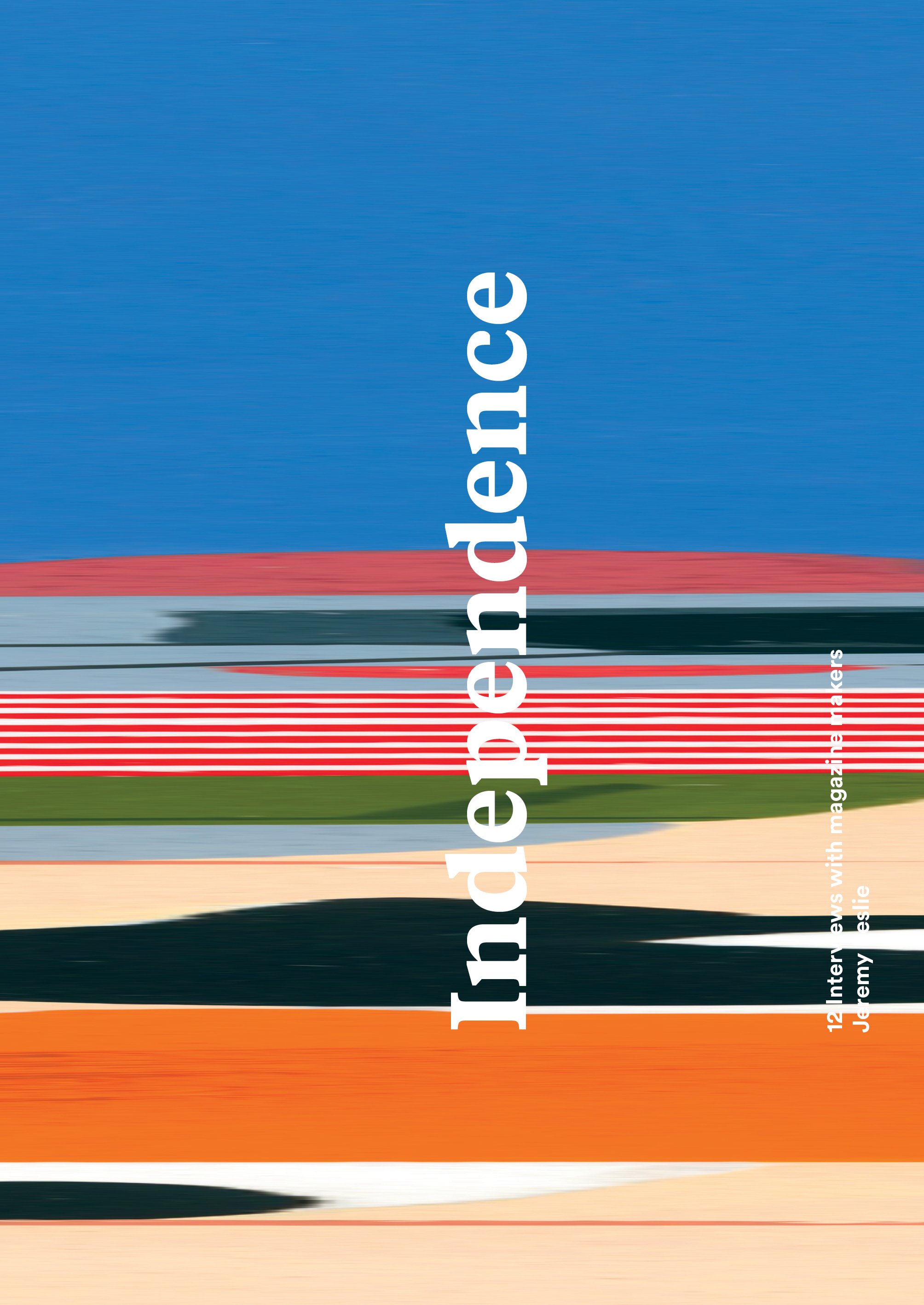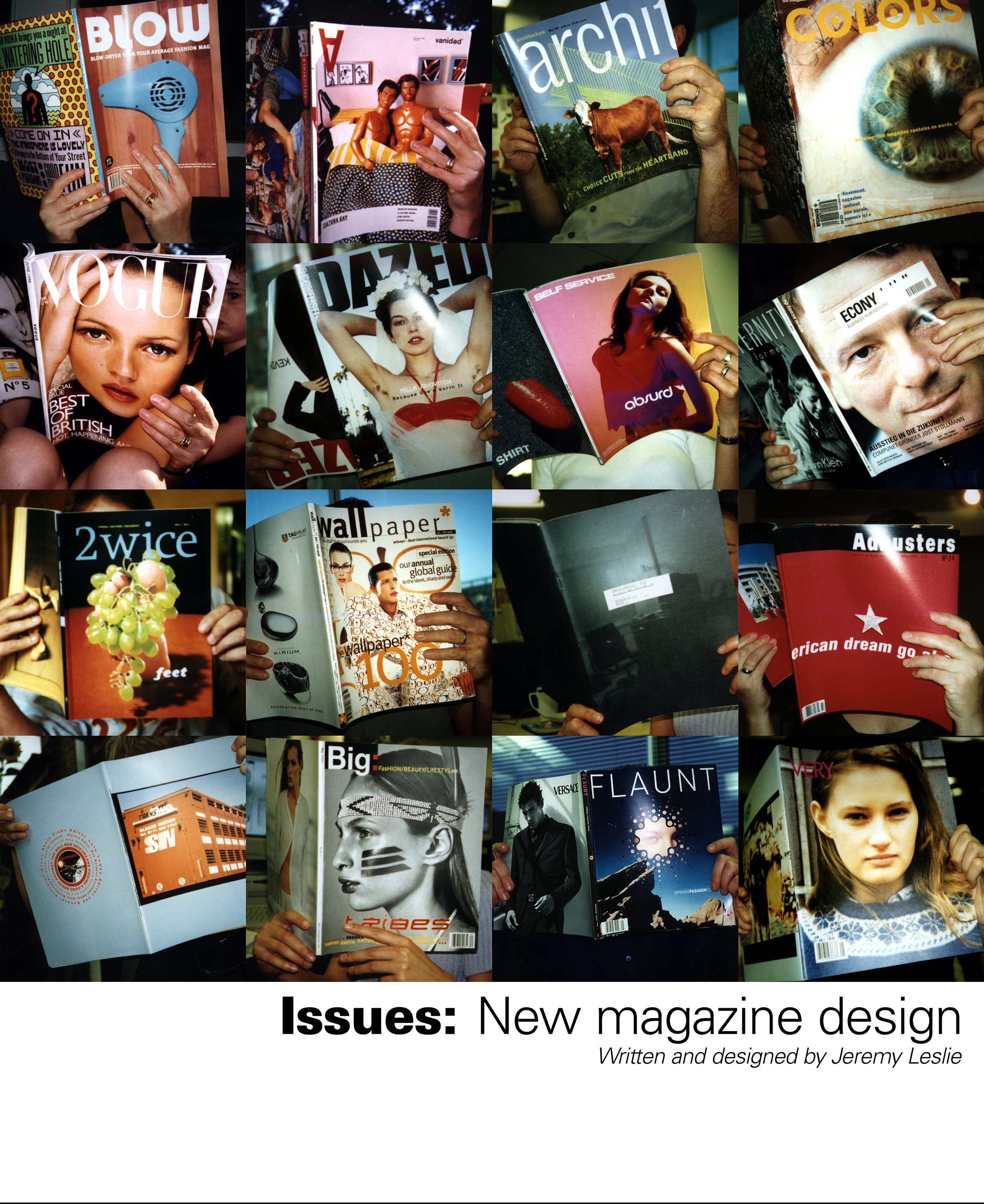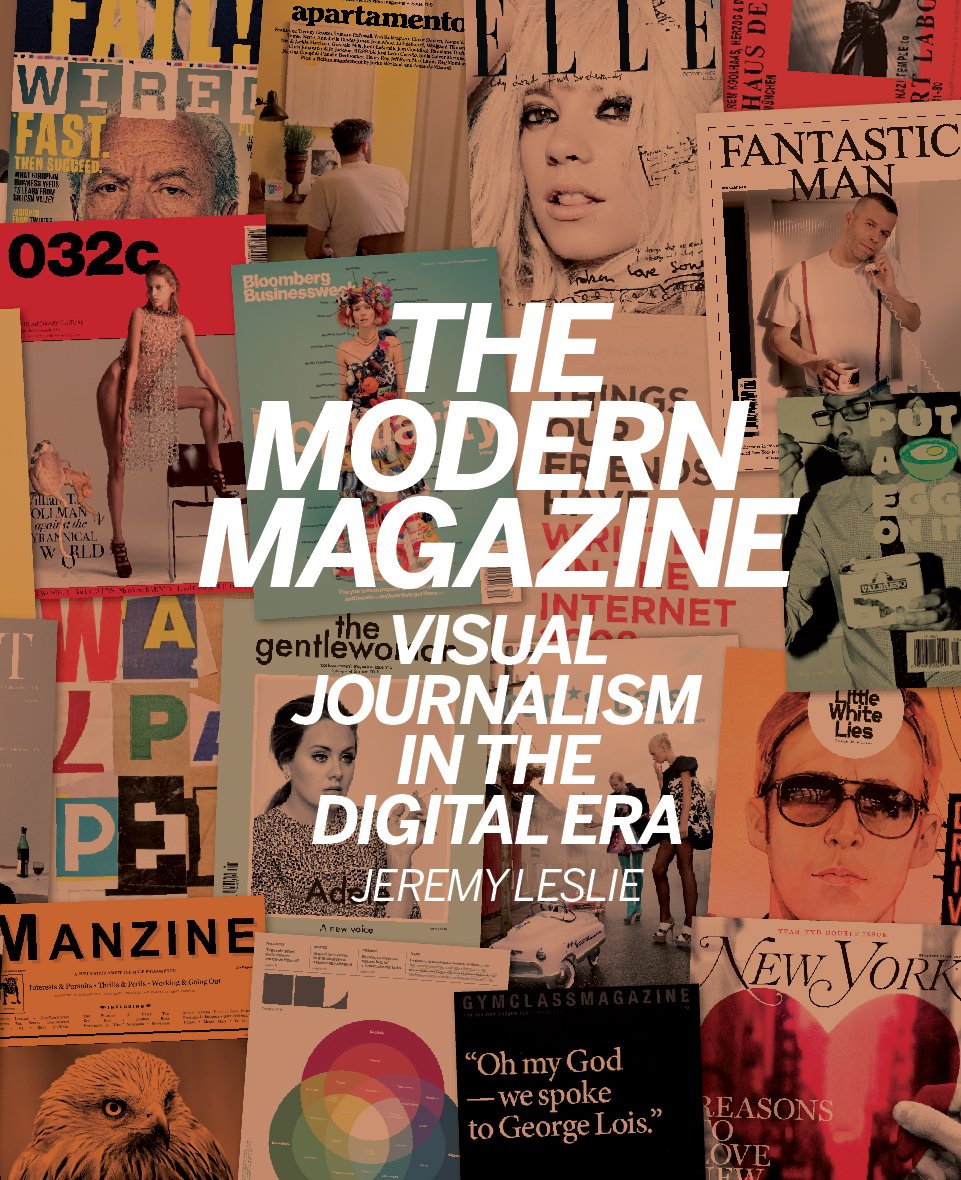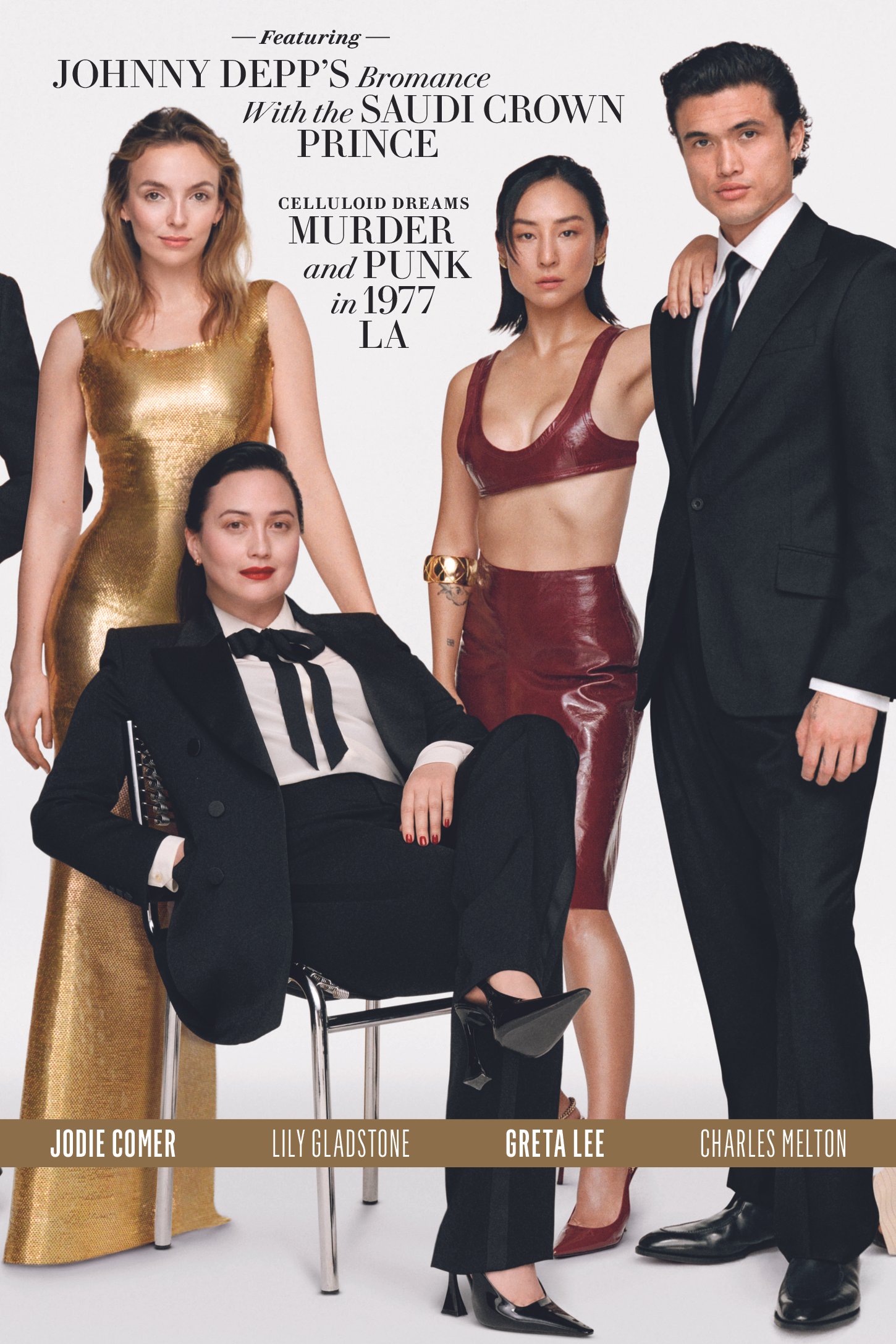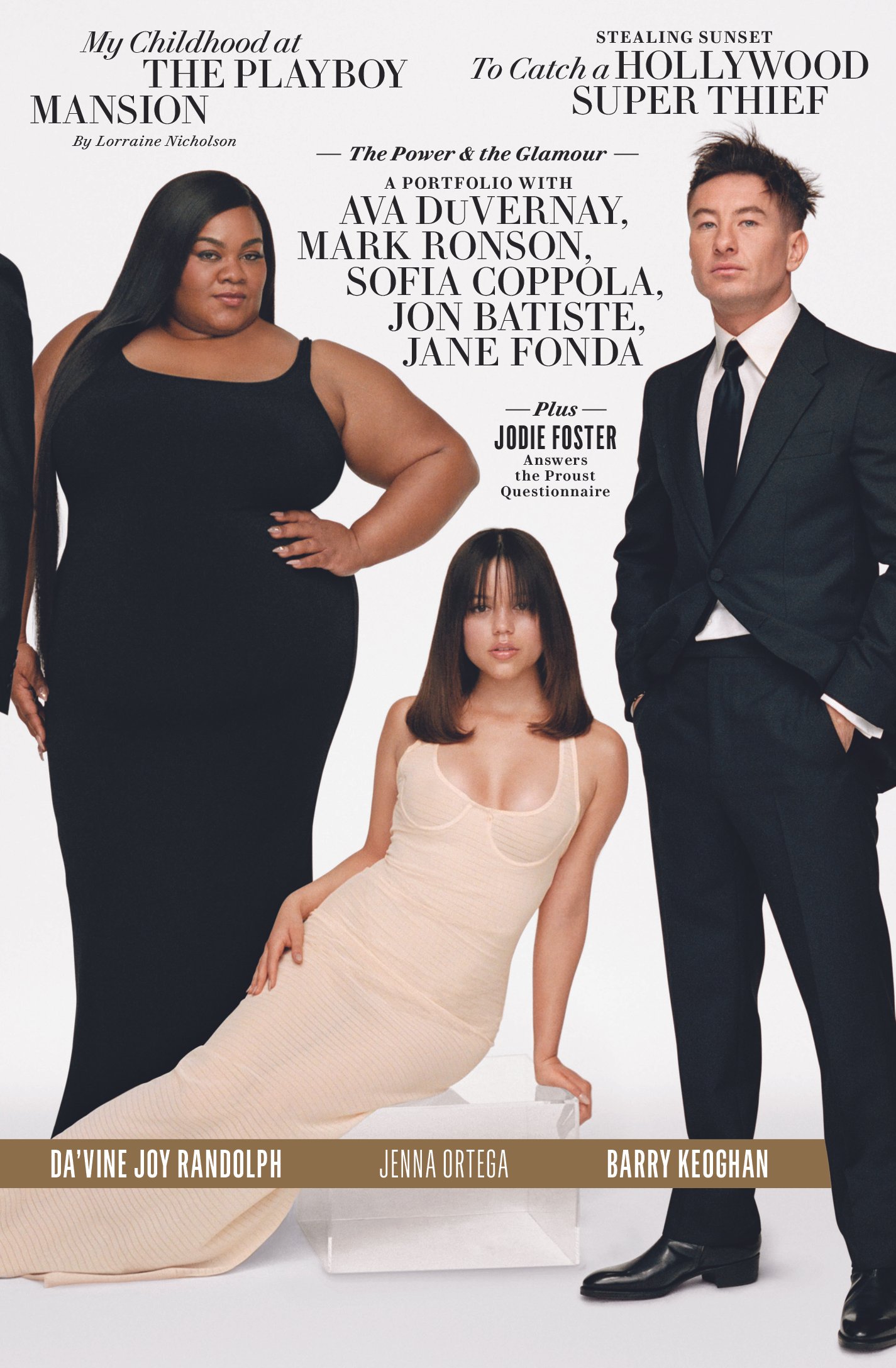Everything Old Is New Again
A conversation with Bustle Digital Group chief content officer Emma Rosenbloom
A conversation with Bustle chief content officer Emma Rosenblum
—
THIS EPISODE IS MADE POSSIBLE BY OUR FRIENDS AT LANE PRESS
Emma Rosenblum is a best-selling author and is about to release a new novel. But that’s not why she’s here.
As the chief content officer at Bustle Digital Group, overseeing content and strategy for titles like Bustle, Elite Daily, and Nylon, she has witnessed some, if not all, of the massive shifts and changes in the media business. The ups and downs and highs and lows, as it were.
Emma’s media past includes stints at New York magazine, where she began her career, Glamour, Bloomberg Businessweek, Bloomberg Pursuits, where she served as editorial director, and Elle, where she was executive editor.
Meaning she’s a good person to talk to about the state of media today, a world where the change never stops. And she also has an insider’s opinion about the legacy big publishers and the advantages that BDG, as a digital-first operation, might have over them.
And did we mention she’s an author? Her first novel, Bad Summer People, was a national bestseller and her second novel, Very Bad Company, will be released in the coming weeks.
BDG published its first print edition of Nylon in April.
“We are as efficient as possible in an industry that is notorious for inefficiencies, and we’re lean and we’re scrappy. That has allowed us to survive and create great stuff in this era where it’s harder to break through as traffic continues to decline for every site.”
Arjun Basu: Tell us about your journey to this point. Your CV is long and it’s been through all sorts of things, and we won’t even get into your writing career just yet. So how did you get to where you are now,
Emma Rosenbloom: I have been in media my whole career. And now I am 96 years old. So that’s a long time. No, I’m not 96, middle age, young middle age. And I started right out of college. I got an internship at New York magazine. And this was in 2003, right at the time when Adam Moss took over New York and revitalized the magazine there.
And I was there for about eight years, which was just the greatest time to be at any magazine at any point in history. The crew there was just all geniuses. And all I did was learn and absorb and figure out how to become an editor and a writer and also how to marry stories with visuals because Jody Quon was the photo director there and still is. And is a genius also.
So that was a very good base to go into media. And it led me to go after that to Glamour. I went to Condé Nast for a couple of years. I wanted to try out women’s magazines. And that was a fun experience, moving to a monthly. It was a high time at Condé. And after that I went to Bloomberg to BusinessWeek magazine.
I wanted to go back to weeklies. I felt like I was craving harder features. I spent five years there, and then I decided to go back to women’s magazines, to Elle magazine at Hearst. And I was there for two years with the editor, who’s still the editor now, Nina Garcia. I was the executive editor.
And then I was recruited to Bustle Digital Group, five years ago at this point, to run at that time it was, I think, four sites we had. At a certain point it ballooned up to about 12, maybe three years ago, and now we’re back to a healthy, eight-and-a-half-slash-nine brands.
And I’m the chief content officer here, so I run our editorial team, our fashion team, our beauty teams, our operations for the editorial side. And I’m part of our C-suite. So I'm working with our executives across the board on company strategy and with our revenue side to figure out how to make money doing what we do. So that’s how I’ve landed right here.
Arjun Basu: So I’m going to ask you about your job, as it is now. How does that work in terms of editorial and content policy, are the different media brands silos, what’s shared is it a front-end/back-end kind of thing? What’s a typical day like for you—and I know there probably isn’t a typical day?
Emma Rosenbloom: There isn’t a typical day, which is why I like my job, but we have come to, I think, a very efficient division of workload amongst our teams. Each brand does have its own editorial team, in terms of the actual editors that are creating the content that go up on the site every day. And they work with freelancers and writers to figure all of that out. And each site obviously is different in terms of the amount of stuff that they’re putting up every single day.
Then our creative team and our fashion team and beauty are hubbed. So each of those teams has people that work across a number of sites. So that’s creating original artwork for stories on our sites, doing all the photo shoots for stories on our sites, and the fashion that goes with the photo shoots.
And so we are as efficient as possible in an industry that is just notorious for inefficiencies, and we’re lean and we’re scrappy. And I think that has allowed us to survive and create great stuff in this era where budgets are decreasing and it’s harder to break through on the internet as traffic just continues to decline digitally for every single site.
Arjun Basu: Yeah, so BDG is one of those groupings, those media companies that feels like it has been at the center of a lot of changes, like if you wanted a case study for media in the aughts and now in the teens and the twenties, BDG would be a great case study. All the highs and the lows of the changes that have been going on. So is it like being in the center of a maelstrom, or because you're in an executive position, do you shield your teams from, or as much as you can from that reality?
Emma Rosenbloom: You do as much as you can. It’s impossible just because our industry changes so fast now. When I started and before that there were probably 20 years of growth and stability in media. And since then, in the past 10 years, it’s just been all over the place.
I like working at a company like BDG. I like change. I like when stuff is up and down. I like the excitement of it. That’s why I got into media. I didn’t want to be a lawyer. I didn’t want to just do the same thing every single day. So to me, the challenges that we face and how we do pivot and how do we continue to survive is part of the excitement of my job.
The company is now 10 years old. I joined five years into the company’s life. The initial strategy of the company was scale—women’s, lifestyle, digital, journalism—but scale, grow traffic. And they were very successful at that. They figured out how to do it. They figured out search.
It was a different time on the internet at that point. But our CEO, Brian Goldberg, what I have always liked working with Brian is for a number of reasons, but also because he does have vision of where things are going. And even if they’re not always a hundred percent, he sticks to his guns.
And when I came on, he recruited me because I had a strong features background in magazines. I worked at Bloomberg for five years. I was not coming from a background where traffic was important or key. It was about telling the story. It was about, What does everything look like? Is it premium? Does it read like it’s professional? And they didn’t have that at the company. And he said, “I’m hiring you to do that.”
So it’s not going to be tomorrow. We’re going to see this slow change. He believed that the internet was going to shift so that it was going to be quality over quantity, that Google is never to be trusted, that we can’t base our business on an algorithm that we have no control over. So we have to build brands that have longevity, that we can build events around, that we could possibly do print.
And I was like, “All right. It sounds as good as anything. I don’t know, Elle’s just going to continue to decline in revenue, so I might as well try this other thing.” And that mission to me sounded like, not like I was stepping into a job where the goal was going to be to just get as many clicks as possible.
The goal was going to be to create environments that looked good and that people wanted to visit, not just on a dotcom because Brian didn’t really just believe that brands could be dotcoms. And I agree with him, and I have always agreed with him. And we’ve seen that play out and it’s actually exactly what happened.
And I think early on, as a digital media company, leaning into shifting our brands more towards the legacy model of actual strong brands that people like, and return to, and see A-list celebrities in photo shoots that can’t be replicated elsewhere. There’s only a few companies now in the ecosphere that, first of all, survived.
There’s Hearst, there’s Dotdash Meredith, there’s Condé. Those are the ones that are still alive and have brands that can attract A-list celebrities. And we’re like in there now, which is crazy to think about where Bustle started from, which was basically just let’s flood the internet with kind of junk content that we can get programmatic ad revenue.
So we’ve spent these past five years transforming the editorial piece into a semblance of what the legacy media companies have, which is quality editorial, amazing photo shoots, beautiful looking sites. And then this print piece, which we’re going to talk about, this Nylon print piece is the last piece of the puzzle that we’re adding on.
We’ve reverse engineered it. The other companies have been doing the opposite, right? They’re decreasing their print and trying to figure out how to make their digital good. We’ve made our digital good. And now we feel like we can make print. In smaller ways, but it’s not gonna put us out of business. It’s not like something that we’re going to have to then scale back.
So that’s the strategy of where we are. And again, it has been a case study for digital media over the past 10 years. It’s been really fascinating.
Selected pages from the new issue of Nylon.
“It’s basically elder millennials at this point who are super into Nylon, but it’s very much a product for Gen Z. It’s cool. They love this idea of being able to touch something. It’s so novel to them.”
Arjun Basu: Yeah, media in general. So, we will get to Nylon, of course, but what is the tension between quantity and quality at a company like yours?
Emma Rosenbloom: You always have to have a base layer, right? In digital media, you can’t be a magazine. We were talking about before we started recording the kind of slow pace of what making a magazine used to be where everything was labored over for hours and days, and we don’t have the luxury of doing that as a digital media brand. You have to have stories up every single day or Google will not recognize you as a site to direct traffic to. So you have to have a certain amount of content. So that is what we think of as the base layer.
We used to have a lot more stories go up every single day that would be created specifically for search traffic. So SEO stories. We’ve decreased the amount of those because obviously we weren’t getting the same return on them, but also this idea that it is literally impossible to put up 80 stories a day on a brand and have them be good. It’s impossible.
There’s not enough editors in the world who’d be able to do that. And you’d inevitably get tons of stories where you’re like, Why are there so many typos in this? Who wrote this? Like a high school student? But that’s what digital media was because there weren’t enough people to do it. The quality just tanked.
So we are very much focused on having the base layer be fine and be good and be professionally edited. And then on top of that, we build our “Moment Journalism,” where we have amazing packages by our editors, depending on the site, what they are. We have beauty awards. We have zeitgeisty essay packages on Bustle about what your life online is like as a millennial. We hire freelance writers to do reported stories—we’re not hard hitting news—but that are making news and being shared. Our goal is always to have our stories be shared.
So those are the, sort of, cherries on top that we’re also doing—not every single day. And Brian likes to tell this anecdote that in the old days, when you thought of what’s the best media company in the world, you’d say, “It’s Disney,” right? Think about how successful Disney is. And now, when people ask him, “What’s the best media company in the world?” He says, “The NFL.” Because he says the NFL has figured out that you don’t have to own every single night of the week. They are just going to own a certain amount of Sundays a year, and make those the biggest events, the best events that they can be, and make the most money that they can. And that’s it. And then you’re out.
So this idea of Moment Journalism on top of this, sort of, base layer is what we go for when we’re thinking of, Okay, Bustle is going to have 12 big stories a year. How do we get those out? How do we make them the best that we can make them? What kind of money are we spending on those?
And then leave the rest to the kind of base layer that’s going up every day. That’s the model that we go for now. And we’ve figured out that this is the way forward. But it’s taken us a while to get there. I don’t think everyone else is there. So don’t steal my secrets if you’re listening to this. That’s what we do.
Arjun Basu: Magazine people listen to this more than anyone else, so the secrets are stolen. And so in an editorial calendar, a lot of your brands also have events, obviously, and flywheels for more content and not just print, but video, and audio. Is that part of the calendar? Are those things like, We’re having this party in two months. This is what’s gonna come out of it. Put that in the calendar. Is that part of the matrix?
Emma Rosenbloom: It is. So, for example, around our big Nylon Coachella event—I do think that edit and events are very tied and it’s the content that comes out of the events that then we use to promote our events. So it’s this circle of help that we give them. I will also say that we use that to show our clients the return on their investment. We have sponsors for these events. And the more the content and the pictures from influencers on Instagram get out there the happier our clients are. We can say to them, “You invested this amount of money for an activation at Nylon Coachella event and it got 300 million impressions on Instagram because of the amount of people that were putting it up.”
And I think for them to be able to see that, it’s very gratifying. And then they know that it was money well spent. And also that feeds our sites, and we’re happy to promote all of that across all of our social channels.
So for sure it becomes a kind of content-generation event as well. So it’s hand-in-hand whenever we do them and we do them, we’re increasing the amount of events. But events are a tricky business, too. You can’t do too many of them. They’re low margin. They’re hard to produce, expensive. They take a lot of people. But you can make big money on them. That’s the path that we’re going forward with.
Nylon House at Coachella 2022
Arjun Basu: Okay. So Nylon’s back in print, after seven years. And the interesting thing to me in this issue is that it’s volume one, number one. I was speaking to Kat Craddock from Saveur a few weeks ago, and they just continued their number system. And I and asked her about that, and she said, “We want to emphasize continuity.” And so: 1) How did the decision come about, or why did it come about, to return to print? And 2) to start it over as a brand new thing?
Emma Rosenbloom: We had always planned on bringing Nylon back to print in some way. We’d done a few test runs of special broadsheets that were like newspaper quality where we printed our cover stories across 20 pages, plus a few other stories. And that was for Coachella last year. We had a cover with Anitta, the musician, and everyone just went crazy for it.
And we had always thought, Okay, when we have the time, the staff, and some money, we’re going to try this. We have people on our staff who’ve worked in print. I, obviously, have worked in print. I was like, “Okay, we can do it. It’s going to be a lift. But we just really wanted to.” Brian has always really wanted to. He thinks print is an important thing for the brands to begin to, even moreso, live outside of digital. We don’t like the idea that we’re fully dependent on platforms, Google, Facebook, Instagram. It’s like the idea that we could exist as a business outside of those in any way, we want to jump out. And print is one of those.
It doesn’t matter if Google changed their algorithm. We still have an issue of Nylon that Mark Jacobs can advertise in. But that said, obviously, knowing the cost of print, and the time it takes, and the care, we had to wait until we had enough people on our staff who could do it. And then also until we had some money freed up where we could do it.
And as an investment we needed to create this one, the one that we just created as a proof of concept before we knew that we’d be able to get huge investment from advertisers. And we did get a number of ad pages in this issue, which I was surprised and delighted by it. So the decision behind it was like, “Okay we have a little money, let’s do it.”
And also that it’s the 25th anniversary of the first Nylon. It was also the 25th anniversary of Coachella. And so we felt like that was thematically a nice tie-in so we could have it at our event, which we did.
And then to start it over at issue one, volume one is just because the magazine, physically, is so different it didn’t quite make sense to just continue. And also there was a pretty long break—seven years. It’s under new leadership. That said, if you flip through it, there’s a lot of nods to the old Nylon.
“Hearst, Dotdash Meredith, Condé. Those are the ones that are still alive and have brands that can attract A-list celebrities. And we’re in there now.”
Arjun Basu: I was going to say that it feels like Nylon, like that I had maybe been away from a magazine for seven years and then I picked it up again. I looked at it. I was like, “Oh, yeah, that’s Nylon.” It’s still very downtown. It still feels like Nylon just seven years later with the regular evolution that a media might take.
Emma Rosenbloom: That’s a very nice compliment. And that’s the nicest thing someone could say about it because that’s exactly what we were going for. We obviously did all of our research in terms of going through all the old Nylons. We picked and we picked some franchises that they used to do. We used some of the language that they used in terms of naming sections. We also used old covers in certain areas in the magazine and just felt like there were enough winks and nods to the old product.
It’s a new audience though, too. Like we definitely wanted to have a nostalgia of—it’s basically elder millennials at this point who are super into Nylon, but it’s very much a product for Gen Z. It’s cool. They love this idea of being able to touch something. It’s so novel to them in that they’ve never had that before.
But it’s definitely geared towards that. Not to age myself, but we have this Coachella portfolio in this magazine, which turned out amazing. I had not heard of one these people. I was like, “Who are all these people?” Obviously I know Gwen Stefani. At least I know our cover star, but that’s what we’re going for. We want people who are cutting edge and cool. And that’s what Nylon always was. So that’s what we’ve tried to do.
The oldies like me will be like, “Who?” But I think we did successfully figure out the kind of talent to feature, and also the ways of shooting them that felt modern. Because the photography in this magazine to me also feels very modern. And if you look at the old magazines, it feels very of its time, in a cool way. But if you put those pictures in a magazine now, it would look like a black and white photo from the 1950s appearing, and that was the strategy—just nodding to the past, but looking towards the future.
Arjun Basu: I was looking through your Instagram and you have that photo of you and the editors looking at the pages on the wall. I was just overcome with such nostalgia at that point. I still love that moment where the art director would come and just start putting pages up. It just looked like, that’s where it happens. That’s the magic where you see if you have a book or not.
Emma Rosenbloom: Totally. And you know what, when we first put up the wall, I was like, “This is a failure. This is like the least coherent magazine I’ve ever seen in my life.” So we made a lot of changes. Our creative director, Karen Hibbert, worked at Condé for a long time, and I thought she would be upset when I was like, “Oh shit, we have to redo all this stuff.” But she was like, “No, you’re right. We’ve got to go back to the drawing board.” Because the sections weren’t working together. It just wasn’t right yet.
But that’s the fun of making a magazine. It’s like an art project married with words. And that’s what we all learned when we were young. And it’s what we love doing.And I had so much fun doing that. And I also had nostalgia standing at the wall and thinking, “Oh man, it was so good back in the old days. We just got to stand here with our arms crossed and….”
Arjun Basu: Exactly! Random pointing … and we called it a “book” for a reason. It had to cohere.
Emma Rosenbloom: Totally.
Arjun Basu: So you’re doing two a year. Is that the plan?
Emma Rosenbloom:This year we’re doing two. We shall see about next year. Brian’s dream is to go up to four. I don’t think we would go beyond that. It doesn’t make financial sense. So we’ll see about advertiser interests. We already have a lot for the second issue. And we knew that was going to happen because as soon as you have a physical product to give to people they want in. But it’s an expensive endeavor. And my hope is always that we don’t overcommit ourselves.
I’m also looking at the budgets and looking at the revenue that we’re taking in. And you need to be sober and not be like, “Magazines! Weee!” Because I also know how much it costs to do a cover shoot, and I know how much it costs to print it, and to hire freelancers—because we don’t actually have a real staff. All those things cost money and I don’t want us to get to a point where we have to scale back.
I would rather just be, like, really humming and having an amazing two times a year product than get ourselves into trouble with four. Though Brian’s never been one to hold back. So we’ll see what happens next year.
Arjun Basu: Speaking of Brian, I read an interview where he’s talking about the pivot to luxury, as a way to accommodate, or maybe even circumvent, media changes. And certainly luxury and beauty is a sector that knows how to spend properly and has never eschewed print. I think they understand—luxury and fashion and beauty—understand the sensual nature of a magazine. And it is a luxurious thing. The cover of Nylon is proof of that. The thought that went into the paper—we talked before we started recording about the low quality of so much of the paper that you get in a magazine store. But then you have those magazines that are coming out two, four times a year. They’re creating objects now, luxury objects. Print is luxurious, and that doesn’t mean it’s inaccessible.
Emma Rosenbloom: I completely agree. And obviously that correlates to the actual advertisers in the magazines we have. Our fashion and beauty business is really strongest for print. And that’s where we think we’ll get all of the traction.
And this idea that print is more of a collectible and it’s something that people will keep around rather than just chuck for the next month, which is what it used to be. I also like to think about and talk about—particularly coming from women’s magazines—how we used to sit around in pitch meetings and think about, Okay, how do we best tell women how to live their lives? What advice can we give? What service packages can we do?
Because that’s where people got advice. It was magazines. And that is obviously not where people get advice from now. They get advice from TikTok. And it’s often wrong, but they get it there anyway. And so completely transitioning away from service in a magazine is freeing, honestly, for someone from my background, where you can be like, “I don’t have to tell anyone anything. I just have to do really beautiful, huge pictures with high-quality profiles. Or stories that are deep dives.” And that’s kind of it.
You don’t need that kind of “bitty” front-of-book. It’s funny, actually, when we started to design the magazine—this was part of the design problem—where when I was conceiving of the front of book, I was like, Okay, service, front-of-book, bitty. It’s like a phantom limb that comes back to you and you’re like, “I know how to do a front-of-book. I edited one for eight years.”
And then we did it in this bigger format. We had a slightly different front of book. And it looked horrible because this is a big, pretty magazine. And when you try to do like bitty infographics, like, it looks not right. And so we were, like, “Nope. Goodbye. Scratch that.”
And so that was an interesting exercise in the magazines of 2024 versus the magazines of 15 years ago, 20 years ago, and how different they are. So it was a learning experience for me as well, even as someone who’d been doing it for so long, which was great.
Arjun Basu: So that’s interesting, because I was going to ask about, beyond the obvious reasons, how social—and especially the influencer economy—has changed everything. But change at a magazine must have been one of the realizations when you were creating the print of Nylon, for example. There’s a whole group of people who are doing exactly what a front-of-book, or even a back-of-book would do on a regular basis. Why try?
Emma Rosenbloom: And you know what, don’t try because the reader’s not gonna connect with that. They don’t need that. We used to do these, how do you do day-to-night dressing? That’s not something that you need to do in a magazine anymore. We do have trend pages, but they’re very visual. They’re not explaining anything. They’re not telling you how to get dressed. It’s just runway pictures because it’s a nice way to break up the big pictures. But, yes, it was a very interesting new way of thinking about what print means. And like anything, it’s changed, but in a way that’s cool, I think. And in a way that can make the magazine look even more beautiful and also more attractive to advertisers.
“It is literally impossible to put up 80 stories a day [per] brand and have them be good. It’s impossible. There’s not enough editors in the world who’d be able to do that.”
Arjun Basu: And your target audience is not the target audience it was even seven years ago.
Emma Rosenbloom: No. Not at all.
Arjun Basu: They’ve just grown up in a completely different reality.
Emma Rosenbloom: They have not even ever bought a magazine. They don’t have any magazine subscriptions. You get a copy of Vanity Fair and you’re like, “Why?” Okay. These are the people that are again thinking about it as a product that they can hold up on Instagram and take a picture with and be like, “Look what I got!”
In a way it reminds me of how people think about books now and how they can be a way to disconnect, first of all, from their digital lives. And it’s also a status symbolizer where people are posting their books on Instagram because they’re like, “I’m not just about Instagram. I also read books.” And I think magazines can be in that same world. And that’s how we’re seeing people interacting with them.
I don’t know if people are reading it. They’re definitely posting it. So that’s good, right? I think they’re flipping through.
Arjun Basu: Absolutely. That’s the currency now. That gets to my next question, which is about the future of media. It’s a big question, but someone like you or someone within BDG seems like a good person to think about that and answer it because you probably have answered it—or at least thought about it. So what do you think is down the road?
Emma Rosenbloom: It’s definitely a question we think about every day when we are having our executive meetings and looking at our revenue and thinking about ways to continue as a company and be profitable. I see the trend away from scale. I don’t think we’re ever going back there. I think that’s done.
I see a world where we will continue to shed some brands across the bigger legacy companies until they’re smaller, those companies. I don’t think the world that can continue to support all the brands that exist.I still see that like that there’s going to be attrition there. And I think the biggies will survive.
And I think the biggies will survive in a way that we hope our biggies survive, which is this mix of digital, and print, and events. And I think it’s going to be a smaller industry going forward, but it can still be super-profitable for the companies that can make it profitable.
People will always need—I hate the word content—but they need it. And also we still seem to provide a space for regular people to connect with things that they can’t get into, people they can’t meet, celebrities that they’re never going to see in real life. There is still no other conduit. We thought, and you know what, I probably was guilty of this too, that Instagram was going to replace media for celebrities. They have their own Instagrams. Why do they need a magazine? Guess what? They all still want to be in magazines.
And this is 10 years later. This is not just, like, yesterday. Beyonce has 300 million followers on Instagram. She was just on the cover of W magazine. We own W. They still need us. So that’s not going away. And that is super valuable and will continue to be. There seems to just be this symbiotic relationship between culture, and exclusivity, and media. And I think that’s how we’re going to continue to make money.
Our events, it’s the same thing. Only a certain number of people can go to these events, even though they’re broadcast all over Instagram. You can’t go to our Coachella event unless you’re invited to our Coachella event. You can’t really put a price on that. And I think that’s the way forward.
And that’s why a brand like Vogue will always exist. That’s why GQ will probably continue to exist. I don’t know about Hearst, but there are a couple of brands there that will continue to exist. And the rest might just go by the wayside. Now, granted, they might find their like sort of niche way forward dependent on the company, but that’s how I see it going. And that’s why I think we should double down on our brands that we can monetize in that way.
Arjun Basu: We talked about books. I really thought that everyone would have an e-reader and would be reading eBooks. We wouldn’t be carrying books anymore. And that’s totally not the case. E-readers have plateaued. Audiobooks are coming up, but people still want books. They carry them. And again, they’re objects, they’re things. But they’re just things that people have that have meaning. And I think print is still special. I think we’re going to see brands that abandoned the platform come back like you’ve done with Nylon. So what about the other Nylon brands then?
Emma Rosenbloom: Oh, you mean the Nylon France and Nylon Japan? Our international brands? Nylon Guys? We only own the US Nylon. It’s licensed out internationally. We have a relationship with them, obviously. And we share content occasionally. I think it would be great if we actually had a collaboration, particularly with Nylon France. They have real brand equity, and France is obviously where all the luxury advertisers are, and they know and love Nylon there.
We, possibly, will bring back Nylon Guys. We own the IP, we own the Instagram channel. With all of those there’s potential there. We already have it as a franchise on digital, we’re going to shoot a specific Nylon Guys feature for the next issue because I just love it. I think that it’d be so fun to have its own little space. So that’s what’s happening there.
Nylon Japan is quite a success. We did a little shoot with them, we shot a Japanese band and we worked with them on that for this issue. It’ll be interesting to see how we can collaborate more with them, particularly now as we’re in print. And I would like to continue doing so. It wasn’t top priority before this, but now we have the actual impetus to be like, “Alright, guys let’s do this together.” So we’ll see.
“Beyoncé has 300 million followers on Instagram! She was just on the cover of W magazine. Celebrities still need us.”
Arjun Basu: So beyond chief content officer, which sounds like a very big job. You have two other jobs: You’re a mother and you’re also a novelist. And you have a book coming out. And when I was in magazines—I’m also a writer—I got this question all the time: When do you write? And I hated that question. So I’m going to ask you.
Emma Rosenbloom: Yes, my second book is coming out next month. I have a third book that I’m currently writing. And the answer is for the third book, I’m not. I don’t have that much time. I’m behind because this job has been very busy lately, which is great, but also it’s not allowing me time to do my side gig as a novelist.
When I started writing my first book, it was the height of work-from-home, pandemic-y time. And I found that being just on Zooms all day long was really draining, and I hated it. And I felt like I wasn’t doing anything creative and I’d just be exhausted after the day and felt just like I’d accomplished nothing.
I started in between Zoom meetings with those 15 minute-odd breaks that I would have, just seeing if I could write fiction. I didn’t think I had the bandwidth to write a nonfiction book because that’s actual work, and fiction is just making stuff up. And after a chapter, I was like, “Huh, I’ll just keep going.”
And I just kept going. And I’m a pretty fast writer. I was trained at New York magazine, you just had to bang stuff out. And I think sometimes people who are writing fiction get too wrapped up in going back and trying to change stuff before they plow forward. And I had very much been taught to just get the draft done and then you can send it to an editor and then you can make it better.
And that was exactly how I always had done stuff. So it wasn’t hard for me. I was, like, “Alright, if I have to get to 83,000 words, I’ll get to 83,000 words.” It was just like over a course of a few months. And then, not really thinking that anything would come of it, but being like maybe I can make 50 bucks on the side or something who knows?
And then it sold. And it did well. And now I have this other book coming out. So it’s been a delightful surprise in my career and a twist that I didn’t necessarily think would happen. But it’s super fun and it uses a very different side of my brain, which I like.
Arjun Basu: That’s what I was going to ask you about, because when I was editing. I found I was using the same side of my brain, but when I was more in the executive planning, strategy roles, I found that I could write more because I wasn’t using the same part. I wasn’t mentally exhausted in the same way as I was when I was editing.
Emma Rosenbloom: It’s totally true, yeah. My job is managerial. I’m just making decisions and telling people what to do, basically. I remember I had this funny conversation with Joanna Coles, who was the chief content officer at Hearst, where she said, “You think that your job’s going to be harder as you go up.” She was like, “It’s actually much easier. You just tell them what to do.”
Arjun Basu: That’s the secret.
Emma Rosenbloom: It’s not real work. To me as a writer and as an editor, the real work is always sitting down with a blank page and you’re like, “Oh God, help me. Here we go.” But my job is not like that. It’s just people asking me questions and me saying, “Yay. Nay.” I don’t know. It’s a little bit more complicated than that, but in a nutshell what it is.
So, yes, this writing is a completely different thing. And it’s hard in certain ways, like, I don’t know what to do with a plot. That’s not my main skill. But I can write characters because I had always written profiles. And I can write dialogue. And I know what a kicker is. Once you start writing fiction, it’s all just like the end of a chapter, it’s like a kicker. And there’s beginning and middle and end.
And you know that from your training as a magazine person, but it’s so different. And so I’m able to do both for now. We’ll see what happens with my third book. I’m at a little bit of an impasse. I hope my editor doesn’t listen to this.
Arjun Basu: We’ll be sure to send them the link. So we always end these things with three magazines or media that you’re really enjoying right now.
Emma Rosenbloom: Okay. I’m always going to say The New Yorker, which is just such a boring answer, but it is the one place where at least when I dive into any article, it is always better than I think it’s going to be. I think it’s going to be boring. And then I end up reading it and learning so much and then boring my husband to death on a car ride where I’m like “I read this article in The New Yorker, let me tell you all about it.” And two hours later, he’s like, “Can you stop telling me facts from this article from The New Yorker?”
It is so well-done, and well-edited, and well-written, and will continue to be, hopefully forever, because at least we have to have one place in our industry where it’s just the shining star of quality writing, and editing, and storytelling. And also so much unexpected humor in that magazine. It’s not boring. So that’s number one.
I always, on my way back from dropping my kids off, I listen to Conan O’Brien Needs a Friend, because the world is a very dark place and I am over The Daily and I can’t listen to it anymore. And that used to be my routine. And then I was like, “I can’t.” So I’ve switched over to Conan and he makes me laugh. And I look like a lunatic, probably, on the Upper East Side.
And then let’s see an unexpected one for number three that I’m always looking at. This is also so boring. This is another thing that is not actual media, but The New York Times Cooking app is so effing genius. And I am so jealous of it as a digital person. Like we don’t have products in that way necessarily. We don’t have standalone apps or anything. But they cracked a code, it’s like a drug-addiction for me, The New York Times Cooking app. And it’s not just the recipes, it’s the storytelling with the recipes. Everything is thought of in such a smart way. So good job, New York Times, on the Cooking app because I open it more than I open Instagram.
Emma Rosenblum: Three Things
For more information, visit BDG online.
More from Magazeum
Back to the Interviews
The Extraordinary Life of Things
A conversation with MacGuffin founders Kirsten Algera and Ernst van der Hoeven
A conversation with MacGuffin founders Kirsten Algera and Ernst van der Hoeven
—
THIS EPISODE IS MADE POSSIBLE BY OUR FRIENDS AT LANE PRESS
The Bed. The Window. The Rope. The Sink. The Cabinet. The Ball. The Trousers. The Desk. The Rug. The Bottle. The Chain. The Log. The Letter. These aren’t random words thrown together. Nor am I reading a list of things I need to buy—though stop for a moment and admire the poetry and cadence of the list. No, those words are the themes of every issue of MacGuffin.
MacGuffin bills itself as a design and crafts magazine about the life of ordinary things. And in that simple descriptor, you can discover an entire world. Founded in 2015 by Kirsten Algera and Ernst van der Hoeven, two Dutch art historians and designers, each biannual issue of MacGuffin is based around a single object or word, and then explores that thing in its entirety in quite surprising, and inspiring, ways.
MacGuffin doesn’t ask much of its global audience but reading it and experiencing it, might change the way you look at the world. The magazine came about because Ernst and Kirsten both felt that the discourse around design had become disconnected from the concerns of most of the world’s people.
In some ways, they have created a magazine that rejects the modern to appreciate what already exists. But don’t mistake the magazine or their ambition for nostalgia: MacGuffin is a thoroughly modern project and an ambitious one: oversized, heavy and thick.
Both Ernst and Kirsten acknowledge they are creating an object about objects. A collectible. A collection. They do this with an openness to the world and a thoughtfulness that is admirable. Because the world of MacGuffin is the world all of us live in.
Arjun Basu: A lot of people that I’ve spoken to have already mentioned MacGuffin. There’s two magazines that they bring up—and we’ll get back to why they mention both of these—but it’s either you or Apartamento, and it really is across the board. If I kept a running tab of who got mentioned more, right now maybe Apartamento’s in the lead, but MacGuffin is a close second. So I’ll start with you, Kirsten. Tell us about your journey to this point, to the creation of the magazine.
Kirsten Algera: Okay. That’s a long story. I’ll try to keep it short. I think it started when we met, Ernst and I, because we both worked for a department that was called the Dienst Aesthetische Vormgeving, which is the Department of Aesthetic Design.
And it was a government institution for post and telephone companies. So lots of different things, stamps and telephone cards and post offices and all sorts of other design that this department guided in a way.
And it was a very special department because it not only it guarantees quality in, in the design of things, but also it was a nursery you could say for graphic design and for spatial design and for product design. So it was a special place. And I came there and Ernst, I think you were already gone by then.
So it was very, very short that we met each other, but we kept in contact. And after I think like 10 years or 12 years, I had a very bad accident. I fell out of a window in my home here in Amsterdam and I was in hospital for a long time and did a lot of revalidation. And it was a sort of point in my life where I was confronted with what I could and could not do and had to decide what to do.
So I started doing freelance jobs and doing a PhD in graphic design. And then I met Ernst again, and he asked me to work for him on the research of a project that he did. It was a project, it was an art installation in a park in The Netherlands and it consisted of a sort of cascade of textiles of cloth, indigo, hemp. Woven cloth.
And Ernst wanted to make it in the north of Vietnam, where there was this sort of refugee community of women that needed a job because they were abducted to China in their youth. And they came back and they were expelled from their communities.
And the only way that you could go there was by motorcycle. So we had long rides and then, afterwards, long evenings to discuss all kinds of things. And one of the things that we discussed was design because we both worked in the design world and we were very much uninspired by it, you could say, because it was about commercial success and innovation and star designers. And we were not really into that.
And when we talked to the women there in the north of Vietnam. We realized that the design world that we were working in was so one-dimensional. And in the talks with the women that we encountered there it was really, for us, it was surprising to hear: A completely different view on what design and crafts are in a human life. And Ernst, maybe you remember that you told me once that one of these women came to you after the textile was made, no?
Ernst van der Hoeven: Yeah, there was a whole fuss about how this woven cloth would have been sewn together. Of course I had the idea it would be beautiful, because it was 88 different grades of indigo. And I thought it would be nice if it would be gradient, but they could not understand why that was so important. Because for them, it was just a big cloth, like for maybe a fan or whatever. The whole concept of art, and the whole concept of a park, they could not understand that. I had, of course, brought with me some sketches, but they looked at me very bluntly and said, “We do it our way.”
We could not communicate because I don’t speak Vietnamese. But in the end what I did, I just went with them on the field and there we assembled the cloth together with the women, and that helped—by just doing. The good thing is that Kirsten and I both realized that the whole idea of art or design was not in their minds, but 88 percent of the whole project was done by them, anonymously.
So we thought, Why isn’t there a platform that is there for all the people that make beautiful things and are not heard? Or all the things that are already there and have a second life? Or other things that are having a history because of their use?
Arjun Basu: So was that the impetus for the thing? That there was just this basic thing missing in the world, which was that celebration—as opposed to the celebration of the new, and the shiny, and avant garde stuff, or just “high design,” and that the world was missing a celebration of what these women celebrated?
Kirsten Algera: Yeah, I think so. I think that we really felt the need to stretch the whole definition of design to make it a lot more broader than all these iconic and these new things. So it’s beyond the new that what we wanted. And also I think we wanted to tell the stories that these objects set in motion.
So one of the first things that we had, actually, was the title of the magazine, MacGuffin. Because we saw that an object has a life—it’s not just something that is made, or just something that is sold. It tells us a story, and you can look at the world through the eyes of this object. And that was our starting point.
Arjun Basu: You’re both art historians. How much of that influences the way MacGuffin actually turned out?
Ernst van der Hoeven: We both started maybe as art historians, but we’ve done a lot of things. And after my study of art history, I went into city development and urbanism. And after that I did a master’s in landscaping. And in between I did a lot of art-related projects. So I always had the problem that I was a generalist and then, at a certain moment I was designing gardens and parks and then curating exhibitions.
So people always ask me, “What are you doing? What is your discipline?” I always had difficulties deciding in which discipline I wanted to be. And the moment we started the magazine, this all fell together. Because you use all the knowledge that you have on the different fields. And I think that is something that I really enjoy now that I can say, “I’m an editor of a magazine.” And all the disciplines that I’ve worked in feel like something that I can use.
Arjun Basu: There’s two words that are parallel to each other, but that really do mean different things, except I think you guys just destroy it. And that’s, ‘editor’ as you just said, but ‘curator’ as well. And I think in an odd way, you have really just combined those two words in a way that is, I think, amazingly unique. You said you’re an editor, but do you consider yourself, what you’re doing, curation?
Ernst van der Hoeven: I’m very happy with this question, because it’s exactly what we do: We curate a magazine. And for us, it’s as we make this magazine, it could easily also be an exhibition. So we work on it as curators. And that’s also the reason why we’ve been asked to make various exhibitions for design museums or institutions, or together with students for their presentations.
Arjun Basu: Kirsten, how do you feel about those words?
Kirsten Algera: I think it’s very good that you mention it because we always try to make a portable exhibition, in a way. That’s what we say. So for the magazine, it’s really important that there’s a mix of visual essays, and text, and all these layers that form the magazine together. And I think, yeah, we’re curators, maybe even more curators than we are editors.
But I also think that in a lot of places, because everything in the design and art world has become so hybrid, a lot of people are curating these days. I’m teaching graphic designers and I always tell them. “You’re curators too—curating your portfolio, curating the work that you make.”
Arjun Basu: That, I think, goes into the decision process for the selection of the word for each issue. The way each word is—they’re all objects, sure—but the words themselves feel stretched, and the definitions are very elastic and almost poetic. The way you tackled The Sink, for example, and it led you to the underground. It’s very elastic, very open. Every issue functions as a kind of metaphor. So how do you come up with the word?
Kirsten Algera: Actually it’s quite easy for us to find the new theme. People always ask us, “Do you have a bucket list? How long is it? Is it difficult? How do you decide?” And most of the time it’s quite spontaneous. And of course it’s also in a dialogue between us two, but there are also some things that we take into account, for example: What did we do before?
So the first one was a piece of furniture, The Bed. Then came a building element, The Window. Then we did The Rope, a material. And then we did The Sink—sort of a world in between. So there’s a rhythm in that, I think. And then it, of course, has to be an interesting theme and also a theme that allows us to go in different disciplines and different fields.
And also, an object that we are motivated to describe because it’s interesting. And because if you look through its eyes, you can see lots of interesting things. That’s really important to us. And most of the time it starts with a quite concrete start. For The Sink, we read the novel by Italo Calvino.
Arjun Basu: Invisible Cities.
Kirsten Algera: Yeah. It was about Armilla, a city of pipes, and sewers, and hoses. And that got us thinking about the sink, like this world in between the sewer and the kitchen. So, many times there’s some sort of starting point. And it can be a novel, but it also can be a work that we saw, or a situation, or whatever. So the next issue will be The Wall, which is not a coincidence since we’re living in a world where walls are the talk of the day, of course. And also very important. It’s urgent.
Arjun Basu: So the MacGuffin experience includes your Projects, which you mentioned. The curations you do, the art exhibits, and then you have a podcast about the pawn shop in Amsterdam, which is fascinating in-and-of-itself. It just seems so perfect for what MacGuffin is that you would do a podcast based on a pawn shop in Amsterdam. It just feels right. What else do you think might be coming to enhance the MacGuffin world?
Kirsten Algera: I think the podcasts will be a series of podcasts. So we’re working right now on one that is based on The Log. It will be about trees, of course. And the next one will be about The Letter. So we’re working on that.
And, like you say, I think it’s the perfect medium for things we want to do because it gives us the chance to also incorporate sound, and sound design, and telling stories in a different way. So that’s really interesting to us.
The other thing we were thinking of, but we’re a super small team so we don’t know yet if we can manage that, is to make a website that shows our research. Because before we produce the magazine, we do months and months of research, so do the contributors, and you never see anything of that. And sometimes objects or subjects just don’t make it into the magazine.
So that’s something that we want to show on a website, all this research. And also we think that it can be interesting for other people to use it, and annotate it in a way, or do something with it. And the other thing that we would love to do is make a sort of digital newsletter that gives a more actual relation to what is in the magazine.
So all the interesting events, and movies, and websites, and stuff that is related to what we discussed in the magazine, but we can’t show because when it’s printed, it’s finished, of course. But those two things, I think we can only do that if our team grows a little bit. And we’re not sure if that’s going to happen.
Ernst van der Hoeven: Something we are experimenting with a little bit is how we could develop also as a publishing house. During the period when we were working we found a very interesting lecture of an Italian professor working in Milano. And he had published it in Italian, and we translated that in English into a small booklet called The Poetics of the Oriental Rug. And that became quite successful because by translating it, it opened a whole new audience.
The professor is long dead, but the words he pronounced are still very valuable, and still accessible, by the booklets that we made. So in every issue there’s so much new content that, in our opinion, needs a bigger audience. If we had more time, if we were a bigger team, we would really like to establish a small publishing house and I’m working a little bit more on books as well.
The premiere issue of MacGuffin
Arjun Basu: So many magazines, when they talk about how they expand their ecosystem of media, it seems obvious. But they all follow the same path. Just given the very nature of MacGuffin and “the life of things” as a tagline, it feels infinite what you could actually do with that brand.
Kirsten Algera: That’s true. You could say that it is a way of looking at the world. And you can do that in many places, in all the media that you want. Right now we’re already doing a lot of workshops, so I think it’s working well as a sort of education model in a lot of art schools, at least in design schools.
But we also make exhibitions. And for us, it’s interesting to work in other media because we try, for example, in exhibitions to look at them as if it were a magazine. So, What is an exhibition that has the magazine as a model? And How can a magazine be an exhibition? Or How can an education model be a magazine? So we’re experimenting with that as well. And it’s interesting to us.
Ernst van der Hoeven: Yeah, I’m just thinking about the counter-cultural aspect of the magazine that we make. And that’s something that we also like to focus on when we make exhibitions: the untold stories and maybe the forgotten things that, in the beginning, might not be so interesting, but when we dig deeper, we find very intriguing material. We always like to feature the untold, and the not-so-obvious part of the story. I think there we also see a similarity in how we work.
Arjun Basu: MacGuffin feels very international, but in a very Dutch way. I love Holland, I have many friends from there. And one of my favorite things in the world is vla, which always makes Dutch people laugh.
Ernst van der Hoeven: We never eat vla.
Arjun Basu: Yeah. They always that about poutine where I come from. But from the beginning, it’s felt like a very international project. That the audience is the world, and not people in Amsterdam. How intentional is that—and who is the audience?
Ernst van der Hoeven: That’s not intentional. Not at all. When we started the magazine, this is a question that we have been asked by many people, with whom we’ve pitched the whole idea of making a magazine where we take one object as a departure. And a lot of people thought we were insane. This is not going to work! And Who is going to read this? And we were not so obsessed with our readership. We thought, We have a story to tell.
And we also thought the time was right for an antidote for ‘design’ as a word with a huge ‘D.’ That was something that we were very aware of, and also very confident about. That’s nothing that we were insecure about. So the whole audience was not something that we weren’t worried about too much.
Later on, when we started to monitor Instagram, who was actually reading us, we were amazed by the fact that a lot of young people, from 23–31, are the main readers of our magazine. So we were happily surprised that we make a magazine for a younger generation than the generation we belong to ourselves.
Arjun Basu: That speaks to the design of it too, because it really is an object in and of itself. It’s a big, heavy thing. It’s very tactile. I’ve always said, “Print needs to be printy-er.” It needs to exploit that idea that it’s a sensual object, it’s not a screen. And you guys really do that. It’s this thing that you want to hold.
Ernst van der Hoeven: That’s so good that you mentioned that because we really hope that people understand that we see MacGuffin also as an object itself. And the way we make it’s also very crafty and the choices of the paper, the font, everything plays a part in that.
And when we started the magazine we thought, If you have to sacrifice so many trees, make something that stays, that keeps its value as a compendium or as a series of books, even. Because you can call it a magazine, but a lot of people also collect it as a series of, maybe, books. And that makes sense.
Kirsten Algera: Yeah. And I think the surprising and interesting thing, as well, is that when we started, we thought we would make a magazine for the design world, for people who are interested in design or in art. But I think the audience and the readership is much broader now. And that also started with interest from the magazine world, which is a world in itself, you could say.
So you talked to Jeremy Leslie last time, and he’s one of those people who are part of this very intense, and very connected, and interesting magazine world. And we didn’t realize that when we started, that that would be part of the readership, as well.
But to come back to your question, from the start we thought We have to be as international as possible. Not only as a business model, but because this is interesting for everybody. And also because we want design to come out of that Euro-centric or Western-oriented bubble and also look at other places and other objects.
Ernst van der Hoeven: I’m just curious to hear from you what you find so typically Dutch about it. Because a lot of people think that we are made in London. They don’t even recognize that we are Dutch. And we’re not against being Dutch.
The most recent issue of MacGuffin on “The Letter”
Arjun Basu: No, you shouldn’t be against being Dutch. But I think there's a curiosity that Dutch people have about the world. And the way they look at it. They are very international. I find Dutch people are very curious about things. And Dutch design, on top of that, the world lost some great looking money when you adopted the euro. Dutch money was the most beautiful money in Europe. Any money that has a Piet Mondrian painting on one of its sides is okay by me. It’s fantastic. And just the design sensibility that happens in Holland. It definitely felt more European. I think an American MacGuffin would obviously be a very different publication. But when you start to think about it, you go, No, this is Dutch. That’s just me. But I just find it a very Dutch thing.
Kirsten Algera: Yeah, I can imagine that. There used to be a very strong Dutch graphic design. And design tradition, of course. That’s the reason that we worked for this Department of Aesthetic Design, that was called, by the way, in the corridors of the organization, the Department of Aesthetic Delay, because they delayed everything by looking carefully at the design.
But that was over in the beginning of this century. And a lot of the subsidies that were very common 10 years ago are gone. So, in that sense, The Netherlands is no longer a country that really pumps a lot of money into design or graphic design. It’s more like the rest of the countries, probably.
Arjun Basu: That’s a shame. I’ll ask each of you this question—I ask this to everyone. Kirsten, what are three magazines or media that you’re consuming right now that really impact you and are meaningful?
Kirsten Algera: That’s a really difficult question because there’s a lot, of course. Maybe the first I can mention is the book I’m reading right now, because we’re researching The Wall, as I said, and I’m reading a book that is called The Wall by Marlen Haushofer. She’s an Austrian writer. She wrote it in 1963.
And it’s a beautiful book, a very strange science fiction book, about a middle-aged woman who wakes up in the morning and finds that everyone has vanished. So it’s very post-apocalyptic in a way, but it’s also really beautifully written. And it took years and years before it got known, this book, because there wasn’t a lot of attention for Austrian female writers. But now there is. So that’s the sort of inspiration, in quite a dystopian way, I have to say.
As for magazines, I really like magazines with a very clean, and maybe not too huge of an editorial concept. Revue Faire is a French magazine that I like very much. It’s about graphic design and it always has one theme that can be one essay or one photo series.
They also started a magazine right now that’s called 12 Photos. It consists of 12 photos, like it says, that can be folded out into posters. And they are the graphic designers that I like most. So they’re very special. The third one…has to be three?
Arjun Basu: That’s what I ask, so yes. It has to be three.
Kirsten Algera: Maybe not so much a current magazine, but more of an inspiration is Nest. Do you know this magazine: a “quarterly of materials”? I think it was really important to us when we started because it showed this other design world that we were interested in—not the iconic design world, but everyday life. It was anti-materialistic, in a way, interiors—so prison cells, and igloos, and strange collectors.
And it was beautifully made, as well. For us that was something that we looked at from the start, although I think we’re a completely different magazine. But the attention to everyday life environments, and how people relate to that, was pretty important to us.
Arjun Basu: Ernst, your turn.
Ernst van der Hoeven: I would start with The Whole Earth Catalog, a counterculture magazine and product catalog at the same time, made by Stuart Brand between 1968–1972, and also occasionally thereafter. It appeared several times a year, so not really regular. And why I like it so much, I think, is mostly because of this editorial focus on self-sufficiency, ecology, alternative education, do-it-yourself, holism, and especially I liked the slogan they featured: “Access to tools.” Something we within MacGuffin also, in a way, do.
And what was very inspirational for us is that you make something that gives access to a lot of people, almost like a paperback Google version. And it was also beautifully-made. And very generous in the sense that it gave all the product information that you could get with very nice tutorials without the possibility to buy it there.
They gave all the information to the vendors, so you could buy it if you wanted to. But this was not a sales document or device. I found that a very beautiful and generous magazine. And you could always scroll through it and find new things—information about machines, and seeds, and tools, and all kinds of stuff. Very rich.
A totally different magazine that I like because it’s very cheerful and gay is Butt magazine, made by Jop van Bennekom and Gert Jonkers. Very Dutch. It was a small, very quite intimate magazine that existed from 2012–2021, and then they took a break, I think, for 10 years.
And quite recently they are back, basically because the Italian brand, Bottega Veneta likes to help re-entering these niche magazines. And they do it with a very clever way that also their advertisement is themed in a way that everybody understands. It’s a very sweet magazine and it was a beautiful platform for queer people and their friends to speak straightforward about their lives, ideas, work, and sex life. So it’s just quite open, and I really loved that.
A third one … well, yeah, there’s a quite young magazine that is made by Lou-Lou van Staaveren. She’s one of the editors who also works for us as a photographer. That’s a nice thing—if you work with young people you really see their development and you can follow that and we could foster that a little bit.
They are making a magazine about gardening. And being an avid gardener myself, I really love that idea. And what they’re doing are very nice, themed, small editions on compost making, or a certain flower, or a certain phenomenon in nature. It’s a quarterly and it is made with a lot of love, and it is something that I really love to get. And I really read it because there’s a lot of knowledge that you’d like to know as a gardener.
Kirsten Algera: Yeah, and it’s also very special, I think, that it joins art, design, and gardening, so it shows all these relationships that are really interesting, I think. Pleasant Place.
Arjun Basu: “Pleasant place” is a way that I think we could describe the world you’ve created with MacGuffin. Thank you both for taking the time to talk to us.
Kirsten Algera: Thank you very much.
Ernst van der Hoeven: Three Things
Kirsten Algera: Three Things
For more information, visit MacGuffin’s website.
More from Magazeum
Back to the Interviews
String Theory
A conversation with Racquet editor-in-chief and cofounder, Caitlin Thompson
A conversation with Racquet editor-in-chief and cofounder, Caitlin Thompson
—
THIS EPISODE IS MADE POSSIBLE BY OUR FRIENDS AT LANE PRESS
Media, and most every brand in general, talks a lot about building and nurturing a community. Tribes, even. Finding one, inserting yourself into it, and then making your message an integral part of it. And what activity creates a more loyal community, than sports? If there is the ultimate niche audience, sports is it. It goes without saying that every sport has fans. And some lend themselves to something beyond fandom; they are lifestyles.
And few magazines have built up a brand around a single sport and its audience and their lifestyle as much as Racquet.
Launched with a Kickstarter campaign in 2016 by Caitlin Thompson, Racquet is a presence at major tennis events and has inserted itself into the lifestyle of tennis fans and players alike. The path has been rocky at times, but Thompson is clear about her aim to provide a “premium experience at a premium price,” as she told the Nieman Lab in an interview in 2017.
Like any other media, Racquet will live and die based on a business plan, and it is quite possible that Racquet magazine is just a small part of a larger creative media agency, all centered around a global community. And while she is not loath to smash some volleys in the direction of the tennis establishment, she is doing this while also trying to recenter the entire community and become its new beating heart.
Caitlin Thompson has much in common with the world’s top tennis players: passion, drive, ambition—and a willingness to make … a racket.
Arjun Basu: Caitlin, you were a tennis player.
Caitlin Thompson: Yes.
Arjun Basu: And you went to school on a tennis scholarship, right?
Caitlin Thompson: That’s right.
Arjun Basu: And then you got into journalism and a lot of political journalism. And then you had this Kickstarter. So how did you get to that moment? What was your journey to that moment? What niche were you filling? What was missing in your consumption of media that you saw an opportunity for something like Racquet?
Caitlin Thompson: Tennis was something I grew up with. And for me, my connection to the game came through my grandmother. It was a way to connect with another person. Probably the person I loved the most in my world.
My parents were classical musicians. They were itinerant. They would go on tour for extended periods every summer with the symphony. At the time it was the Montréal Symphony when I was working growing up. Later, it was the Atlanta Symphony and they would be on tour for a couple of weeks at a time, in Asia, Europe, wherever.
And when I was really young, I started basically getting shipped off to go stay with my grandmother who had taken up the sport of tennis as a retiree. She was a nurse who had done a lot of sort of blue collar jobs. Not from a lot of money, but she’d taken up recreational tennis in the tennis boom of the seventies and eighties. And on public tennis courts, she had taught herself how to play and it became her whole world.
And for me to get sent to her house in Phoenix, Arizona meant that I was part of her world, which meant that I was going to play tennis with her every morning, whether I knew how to play or not. And she would fill up a giant jug of Arizona tap water, bring her Marlboro 100s, and go out at 5 am, as people in their 60s and 70s do, and just play tennis balls. I can picture that scene. It was incredible—chain link fence, bringing our own hopper, balls that would get dusty. And just, this was like my magical time with this lady who is so funny and cool. And she wasn’t the world’s greatest tennis player.
She didn’t have the world’s greatest game. We didn’t even keep score. And a lot of people—growing up as I did in the competitive tennis space later on I started competing in tennis and got to be pretty good at it—but their origins and their dreams were always tied to professional glory and winning Wimbledon and being ranked number one, this or that.
And for me, that stuff was interesting enough, but really the goal was always just to recapture this joy that I had as a little kid playing a game with my grandma. And so after competing in the sport up through college, which paid for my college. It’s not entirely clear to me that I would have been able to afford to go to any college I wanted to, so this was certainly a very big windfall for me personally to have college paid for, especially one that offered a degree in something that I knew I wanted to study.
The Missouri School of Journalism was on my radar and I wasn’t good enough to get recruited by everybody; schools weren’t falling over themselves to have me play on their tennis teams. So I tried to make a pragmatic choice to say I’ve already had one career that has done me well, and I’ve probably summited, or at least gotten to my ceiling.
But now, knowing that I had excelled in English and yearbook classes—I even started a newspaper on my block when I was 11 years old, reporting on my neighbors. I think the news bug and the storytelling bug was in me very early.
Arjun Basu: Wait a second! Reporting on your neighbors?
Caitlin Thompson: Yeah. I got into some trouble as well because one of my neighbors was an amateur arsonist and I wrote about it and his parents were not thrilled.
And that’s also when I learned about libel laws. So, an education at an early age. I didn’t do too many editions of the paper. I don’t think the neighbors really loved it, but I would go door to door selling it for a quarter. I knew I wanted to tell stories and I grew up reading the Esquire of David Granger’s era and loving long form journalism, loving storytelling, loving the idea that magazines could really set an agenda, and wanting to set an agenda.
And I studied magazine journalism at the University of Missouri, I got to work on the, I don’t want to call it a student magazine, because at Missouri—the Missouri method, as they call it, is that if you’re a broadcast student, you work at the local NBC affiliate; if you’re a newspaper, you work at the local newspaper that is in competition with the other media outlets; if you’re working in the magazine sequence, you work for either the alternative weekly or the magazine that covers international affairs. And I did both because—and it’s not like you’re working for the college newspaper or the college magazine. They have those too.
But the journalism students were really encouraged and mandated to work for publications that had a real life audience of adults and it’s you know, it’s immersion really, and it was an immersive education. That was great. However, one of the things that was not great about that education is that immediately upon graduating, the internet had begun decimating a lot of magazines and newspapers, whether or not those magazines or newspapers were aware of it yet, and newsrooms even at that time in the early 2000s were already… . You know, the era of the golden age of the bar cart and the expense accounts and the black cars and all that stuff was certainly ending if it hadn’t already ended.
And so for me, getting into digital media was the only real option if I wanted to have a job that paid me; I couldn’t afford being an editorial assistant for $14,000. I don’t come from a family with a trust fund, but also getting real experience to be able to do stuff in the digital space was just pragmatically where I could report.
And so I worked overseas for a little bit. I worked in China for a magazine for about 18 months. And then I came back to the States and worked at the Washington Post. And at the NewsHour, which is a program on PBS, still somehow going, still somehow a program on PBS, it felt dated and dusty even at the time.
And then I got hired to come work at Time magazine up in New York, but all in the sort of niche of political reporting. Somehow I just fell into politics as my default subject matter of expertise. And I didn’t love it. I wasn’t a political, economies major or anything like that. It just seemed like that was where important stories could be told.
But I had, after my third presidential election, somewhat of a realization that we are covering politics like sports. But what I really want to do is talk about politics for their own sake, how to make the world better, issues, things that matter to people, not who’s winning the news cycle. I found that very cynical. I found it very pointless. And I think we’re seeing what the effects of two decades really of that style of coverage has wrought us, which is, you turn politics into entertainment, you get entertainers.
And I thought actually conversely, in some weird way, going into sports would allow me personally to talk about or commission writers or reporters or illustrators or whoever to grapple with issues that I care deeply about but in the guise of something that’s fun and global and interesting which is this sport that I grew up loving that was actually on the right side of history and ahead of its time and bringing together a lot of disparate conversations and reaching a lot of far flung places and it was handbuilt because nobody else was doing anything like it in the space. And so that’s a long-winded way of saying all of this felt like it organically led one to the next.
Arjun Basu: Obviously you never lost your love of the game and you were still playing. Was there any media that you were consuming at the time about tennis? Where did you go for stories or what were you reading?
Caitlin Thompson: It’s a good question. And it assumes that I didn’t lose my love of the game. I in fact did lose my love for the game for a couple of years. My last match at the Big 12 conference championships was—I did not finish. My team lost before my match had a chance to complete. And I remember leaving my rackets, my bags and my shoes.
And keep in mind, this is before the climactic scene of Ritchie, “The Baumer,” Tenenbaum, in The Royal Tenenbaums. I was like, I really did that. I just was done. And I didn’t pick up the racket again for many years because I was completely over it and treating tennis like a job. But obviously I still followed the sport and I still cared about some of the storylines and it was weird because a lot of the sport changed in my time as a competitor and as a young professional.
And it atrophied, the conversation around tennis. That began for me with this public tennis court, tennis in culture, in movies as a symbol. I grew up watching Trading Places and Who’s Harry Crumb?, and famous Italian Fellini films where tennis was just kind of part of it.
It was just as much about drinking your water out of a tennis ball can as it was a country club, which I had never belonged to. And the tennis space, even though the nineties and early two thousands gave us some amazing athletes, obviously Agassi, Chang, Becker, Courier, Sampras, the Williams sisters towards the end of the nineties, Capriati, et cetera.
Arjun Basu: Steffi Graf.
Caitlin Thompson: Yeah. Steffi Graf. I had a poster of her on my wall.
“I grew up reading Esquire and loving long-form journalism, storytelling, and the idea that magazines could really set an agenda.”
Arjun Basu: Never would I have thought in those days that Steffi Graf and Andre Agassi would be, not just get married, but would be a very successful couple. But anyway that’s not what we’re here to talk about.
Caitlin Thompson: We could have a whole separate discussion about our speculation about the marriage of Steffi Graf and Andre Agassi because I agree with you. Never, listen, you don’t know, it takes all kinds, everybody’s got their person, but yeah, like I really saw that despite the fact that tennis was really producing a lot of very interesting stars the world around tennis kind of shrunk to only be about those stars.
Tennis stopped being this societally interesting vehicle for social change. It stopped being this place that it didn’t take a private club membership or a ton of money to access, When people talk about tennis being a country club sport, like that’s so unfamiliar to me that I am forced to reckon with the fact that’s how a lot of the sport was perceived during a lot of my lifetime.
And that was never my reality. And these sorts of examples kept cropping up in the tennis infrastructure. The tennis world has shrunk the pie, but the people getting a slice of that pie, the Nikes and the IMGs, and a few of the Grand Slams have gotten so rich off of it. They’re not incentivized to actually really grow the sport or make it bigger.
And that was true up until a couple of years ago. Even after Racquet had launched and we were in the market really during the pandemic, did the public kind of rediscover recreational tennis and fall in love with it and realize like, “Oh, hey, actually it’s not that expensive. It’s not that hard. It’s not that inaccessible. It’s quite fun. And you can play it whether you’re nine or 90. Hey, this is maybe something that we should re explore!” And then obviously tennis has its sort of second boom.
So I was not reading a ton of stuff. I would occasionally see something in Grantland, obviously, famously growing up on David Granger’s Esquire, reading David Foster Wallace, reading, occasionally, one of the greats like Sally Jenkins would take on a topic or an issue, Mary Carrillo was bringing tennis to a mainstream through commentary at NBC and Olympics. But it was really few and far between. And it wasn’t until I had a lightning bolt moment.
Reading a Neiman Lab article about Tyler Brulé, my fellow Canadian, who had gone overseas and started a period of pretty cool and mysterious reinvention as a Gatsby kind of character, that I realized: “Oh, there’s a model actually for this and what he’s doing with Monocle, where he doesn’t care about mass, he cares about class, and affinity, and depth, and engagement, and this guy would just as soon have you go to a Monocle conference in Gstaad, or buy an £800 Japanese umbrella that was curated for that shop on Chiltern Street, as he would have you be a subscriber.
But guess what? That’s probably the same person and those people are going to be loyal forever and their price and willingness to be in our Monocle world is infinite. That’s when I realized: Oh, there’s an actual model to this. Because the mainstream tennis conversation had just been so shunted aside without occasional flares of interest or storyline, that just felt there was this white space, this whole bunch of white space, but coming from Time magazine where, you know, our, audience somehow kept growing, but our revenue somehow kept shrinking, and Facebook and these platforms started eating our audience before I think a lot of the executives knew what to do.
I would argue they still haven’t figured it out. If you had one eye open, you could see: Oh, this is all going to go into niche media. This is obviously how things are going to play out. So I think, obviously, there’s this deep passion that’s driving me that felt like tennis deserved a better story.
Tennis has not done a good job telling its own story. And that goes from long form journalism and photography and illustration, obviously, but also marketing materials and events and outfits like it’s just oh, man, we got stuck somehow in like 1993. What happened? And so the mission of Racquet was always this bigger idea.
And I think once I stumbled on the container, which Tyler Brulé designed for me, for us, and I saw other people attempting it—oh, here’s Kinfolk, doing that same thing; oh, here’s Lucky Peach doing it, but in food, with a bit of an edge. Oh, here’s Rapha, who’s figured out how to monetize a cycling community, a sport I don’t care about, I don’t think it’s particularly interesting to read about, but guess what, they do, and they’re speaking to their incredibly engaged audience who is going to join a membership club that is virtual and show up for a ride on the Great Wall of China. Like, all of a sudden the model started punching me in the face.
And that’s when I figured out, okay, filling the container is always an exciting and fun challenge, but anybody who’s spent time in the media and newsrooms, who’s had even one business meeting knows that’s the fun part. The hard part is how do you pay for it? The challenge is how do you pay for it?
Because guess what? Coming up with incredible ideas and journalism and writers willing to do stuff, like, that’s gravy. The hard part is how do you get it paid for? And I think that’s really the revelation that allowed Racquet to come into being. And, obviously it’s a formula we’re still tinkering with.
We’re still constantly looking around the corner and being like, okay, are we positioned well for what’s next? But at the same time, like at the very least seeing the possibility of niche media to connect and have a flourishing ecosystem. If you take enough care to build the brand such that it can be wrapped around this ecosystem was always a huge part of the DNA.
Arjun Basu: So Monocle, as a, as an inspiration. Monocle is obviously more than the magazine. It’s an agency. There’s a little store. I used to work for an agency and the office was right around the corner from one of the Monocle shops in Marylebone. And yeah, when I saw that, that’s when it all started making sense for me in terms of their ecosystem. And then Winkreative. And then they went into design and industrial design and all sorts of things. And so your ecosystem above and beyond the magazine, which is the obvious one.
Caitlin Thompson: The magazine is, in a lot of ways, the smallest part of the ecosystem. It’s the part that aficionados and readers and true believers are connected to, but in a lot of ways it’s built to be the loss leader, because…
Arjun Basu: Yeah, you’ve said that before in an interview, that journalism is really a loss leader for the other things. Meaning it’s a pure brand, it’s the extension of your brand, more than anything.
Caitlin Thompson: Completely right. And don’t get me wrong: The journalism has to be excellent. It has to be top notch. Not only because of anything I would want to put my name to it, but also just because there are many incredible writers, journalists, investigative reporters who can and want to find rich subject matter in this in and around the sport, so that I want to make it sound like that’s not easy but it’s straightforward.
What’s difficult, and I think what I’m more proud of, is not that we have a cool magazine. A lot of people have cool magazines. A lot of people pay for those magazines themselves. A lot of those magazines are vanity projects A lot of those magazines are brand projects like Sandwich magazine: Cool magazine, incredible photography, who knew?
I did, but not everybody knows that it’s a brand play for Sir Kensington’s, which is owned by Unilever. So Unilever is taking a little flyer on a print publication that almost nobody’s ever going to know they have anything to do with, just so they can promote sandwiches. Just so this condiment line can become more robust of a return to shareholders.
“Tennis has not done a good job telling its own story.”
Arjun Basu: And that’s to me, that’s one of the purest magazines you can have. The agenda doesn’t matter almost, because they’re just creating a magazine about sandwiches. And, look, American Express did it, right? They did it and they do it now. And whenever you tell them that Travel + Leisure is an American Express product, they’re like, what? Yeah. Just look at the masthead. It’s right there. They’re not hiding it.
Caitlin Thompson: No. And I think the thing that I learned in journalism school was that mattered, and that was not right, because it doesn’t matter.
Arjun Basu: Church and state.
Caitlin Thompson: Yeah, and I think, that’s not to say that you can’t, you have to, you shouldn’t disclose conflicts of interest. That’s not to say that, you have to, you have to make compromised decisions. But I think it's naivete only if you’re exorbitantly rich and are funding an art project. A lot of times I think about growing up in Canada and then moving to the States and had certain things gone differently, Racquet could be like a Canadian Arts Council funded art project, which, like, maybe that’s not a bad thing. You watch Sarah Polley’s movies and they’re great and fantastic. Amazing art can be done by writing non-profit checks.
That said, one of the things that was very clear early on, especially because I think, part of being entrepreneurial is a little bit of naivete generally, where you’re like: we didn’t do this because it’s easy, we did it because we thought it would be easy. Like you think: Oh obviously we’re going to make something amazing with incredible writers.
And, I hand recruited Taffy Brodesser-Akner and Sasha Frere Jones and all these amazing folks who I knew from my larger media footprint. And of course, like everyone’s just going to find out about it by word of mouth and subscribe and before we know it, we’ll have a giant circulation.
It’s when that doesn’t happen. What else is your plan? And so very early on, it was very clear, like people wanted to meet up with each other. We wanted to be out in the world as a storyteller who could not only tell stories on our own behalf, but on behalf of partners.
And obviously we’ve said more no’s than we would, we’ll ever say yeses, we do want to help promote the tournament in Singapore because Singapore is cool and people should want to go there and they should bring their tennis racket and have a hit in the morning and go to a food market and then also see the best tennis players in the world.
Yeah we’ll take on that assignment and do a cool poster and put it in the magazine. Sure. So I think there, from the early days, was always the sort of appetite for: if we’re going to be in for a penny, we’re in for a pound. If we’re going to help the tennis ecosystem, it’s not just going to be from the outside in.
It has to be both things. It has to be helping the inside reach outwards. So working with some of the folks inside the space, but also really trying to help the tennis world by getting them new fans and getting them a new audience. And I think, the fact that a bigger cultural audience happens to be much larger and a bigger addressable market means that when you are sitting down with brands or investors and say, “Hey, look, the TAM [total addressable market] for tennis is actually huge.”
They just haven’t done a good job of growing it themselves. We can help them. Then it’s a win. And I hate to make this—I hope this doesn’t sound cynical—it’s just pragmatic, right? Like in a world where the barriers to entry for publishing and self publishing are quite low, but the business models to help those things sustain are quite difficult to figure out.
If you’re willing to utilize a brand umbrella to do a couple of different things simultaneously, I think you have a greater chance of succeeding. And I’m only really interested in people who are, through a mission-driven, purpose-making, something that feels very authentic, but making it in a way that is successful.
And I view our success as our continued existence after nine years in a media landscape that’s been nothing but inhospitable. But also the fact that we are changing tennis. We are changing the conversations around it. We are holding power to account. We are calling out domestic abuse through thorough investigative reporting resulting in legal ramifications.
When we see it, we are calling on the leaders of the sport to make responsible decisions when it comes to dealing with foreign governments that are sometimes hostile to women, gay people, Washington Post journalists: as an alum, that one feels particularly sensitive to me. But also we’re going to throw massive amazing parties because tennis doesn’t have them already.
Brands are willing to pay for them. And the people who come to them want to meet each other and feel like they’re all part of a larger thing. And if we can all wrap that around a magazine issue launch, but that actually is what pays for most of the stuff, then great. Same thing.
Arjun Basu: Like a reminder to the community that the community actually exists.
Caitlin Thompson: Completely right. And what I found in negotiating one of our first brand deals, which was an in-kind deal where we would distribute the first couple issues of the magazine in-room at various Ace Hotels in exchange for giving the Ace Hotel free ads in the magazine, and they would give us essentially free events.
So a space, a DJ, some drinks, a hang. We launched our first one at the Ace Hotel in Shoreditch. In London, our second at the Ace Hotel in Palm Springs, and I didn’t really know who would turn up. I knew some of our friends would turn up and we would have some familiar faces and that’s always fun, but I didn’t know who would have heard of the magazine or seen the Instagram or interacted with any of our other content later, obviously the podcast and some of the merch and all the other stuff we do, but it was really interesting because I figured these would be like tennis diehards. They were like, “Oh, we love that one piece where you talked about Serena’s rivalry with Justine Henin.” For the most part, it was like, Oh, I’m a creative director. Tennis is so cool.
I’ve never felt like I could justify showing up at a tennis event. I never knew enough about the sport to feel like I belonged. I never felt like there was anything for me or I could see myself in it. And I think that was a very early lesson, because when people are following you and they’re just names on a spreadsheet or reporting demographically on a digital platform, unless you’re surveying them, you don’t know what their area of expertise is.
It’d be like working at Architectural Digest and assuming everyone who consumes your content as an architect. It’s “Oh, huh, these are like fans and we’re giving people an excuse to get into something.” And that was a very early, powerful realization. Especially because it was a struggle to grow the subscriber base. That was a very clear indication: Oh, this has to be part of our DNA.
And there’s a real want and need here. And so from a bigger picture standpoint, like the Racquet brand wants to be global, it wants to be film and TV. It wants to be merchandise. It wants to maybe be a tennis tournament. It wants to be translated into other languages. It certainly wants to be a bigger thing, not because my ambitions are endless and I want to do all this work but just because that’s where the, that’s what the space will bear.
And also that’s what it needs. And I haven’t been given a signal by the market or by anybody who is joining sort of the mission that’s off base. But I tell you what, like I didn’t start Racquet because I desperately wanted to be an entrepreneur. I wanted to start Racquet because I wanted to work for it.
And Tennis magazine was already dead.
Arjun Basu: So it’s an experience. You’re building an experience around tennis, essentially. And people are showing up.
Caitlin Thompson: I think a lot about what empire builders I admire are doing. I spent my entire college and most of my early career admiring journalists and my admiration is deep and unending and I read editor’s letters and I love the way, that you know, a lot of writers and editors and journalists think, and make, and do, and for a long time I’ve considered myself part of them.
Occasionally I get to commit an act of journalism here or there, and it’s really fun and great, and I’m reminded that I like it and I’m not terrible at it. But what I really think about, and I think this is maybe something that differentiated me from some of the kids in my magazine journalism classes, is It was always really interesting to me to see how people were building their universes.
I mentioned David Granger. He built a universe at Esquire. Luckily for him, it was a time that, magazines were flush with cash. Hearst had no shortage. Yeah, I think they just picked up the phone, booked the first 10 watchmakers who wanted to advertise in Esquire,
hung up the phone, and went to a long boozy lunch and called it a day. I’m pretty sure that it was not that hard to make money in media when media was one hegemony run by basically three publishing companies out of New York, right? Not to say that there wasn’t incredible, excellent journalism being committed because there was and it was at the time.
But I think those are luxuries of another day that I didn’t expect to have handed to me and certainly haven’t. And so for that reason what’s really interesting to me is okay, Anna Wintour is in Vogue China, she’s creating Vogue World. What are the ways—that even as maybe the circ increases, but the ad page CPM decreases—what are the ways in which the brand extends that this still feels like the coolest thing to be at?
“The magazine is the smallest part of the ecosystem. It’s the part that true believers are connected to, but in a lot of ways it’s built to be the loss leader.”
Tennis players will stick around after the U.S. Open is over so they can go to Vogue World. What is she doing? What’s GQ doing with its hype covers, with its sports coverage, with its parties, with its gobbling up of Pitchfork, so now presumably GQ Music? What are they doing that makes this world not only attract but retain denizens?
That’s interesting to me because reading something incredibly well written or getting a fantastic take on something or writing an incredible investigative piece, obviously still gets my blood pumping, but that’s just money. That’s just spending money. What’s amazing is turning that into people who want to come into your village and never leave and move in and build a house there.
But I’m really in admiration, and I was listening to the first episode of this podcast which I really loved the energy of it. I loved the discursive thought of it. I happen to know Radhika (Jones) so I know the way her mind works and getting her to ruminate on being a reader and thinking about what she’s doing with Vanity Fair was so cool because I read every one of her editor’s letters and I know how she’s thinking about it.
And to me, what’s cool about how she’s brought herself to Vanity Fair is that she has changed Vanity Fair more than it has changed her. And I think that’s an incredible sort of staggering accomplishment. And I think Tina Brown did that. And I think there are eras in which you have somebody with a vision who kind of rots it into being. And I think that’s really cool. And I think that’s what I think about a lot. And what gets me super excited about the continuing Racquet project.
And when it’s time for me to step away from it, when I feel like all of these boxes have been ticked, and somebody else with far more fortitude and willpower and skills in math, certainly is ready to take it over and I can either work for them or like check in once in a blue moon. From the tennis court, preferably, like it will be when we’ve built a big enough tent that everybody feels like there’s a place for them in it. And until then I’ve got my work cut out for me.
Arjun Basu: How has the industry itself, the tennis industry, greeted it and the players too? How do they feel about it?
Caitlin Thompson: That’s a great question because, with no bitterness, I will say that at the same time as we were connecting with all these cool creative directors and hipster folks and like people who were culture tastemakers, but not necessarily endemic, like tennis diehards, the tennis industry space with a few exceptions was like openly hostile.
And I can only really chalk that up to the fact that I’m a loud woman, which, I’m not everybody’s cup of tea. Which, fair. But also this sport, unlike all of the other mainstream sports, tennis is the third most popular global sport. It’s crazy that it has a governing body—talk about a three body problem—it has a seven body problem. There are seven governing bodies in tennis, none of which are on the same page. Remotely. And they’re currently…
Arjun Basu: I think the bigger the sport, the more screwed up the governance is. I think of something like soccer and it’s just insane how badly soccer is run.
Caitlin Thompson: Sure. FIFA seems like it’s straight up Cosa Nostra, which, you know. But tennis has been so badly run to its own detriment for a long time. And the amount of money that these guys are leaving on the table and the amount of growth that the sport should have had, given its inherent popularity, it is honestly a little criminal. And so coming into essentially a bit of a backwater and expecting folks to be like, Oh, I get it. You guys are like Hypebeast or High Snobiety, or you’re trying to do what Tyler Brûlé did at Monocle or you guys are wanting to be the Vanity Fair tenants.
Like I get it. Guess how often that happened? Not at all. Maybe two people were like, Oh yeah. Okay. Because they had spent only their entire careers in the tennis space. Most other sports, yes, as corrupt and as top heavy and inefficient as their governing bodies are, at the very least have optimized for profit and growth and tennis has done neither. And in my view—and I was alluding to this earlier with the kind of shrunken pie—the people were fat on the land. We’re happy and there weren’t enough, honestly, smart disruptors around them to be like, Hey, this pie should be a lot bigger.
This is really actually criminal what you guys are doing. And why aren’t we connecting the pro game to the recreational game? Why aren’t we trying to grow in new markets? Why aren’t we? Because everyone’s self interested and they don’t have a lot of infrastructural motivation or benefit to collaborating.
And so it’s starting to happen now. It’s happening very quickly in a way that scares almost everyone in the tennis space, which I’m delighted by, because chaos is the latter (TK) after all. But it has been artificially depressed by a bunch of boobs at the top. And because of that, our appearance on the scene was viewed as unwelcome at best and pestilent at worst.
And, because we were asking hard questions, we were like, “Why are these people credentialed? This media center looks pretty dusty.” That’s saying something because I covered three presidential elections with the Washington Press Corps. Like that’s an old dusty crew. Tennis makes Washington, DC coverage look like the United Colors of Benetton.
Like it’s really nuts. And so that’s slowly changed. But one thing that helped it change was the players. The players are smart. This generation of players who’ve grown up having a direct relationship to the audience has no patience for the gatekeeping and kind of ham-fisted marketing efforts that the sport has tried to put around them because they don’t need them. They can just do it. Talk to their audience directly and their authenticity is their selling point.
And I think the first couple of athletes started working with us because they sensed that we could give them dimensionality in a way that sports media had never—I don’t want to generalize a lot of sports media had, but in other sports, just not tennis—but we gave them dimensionality. And a lot of times with the smarter or more creative ones, we gave them the opportunity to be creators themselves.
We started publishing long form journalism written by Andrea Petkovic that has won awards. And now she’s written two books of fiction in Germany because now she’s like a credible author. And the same for…
“We are changing tennis. We are changing the conversations around it.”
Arjun Basu: Yeah, Naomi Osaka guest edited an entire issue.
Caitlin Thompson: Stefanos Tsitsipas taking photographs. Players started getting onto us early because I think they realized like, “Oh, I could listen to my agent and go do like a bunch of sound by interviews with pre-selected questions, vetted my agent, or I could do something direct to the audience or even better with these folks who are going to make me look cool and interesting and human.”
And I think they have a lot less fear than the generations prior of looking bulletproof because I think they realize that their selling point is their authenticity. And I have this ongoing debate with my wife about how destructive the internet and social media are. And I think for the most part, she’s probably right. And we’re all in a doom loop.
However, there are certain parts of the media that have really benefited from the lack of gatekeeping. And I think one of them is the authenticity of the direct conversation between a notable person and their audience. Not to say that all of them are authentic, not to say that all of them practice this, but that is even as an acceptable form of dialogue, gaining popularity and changing a lot of the ways that those of us in the professional manufacturing of journalism have had to reapproach our jobs is, in my view, net positive.
And so the players getting onto us, the players wanting to work with us, the players asking their agents, or sometimes they’re shooing their agents entirely, or bringing their brands along, really helped because when we would say, “Hey, we have an idea,” the player would jump at it, and we wouldn’t have to wait for 18 gates to open because a bunch of unimaginative sports agents who are among the most basic people in the world in my experience—these are not people who want to take leaps or reinvent wheels—but the players in a lot of cases are, and they would directly dialogue with us. And I think that has helped change the overall tennis universe to, I wouldn’t say point favorably in our direction, but we’ve benefited more from it in the past couple of years because I think they realize: Oh, this future is happening with or without them.
The players are going to do this with or without them, so they might as well get on board.
Arjun Basu: Tennis has two advantages. One, the players' personalities really are part of their game. You can almost see them think on the court. And the other big individual sport, golf, golfers aren’t really personality driven whereas tennis players are; and two, tennis just happens to be very aesthetically pleasing.
Caitlin Thompson: That’s right. It’s beautiful.
Arjun Basu: It’s beautiful, and it just lends itself to a magazine like Racquet.
Caitlin Thompson: I think that’s true, but I also think we have so many areas of white space that we should and can be exploring. Golf has managed to make the playing of it and the bucket list-esque travel component of it a near religious experience.
There are, like, three publications. I’m thinking notably of The Golfer’s Journal, but there’s a couple others where one’s participation in it is just as important as the stories around its professional practitioners. That’s fascinating to me and something that tennis has a long way to go and we want to be on the forefront of providing.
It’s beautiful. It’s also solitary. And I think it really has been underserved by really unimaginative press and unimaginative agents, and I think, yes, it photographs well, but also, it’s I think remained somewhat one dimensional because of a lack of imagination.
And so when you try to do a documentary project, or you try to get one of these folks on the microphone, or you try to get some insight into their sort of pugilistic, rivalries with each other, or the way that they had processed some of the things that had happened to them—outside Andy Murray, who can’t help but be completely candid and obviously has overpowered any agents attempt to muzzle him—you would get like really boring corporate answers.
And I think those folks were more interested in making sure that the deal flow kept coming then they were of being interesting and vulnerable. If anybody needs evidence of this, try to watch the Serena Williams documentary. You can tell it was executive produced by IMG and Serena Williams. Like it’s cool. She’s cool. Her house is beautiful. She hits the ball better than any woman who’s ever walked the planet, but there’s no human revelation to that.
And I think I’m relieved that era is over. Not because it wasn’t great to experience their tennis and watch it and be part of the stories, it’s because we didn’t really get inside of them. And for me, what is so much more interesting is not the actual individual player, but the game itself. And I think one of the biggest things tennis actually has going for it is that if you sit courtside up close next to any two professional people, or four in the case of doubles, and you watch these people hit tennis balls and you understand how difficult what they’re doing is it’s not captured on TV, not close.
Then it feels like you’re in the center of the earth. And I think the truth of that is there is so much more that we can and should be teaching and showing that, to me,the sky really remains wide open with possibilities.
“Tennis deserves something really big and they’re not going to build it themselves.”
Arjun Basu: So what does the future of Racquet look like? You had a little drama last year and you came out of that and everything’s good. What’s on deck?
Caitlin Thompson: Yeah. I think, I would say with regards to, do you want to build an art project or do you want to build a brand?
Not everybody is built for every part of every journey. And I think with respect to everybody who’s been part of the earlier iterations of Racquet, who’s who you know, maybe you’re not part of things currently like, much love much respect, but also this is built to be a bigger thing and I think that requires a ton of hard work. And it’s not a hobby.
It’s a day-in-day-out exercise and empire building. And, that’s not for my own personal edification, but I think it’s because that’s what the sport deserves. And that’s honestly like the only way to really make a go at media right now. I think if you’re not going big and you’re trying to do what Ben Smith is trying to do at Semafor where you’re, yes, doing incredible reporting and breaking news and doing newsletters, but also having events and trying to get giant sponsors across your multiple platforms so that you can sustain and pay those journalists so you can keep doing amazing work so you can keep growing—or what I see the folks at Airmail doing where they’re going into brick and mortar, where they’re doing more events, where they’re doing direct retail, in addition to a lot of the branded stuff.
But tennis deserves something really big and they’re not going to build it themselves. And so for me until that day comes where we’ve ticked all of those boxes, it’s expanding internationally. It’s getting into the club space and making an experience work so that you, Arjun, get off the plane with your racket and you find a club and a community and a place to play within 30 minutes.
It’s making the creative agency work with the collabs, all of which is sustaining really good journalism that is breaking news, but also pushing the sport further and further into the right direction. So unless it does all of those things, I’m not interested.
Arjun Basu: I always end these with a standard question. What are three magazines or media you’re consuming now?
Caitlin Thompson: One of my favorites is Apartamento, the Barcelona based home ecosystem. I love the way that, first of all, it offers a vision of a future after Racquet gets to where it wants to be and I have successfully placed it in the hands of someone very competent who will take it to further and further heights than I could ever possibly have achieved.
And I live in Barcelona and I have an incredible apartment, in El Poblenou, three blocks from the beach. I just so admire how much of a world they’ve built around this concept of the home as a form of intimacy. And I’m not a particularly visual person. I’m not a particularly interiors-focused person, but the entirety of the world that Apartamento has built: the books, the brick and mortars, you go to Casa Bosque in Mexico City, you can go to the Apartamento office, as I’ve been lucky enough to do. And you just see how it all interconnects. I really admire when people can make their vision writ large on a couple of different planes. And so not only is the book itself just a joy to consume and it’s escapist in all of the best ways, it feels truly like it’s part of a larger world that you can get lost in.
One of the reasons I read so much fiction is I love getting lost in worlds. And for me, particularly with magazines, if I feel like you’ve built me a palace of ideas that I can wander through, that hearkens back to the things that excited me about my early days at journalism school, dissecting magazines and mastheads, because it’s something that you feel like you can be a part of.
I’ve mentioned Radhika’s Vanity Fair, I mentioned David Granger’s Esquire, I mentioned obviously what Anna’s doing, with Vogue and GQ to a degree obviously though, hats off to Will Welch. But I think the thing that I consume the most with just pure, unadulterated joy is Apartamento.
Arjun Basu: That’s great. That’s a great answer. And this was a great conversation. Thanks Caitlin.
Caitlin Thompson: Thank you. What thoughtful, amazing questions. Thank you so much.
Caitlin Thompson: Three Things
For more information visit Racquet online.
More from The Full-Bleed Podcast
Back to the Interviews
A New Recipe for Success
A conversation with Saveur editor-in-chief and CEO, Kat Craddock
Saveur was always a little different from the other food magazines. It was not exactly highbrow, but it did expand the definition of what a food magazine could be. If anything, it was a magazine about culture—centered on food, sure—but also about places, and things, and people.
It was a magazine for foodies before the word “foodie” was invented—and then became annoying. It embraced the web and digital. It attracted very smart writers and a dedicated readership (I was one of them). It branched into cookbooks (and I have some).
It was a media company centered around a defined editorial brand and mission. It was also bought and sold quite often—or often enough that each new owner and each new editor that came aboard tried to fix it, somehow, to make the numbers look better, perhaps, and that meant a lot of tinkering.
Of course, this was also a time when our traditional notions of media were being challenged and upended almost daily, so it didn’t really come as a surprise when Saveur announced they would cease publishing their print edition in 2021.
But then, in a move that recalled the famous Remington Razor commercials of the early 80s—“I was so impressed, I bought the company”—a longtime editor of Saveur, Kat Craddock, found some like-minded folk, and bought the company. And the first change she implemented was a return to print.
It’s out right now, and it looks delicious.
Arjun Basu: So first, congratulations on issue 202. Was there no thought on, like, renumbering the issues and starting at one again? I guess you were emphasizing continuity.
Kat Craddock: Yeah, certainly no thought of changing the numbering. People who collect Saveur magazines collect them very passionately, and I didn’t want to throw off anybody’s systems. We considered changing the trim size a few times, and then when I looked up on my own shelf with all the old Saveur magazines, I realized they all lined up so perfectly, and I didn’t want to throw that off either.
Arjun Basu: Okay we’re going to get to that legacy. But first let’s talk about your journey to this point as an editor, as a writer, as a food person getting to Saveur and then getting to the point of buying it.
Kat Craddock: Yeah. Saveur has been in my life for almost as long as I can remember. My mother subscribed from really early on back in the mid-nineties. And I remember reading it, devouring it when I was a kid. I was always a big procrastinator, so whenever I didn’t want to do my schoolwork or chores around the house, I’d screw around in the kitchen and make things out of food magazines or cookbooks.
And my mom always had Martha, and Saveur, and Food & Wine, and Gourmet. And I loved all of them, really, and Saveur was the one that I subscribed to when I went away to college, though, so I think that was always pretty, pretty special to me.
And, I ended up getting a little job at a cheese shop in college and worked for this lovely family and probably ended up learning a lot more working for them than I did in school. I left with an English degree, but I think every single weekend they would teach me how to make some other weird dish in my dorm room, whether it was short ribs or soft shelled crabs or marmalade or whatever I could dream up.
And food magazines and cookbooks remained really important to me the whole time I was in school. So when I was trying to figure out what I wanted to do with my life afterwards, I went to culinary school out in Chicago. Baking and pastry really resonated with me when I was there.
So I ended up doing my internship with Mindy Segal and stayed in the pastry world for several years, eventually a pastry chef and a bread baker. I moved back to Boston for a little while and worked in restaurants there. And then, when I moved back to New York City, I switched over to working in bread exclusively.
I took an overnight bread baking shift at Per Se. It was my first job when I moved to New York City, and it was a strange lifestyle shift. And it was fun, but, after about a decade of working in restaurant kitchens, it was starting to become clear to me that restaurant life was not going to be the rest of my life, and I knew I loved media.
So I started dabbling a little bit on my time off, doing some freelance writing and recipe testing for cookbooks, worked on a children’s nutritional app for a little while, developing recipes for kids, and I was reading Amanda Hesser’s memoir and on a whim reached out to her to see if she needed any help with Food 52 and she kindly invited me to come in and talk about what I wanted to do and what I was interested in.
They didn’t need any help at Food 52 at the time. But she introduced me to Adam Sachs who was the editor-in-chief of Saveur at the time and I was completely starstruck because I was still a Saveur superfan and Adam and Farideh Sadeghin, who was running the test kitchen at the time, agreed to let me come in and help out in the test kitchen on my days off from working in a bakery.
And I tested recipes for them. Eventually, when Farideh left to run Munchies over at Vice, Stacey Adimando came on to run the test kitchen and she taught me how to edit recipes. And then our digital director, Max Falkowitz, started letting me write a little bit. And I helped out a little bit with ad sales and branded content and kind of whatever they would let me do until there was a full time job for me there.
“We have a unique opportunity right now to rethink what print even means.”
Arjun Basu: And there were a few ownership changes, and then the headline is that one of the editors of Saveur has bought the media. And so how did that come about?
Kat Craddock: Yeah, after being with the brand for probably eight years or so. There were a lot of annual downsizing, and changes, and leadership changes. And I loved the brand so much and I felt like it took me a while to get there with this sort of career change path that I took and I loved it so much.
And I was worried. Every year you hear about another publication folding, and I didn’t want that to happen, and from where I was standing, and having been through one whole acquisition before, it seemed like the best chance this publication would have of surviving is someone who loves it to own it.
And I thought about that a lot the last time that we were being sold, and I wondered then if it would be possible for a person, an individual, to break it out from “the Corporation.” And it started to seem like maybe it might be. We hear about it sometimes: journalists and local publishers buying back their local papers or Mike Rogge rebooting Mountain Gazette, or there’s all these indie publications starting up from scratch all the time, too.
So it seemed somebody might be able to figure out how to do it. And I ended up partnering with a good friend in the tech world who was not at all in the media who also loves the brand and wanted to see it survive. And we approached the folks over at Recurrent last January.
And when they didn’t laugh me out of the room, when I asked if it would be open to a sale, we started to lay the groundwork of figuring out what would go into it. I can’t get too deep into the transaction or anything about that, but once the initial conversation was started, it all moved fairly quickly.
Arjun Basu: Okay. So maybe we should go back a little, because it’s the brand’s 30th anniversary, and we’ve talked about people, the ownership changes, and everything, but it always felt to me—at the risk of sounding like a fan boy, which I am—I’ve been a big Saveur fan for a long time. I have a few cookbooks downstairs. When I was an editor, I stole the “Hundred Things” idea a few times and it just seemed that it sat in a distinct place from all the other food publications like Gourmet, or Food & Wine, or Bon Appétit, or even something small, like Cook’s Illustrated or something mass, like Good Housekeeping. It was really about culture. It was about food and culture and the people and the things and the places that made the foods. So it always had this sort of indie vibe to it. And I imagine that’ll continue.
Kat Craddock: I hope so. That’s what we’re going for. I think what we’re really going for at this point is tapping into the global storytelling, and that’s really what has resonated with me with the brand for so long—using food as a lens through which to experience the world, right? To convey a sense of place. And, yeah, the culture that it came from and the people that made it. Authenticity was a big part of the conversation back then.
I feel like that is a little bit of a dated term now. We’ve gotten away from referring to food as authentic and having a lot of debates about what authentic food even is nowadays. And that has been a big part of our kind of re-imagining of the brand. But I think that staying true to that part of our DNA is what’s going to help us survive and what’s going to appeal to the audience that loved us back then. And, I hope, help us find new readers now.
Arjun Basu: And the print coming back—I think it’s what, twice a year for at the beginning?
Kat Craddock: Yeah, we’re starting out as a biannual.
Arjun Basu: And are you going to change anything else within the ecosystem?
Kat Craddock: Within the ecosystem of print specifically?
“I’ve spoken to a lot of students and asked: Do you still read print? Do you want print? Do you only consume digital media? And these kids tell me staring at a screen all the time is work. It’s exhausting.”
Arjun Basu: No. Saveur overall.
Kat Craddock: Previously, over the past few years, we focused a lot more on home cooking and recipe content, and that’s still an important part of what we do. But we did get away from a lot of the longer form storytelling.
We were still doing original photography, but we were doing a lot less photography in the field, a lot less travel writing. Part of that was because of the pandemic—a lot of people weren’t traveling and that wasn’t really the content [we were serving]. But we are returning to that both digitally and in print.
We have expanded our travel content online and a lot of our online service content now is in the digital space. We are still doing plenty of recipe content. That’s a huge traffic driver for us. It does help us reach new people all the time and we use our recipes all the time too.
So that’s not going anywhere, but in print we’re trying to do a lot more of the longer form narrative content, as well as newer franchises like photo essays or shorter-form pieces like in the very early days Saveur that would be more front-of-book franchises. We have a unique opportunity right now to rethink what “print” even means.
We’re not using a mass magazine printer anymore. We’re using an art book printer that allows us to be a little bit more thoughtful about the type of paper that we’re using, sustainability, how we distribute, how we get our magazines to our readers. And we’re not necessarily boxing ourselves into traditional distribution models the way that we might have.
Arjun Basu: So what does that mean?
Functionally, we’re selling almost primarily direct-to-consumers. Our print run has gone down a lot, and we are only selling what we know we’re going to sell. And that’s intentional. We want to sell out, and we do not want to be recycling leftovers or shipping them multiple times around the country.
We want to print magazines that people are going to buy and enjoy. We are working directly with retail partners that are willing to work with us on a case by case basis. Stores that we know the Saveur reader is likely to be in, but we’re not trying to flood the market with issues that, again, may end up in the recycling bin at the end of the month.
Arjun Basu: So what are your hopes for the future of, not just the print magazine, but Saveur as a brand? Do you want to go more into print? Do you want to get into the things that the old magazine in its heyday were doing, including the cookbooks and all that? Or is there a different path you want to take?
Kat Craddock: I think that it’s important for us to be focusing on the variety of different things as well, and really stopping everything we’re doing to go headlong into affiliate writing or, like any one specific revenue model—we’re spinning a lot of plates. We still have a cookbook that’s available for sale.
And we republished the Saveur New Classics a couple of years ago. I would love to see that republished every few years or so and live up on the shelf with Good Housekeeping and The Silver Palate Cookbook. It’s got a thousand plus recipes in it and we can revisit it all the time.
I would love to get back to doing more regular single subject cookbooks, as well. The printer that we’re working with is set up to work with us on individually discrete printing projects if we want to self-publish, or, we’re able to work with our existing publishers on the books that we already have on the market.
Like I said, we’re biannual right now. I am open to ramping up to a quarterly eventually, but I don’t want to flood the market with issues that people aren’t going to buy. So we’re focusing on doing really great issues at a pace that is manageable to our team and growth is going to be gradual. Digital content is still part of the formula for sure. We are a print magazine first, as far as I’m concerned.
Arjun Basu: That’s interesting. So you are a print magazine first. Saveur didn’t have a print edition for how many years?
Kat Craddock: We didn’t have a regular print publication for four years. We were still doing some essays along the way.
Arjun Basu: As someone who has always been interested in food, and food media, and who edited some himself, the food media world is just so vast now. Half of my Instagram feed, if not more, is recipes or people cooking something delicious. And the irony is everyone at the end is validated by getting a cookbook deal, but there’s just so much out there. How does Saveur stand out in what is really—food has always been crowded. There were always great magazines—and Saveur was a part of that—but now it just seems like the media is just so much bigger. There’s more of it.
Kat Craddock: Isn’t it great? I love it. I love that some grandma on a mountain in the Himalayas with an iPhone can show us all how to make what she makes for her family. I think that’s amazing. And what Saveur offers—we can edit, and we can package, and we can reimagine some of the storytelling. But I don’t think that we are at odds with the fact that food media has been democratized the way that it has.
Arjun Basu: I wouldn’t say at odds. I just think that there’s more of it. So are you going to stick to your guns or are you going to have to figure something out to make noise?
Kat Craddock: I think that we’re in a great position to be received. And there’s been so much enthusiasm about our publication coming back that I don’t have to start from scratch in making this brand, which I’m very grateful about. People know and love it. I don’t expect it is going to be difficult for us to get our magazine out to people that want it and are going to enjoy it.
Yeah, it’s important that we’re out in the world where we’re certainly going to be promoting the issue. We’re going to be doing events all year and I need to find 16-year-old me, basically. I think a lot of our readers are my age or older, and have been reading Saveur for a really long time, and it is important for us to reach that next generation of folks that are interested in food.
Arjun Basu: My next question is about people like you and me who remember it, and have read it and collected it for a long time. That’s the fan base, let’s just say. And I’m sure their reaction is similar to mine, which has been ecstatic for the most part. That’s a needle you have to thread, between what the older people, the old fans, remember and love, and finding that new audience. So I guess that’s what my last question was about.
Kat Craddock: It’s funny. I’ve spoken to a lot of young journalism students and culinary students recently and asked: Do you still read print? Do you want print? Do you only consume digital media? And a lot of these kids tell me staring at a screen all the time is work. That it’s exhausting. We want a print magazine. They’re harder and harder to find. And I think there is this appetite for a quality printed (product). We see this with young people buying up vinyl records left and right.
The printer that we’re using right now, prints vinyl record sleeves for Sony, and most of their print runs sell out right away. And I think that there is this kind of fallacy out there that digital media has, by default, replaced all of these other types of media, and I don’t think that’s the case.
Again, I don’t think that there needs to be the volume and the scale of print media that there was in the past, but I think leaning into making a beautiful premium product—there is an appetite for that experience, and I don’t think that’s going anywhere.
“We definitely want to build on this brand. We want to grow—reasonably, and gradually, and responsibly.”
Arjun Basu: And what’s been the reaction of food media in general? How have they received this news? The magazine’s out now. What’s the reaction been?
Kat Craddock: Overwhelmingly warm, I think. And not just food media either—travel media, indie publishing in general. There has been so much love and support from veterans of the brand and folks in other food brands across the board.
People are energized to see this coming. And I think after, again, years of every quarter, another magazine bites the dust, it’s nice to hear that one is sticking around for a little bit longer or coming. And we’re not alone, right? And there’s Mountain Gazette or Nylon or NME. This is across the board, across themes and topics. I think we’re seeing that there is this appetite for print publishing to return.
Arjun Basu: I was just reading something about how people want Blu-rays to come back because they don’t want to depend on the streamers. They want to be able to go to Best Buy or even Walmart or something and just get a Blu-ray and build up a library like they’ve done with vinyl. I think we’re coming back to that because tech has screwed everything up so much and has made things so awful, probably because the wrong people own it. So do you have a five year plan or something, or a three year plan, just to make sure that this is sustainable and that it succeeds for the long haul?
Kat Craddock: Slow and steady. There is no intention of flipping this or anything. I’m doing this until I drop. This is the end, yeah. And we definitely want to build on this brand. We definitely want to grow—reasonably, and gradually, and responsibly. And I’m prioritizing; getting us to a good, solid ground and making sure that we are compensating our creatives and everybody, and supporting the brand properly.
And then we can start thinking about if we add a couple more issues every year, or if we start layering on other verticals to the website. Any new projects need to be responsibly vetted before we throw a bunch of investment and energy at them, not knowing if they’re going to work. We’re very much focused on the parts of our brand that we know there is a market for—and we know how to do it really well—and don’t want to get too distracted from that.
Arjun Basu: I see what you’re doing as a model, or one of the models, but the model that makes the most sense in that a small group of people who are within the magazine, the creatives, get together and buy it. And they’re the ones who can sustain it. It seems to be the only way to move forward. I think that’s the future.
Kat Craddock: Yeah. And it means we end up doing a whole lot of things that creatives probably didn’t do before. And I spend a lot more time—I cannot even tell you how long it took me to write our privacy policy, and finalize that with legal! And the IT support and those sorts of things take up a lot of focus and energy and I think that really having a bit of restaurant experience and small business experience put me in a good position to do that.
And we have a team that’s equipped to do that, too. It does require a little bit of an easily distractible brain, and we’re always working on a lot of different things at once. And I would love to be spending more time on editorial right now, to be honest, and I just don’t have as much time to. I’m grateful that I have a really fantastic team that’s able to support me in that.
But I think that this model would not work if we had layers and layers of shared services and departments. We need to fill the gaps for that, and tech helps us fill the gaps for that too. There’s a lot you can cobble together through resources for small businesses that would fill some of the gaps that would be there in traditional publishing models.
In the kitchen with Kat
Arjun Basu: Are you using the same office as before?
Kat Craddock: Oh, we don’t have an office.
Arjun Basu: So you’re a distributed team.
Kat Craddock: Yeah, our team is as global as our content now. We’ve got folks inSpain, in Nashville, in Boston. About half of us are here in New York. We have a culinary producer who’s based in Brooklyn. And she has a home studio, so we’ve been shooting there together a couple of times a month, just for studio content. But since we’re trying to report so much more content in the field now anyway, we’re not doing a lot of studio photo shoots beyond kind of general maintenance and a few digital columns and things like that.
And then our contributor base is also global. We’ve got people all over the world reporting and shooting for us. I would love to have a test kitchen again. I really miss having the whole editorial team be able to debate, and taste, and talk about the food. But the first thing we’re spending money on is New York City real estate. So maybe someday.
Arjun Basu: Good idea. Okay, so this is something that I ask all my guests. What are three magazines or media that you’re consuming now that are just making you very happy?
Kat Craddock: I love Apartamento and Holiday. I love the big food publications out there, but I’ve been drawing a lot of inspiration from Apartamento and Holiday, from a design perspective and the way they use photography and the way they use paper. And then also, I just ordered a big stack of Full-Pour. It’s a new-ish drinks publication, also independent. And I’m bringing that on a flight this weekend. So I’m very excited about those.
Arjun Basu: I’m going to watch. I wish you a lot of success. I’m going to order a magazine and add it to my collection. I’ve spoken to friends and said, “I’m speaking to Kat Craddock, the new editor of Saveur and they’re coming out in print again.” And their eyes light up. So I’m hoping that the success is real.
Kat Craddock: That’s great to hear. Thank you so much. I hope so too!
Kat Craddock: Three Things
For more information, visit Saveur online.
More from Magazeum
Back to the Interviews
The Magazine Evangelist
A conversation with magCulture creator/curator Jeremy Leslie
Jeremy Leslie is a magazine person. A lifer. He has had his hands in a diverse group of publications and media, including Time Out, The Guardian, Blitz, and many others.
Since 2006, he has led magCulture, which started out as a research project, became a well-respected blog, but now includes a retail outlet in London, a consultancy, events and conferences, and really, anything magazine.
He has written books about editorial design and magazines, and his talents are sought after by clients the world over. magCulture, however, is more than a mere destination for magazine lovers. It is a resource, and perhaps more than anything, an evangelist for all things magazine. Its existence has been a boon to indie mags everywhere.
magCulture continues to produce a vast array of content on all sorts of platforms and channels, and all of them are worth your while. magCulture's battle cry—something they shout from the rooftops—is a simple one, and one that we at Magazeum share: WE LOVE MAGAZINES!
Jeremy is arguably the best person to speak to about the state of the magazine today, and what the future of the magazine might be.
The magCulture shop, in the Clerkenwell section of London
Arjun Basu: If there wasn’t someone in the United States called Mr. Magazine, I would call you Mr. Magazine. Why don’t you tell everyone about your journey to this point?
Jeremy Leslie: How far do you want me to go back?
Arjun Basu: There’s a lot there, right? Just a brief abridged version of your journey to magCulture.
Jeremy Leslie: I’ve been working in publishing now for 40 years, I think. Or maybe 38, 39. But looking back, I’m amazed to calculate it’s around about 40 years of working in magazines so far. My first interest in magazines was simply through reading a music magazine called the New Musical Express (NME) back in the late seventies/eighties. That’s where I first got the magazine bug. Albeit without realizing I was getting the bug. I was just a teenager into the music and that was the first magazine that really engaged me.
But then if I zoom forward from there I went on to study graphic design at the London College of Printing which is now the London College of Communication. And even as I was studying design there, I hadn’t really figured that magazines and design had a huge crossover.
I was still obsessed with music and reading the NME and then I was doing this design thing. But of course the two kind of came together.
Arjun Basu: Did you get into design thinking you were going into music and do album covers, or were you not even thinking that far yet? Those were two separate interests.
Jeremy Leslie: No, it wasn’t even it, you can look back and in all these situations and patch together a really convincing kind of plan strategy of a story, but it wasn’t that organized at all. I hadn’t done very well academically at school. My art teacher was a hero and he sensed that I was quite good at typography and structure. So he said, “Graphic design.” He pushed me in that direction and I went off obligingly. And then found this world that was my people.
But there was no big plan to it. It fell into place thanks to the good thoughts of some decent people around me and the support of my parents. So there wasn’t a goal at the end of that, but I didn’t immediately click with it all. But as it transpired, you know, studying and I got very into design.
I had some conflict with my tutors and the people teaching me there, but I found a way out by moving out of typography and into a moving image. Which took me actually naturally away from print and the potential for magazine design. But actually stood me in good stead later on in, in other respects of what I do.
But then it was when I left university and I covered for somebody in a magazine design studio over the summer for two or three weeks. And I just got the bug there. And then that was City Limits magazine, which was a listings magazine in London that it’s set up as a kind of competitor as an alternative to TimeOut, which is probably a better known brand.
And the craft of making, putting together pages on a magazine, listings, nothing special. It wasn’t about design. It was about getting stuff done, and keeping it straight, and making it work. But I loved the immediacy of it, the rushing on print day to get it all out. And then the following morning you come into the office and there was the printed item.
While working at John Brown, Leslie served as creative director of Virgin Atlantic’s Upper Class inflight magazine, Carlos
Arjun Basu: Yeah, there was, and continues to be, just this magical part of that process where you go from screen to page and you touch it.
Jeremy Leslie: Yeah I think that’s an underlying almost Anything I can say about magazines that is the key thing Is that the fact that something is in your hands at the end of it?
Arjun Basu: Yeah, the sensual nature of the medium.
Jeremy Leslie: You’re right. It’s the sensual side. We’re so used to our screens in every sense whether it’s the screen we are recording this on, or our phone that we take for granted, that there’s really only one sense being engaged when we’re reading and that environment. And that is your eyes, your visual. But with the magazine, you get sound and touch and smell. It’s a much more all around engaging prospect.
Arjun Basu: So then you did a lot. We don’t have to go through every step of your journey. But you landed with magCulture, which started as a blog. And what were you missing that made you decide that, I’d like to share my joy with the medium.
Jeremy Leslie: Well, as you say, I worked through various different businesses from the early style magazine Blitz. I was art director at Time Out. And then I was at John Brown producing contract or customer magazines, custom publishing for the 10 years of the noughties.
It was while I was at John Brown I really began to develop bigger ideas about what magazines could be. And at the turn of the century, you know around about 2001 or 2003, I published a couple of books about magazine design, which were sort of key to the later developments. And the second of those books was called magCulture and that did well enough that the publishers were interested in doing a second volume or second edition or a follow-up book.
And I’ve always been interested in new technology and experimenting with things. And I was interested in the idea of blogging and I just registered magCulture.com and pondered the idea of having a website which could be the research tool for the next book. And that’s what it was.
It was a very simple WordPress template. A free one. There was no money behind it. I was still working full time at John Brown. But I just set it up as a little experiment on the side and it just blew up. There was nothing else out there writing about magazines really at all, let alone from the design aspect or primarily the design aspect.
So it just caught a moment and, looking back, I realized it was the same time big publishing businesses were investing in proper broadband access for their staff in the office. Suddenly, the internet was a legitimate business tool.
And the people who might be my audience, the people working in publishing, from a creative standpoint, suddenly had the internet on their desk and they wanted something to read and my little blog turned up and it was a very timely kind of coincidence.
Arjun Basu: It’s the right blog at the right time.
Jeremy Leslie: Nice, nice phraseology. I like that. Yes. The right blog at the right time. Indeed. And so it was really a research tool that sort of became something else. And I really enjoyed working with it and developing it, and writing, and I found a voice, and began to get a lot of feedback from people who were reading it back in the day when you could have comments safely. And it’s, yeah, it just went from there. That was the beginning of magCulture.
Arjun Basu: When did you realize it was something actually more than a research project?
Jeremy Leslie: It started in 2006 and it took a couple of years. But I found I was getting invited to speak at more conferences and that just drove me on because I found myself getting invited to speak at conferences as, frankly, the odd one out. All these publishing conferences at that stage, were obsessed with digital and were obsessed with moving everything onto the phone, even though it’s pre-Apple.
But then, the future was digital and so you’d have what were once quite creatively orientated conferences about publishing going on. And every other speaker’s talking about the death of print and talking about print was over and the future is digital and holding up their Nokia.
And I just didn’t buy that and so I then stand up and I deliver my talk reminding people that there’s this fantastic new generation of magazines that I was collecting, and observing, and noting. And I just found myself developing a kind of almost evangelistic role, just reminding people not that print was going to beat digital or it wasn’t an either/or. Print wasn’t going anywhere, not yet and I don’t see now that print is ever going to disappear completely. It’s completely central to the idea of content.
Arjun Basu: There was a panic, I think, within the industry overall. A lot of it had to do with the advertising industry looking at the new shiny thing and going, “Oh my gosh!” But that panic led a lot of print people to sort of adapt to digital. And I kept saying, print needs to actually get printy-er now. It’s such a tactile thing. It needs to be more tactile and it needs to highlight its strengths and that wasn’t what was happening. It was just a general panic in the industry.
Jeremy Leslie: I think that there were several stages of panic and I think the solutions brought to try and mitigate that situation that was causing the panic were completely upside down. Things needed to be printy-er, or more magazine-y, as I say.
And actually, the big publishers opted for the opposite. They opted to cut corners and reduce quality and drop the level of the paper and generally just try to keep their profit margins up when a little bit of investment in print, albeit alongside digital, might have stood them a lot better for the future.
But you can’t point your finger at one event or one thing or one reason. But there was a whole kind of series of situations and panics and things that just played into the hands of people that wanted to do digital.
Arjun Basu: What is your definition of a magazine? Has it changed over time?
Jeremy Leslie: I’m very clear what a magazine is. A magazine is any cultural item, or object, or event, which is part of a series.
Leslie has authored a slew of books on independent magazines
“I found myself getting invited to speak at all these publishing conferences that were obsessed with digital and with moving everything onto the phone—even though it’s pre-Apple.”
Arjun Basu: So that’s interesting. Because I always called conferences and events, experiential, whatever you want to call it, content farms, because you could just do so much with those. And they could go onto any format, print, they could be reported on, they could be video, they could be audio. So that’s an interesting idea you just threw in there that it’s this series of connected things. No matter how they originated.
Jeremy Leslie: Absolutely. Specifically, the event reference I'm thinking of is Pop-Up Magazine. It was a magazine conceived as an event. It’s not taking an event and saying it’s a magazine. It’s a publication that comes off the page and into a live environment. But it’s definitely positioned as a magazine, as the spring issue and the fall issue.
But the point is it’s a series of issues and that one comes out as a series of events. Of course, most magazines come out as more familiar formats in print. And this isn’t a new thing. You go back to the sixties and something like Aspen magazine, which was a kind of box full of bits of various things created by different artists and contributors.
And you go back to the meaning of the word magazine. It relates to, in various languages, ‘storehouse,’ ‘shop,’ and ‘collection.’ You have a magazine of bullets that you put in a gun. The name ‘magazine’ only got applied to what we know as a magazine today in, I think it was 1873, with the Gentleman’s Magazine here in the UK.
But before that they existed without having the name magazine. And a magazine is just another word like ‘review’ or ‘journal’ or whatever. But the word magazine frees you up, I think. And if you look at the meaning and the etymology and origins of that word, it can really help open up what you think a magazine is.
Arjun Basu: I read two things in preparation for this. One was a story in GQ and one was a Substack by Joe Berger, who writes about magazines, and both of them were asking the same question: Are magazines—are print magazines—a luxury item now, or an elite pursuit? I understand why it’s being framed that way. I don’t really agree, obviously. I wonder what you thought of that.
Jeremy Leslie: I’ve read one of those pieces and I understand the argument, but I think it’s a sort of irrelevant argument. I think there are definitely magazines that are being created from the point of view of wanting to be a luxury item and wanting to be in that market in terms of rarity and value and et cetera.
But I think that’s always been the case. I think there’s always been magazines of that ilk. But equally, I think there’s magazines which are much more down and dirty and much more kind of, wanting to attract a very different audience. And I think that’s one of the joys of it is the variety.
And I think you know something I read recently was Jeff Jarvis’s book about his experience in magazines. I’m sure you’ve seen that. And that was a really interesting tale of the high life of the seventies and eighties, the New York publishing industry and retelling the stories of the drinks truck that went around the Time building every day at five o’clock or whatever. And the expenditure and your expectation and getting into trouble for not spending enough money on your expenses and all this kind of overblown stuff which all sounds fantastic.
And you can get into conversations with people, “Oh. Those were the days.” My feeling about the kind of those big days of magazines was, I’ve spent a lot of time in New York and when I was working at John Brown, we used to have an office in Manhattan and I’d be out there quite a bit.
And I’d come through the airport and look at Hudson News and see all these really glossy covers shining—not just the ones that remain now, but all the other ones. You know, all the Condé Nast and Hearst titles, rows and rows of them, all brightly lit and colorful and vivid and very exciting. And I remember judging the SPD Awards in New York and being amazed by this extraordinary typographics and such. Very impressive.
And there was that era of Scott Dadich and Brandon Kavulla and great designers who’ve all now moved on to the West Coast and are working in tech. And that was a great time. It was a great time creatively and we in London looked across there with great envy at that, the resources and the time that people had to spend on these projects.
But I wonder, in retrospect, I mean in a way it was all very much the same. And in a way I think we’re in danger of allowing nostalgia to overawe us. And I think at any time you can go back through different eras, there’s always something interesting going on in the world of publishing and that’s the case now.
Arjun Basu: You know, no matter what the magazine is, if it’s a down and dirty, mimeographed zine right up to something, obviously very expensive, I’ve always thought magazines are aspirational more than anything else.
Jeremy Leslie: Absolutely. I think people frown upon the idea of aspiration. But I think that’s what we want. People are naturally ambitious and wanting to find out about the next thing. But you’re right: Ambition and aspiration are a part of it. I think that’s a key kind of human quality, isn’t it, to aspire and to want to know more and to find out more. And I think magazines are great ways of doing that. Of course, it can go a bit sour if you’re kind of flicking through pages, aspiring to have things that you can’t afford to have. And, there’s that side to it. There’s also the healthier kind of side to aspiration in terms of bettering yourself and learning more and developing yourself.
Arjun Basu: 100%. But, coming from the custom world, the brands that understood the tactile and sensual nature of magazines were tactile and sensual themselves. And that was fashion and luxury. They understood that and that’s why they still advertise so much in traditional magazines.
Jeremy Leslie: Yeah, absolutely. Absolutely.
Arjun Basu: You are, for want of a better word, you’re the curator of the new magazines. How does something get on your radar? How do you discover them?
Jeremy Leslie: As I said, the magCulture blog, as it was, started in 2006. So I’ve been at this now—and before that in 2001, my first book came out—so I’ve been in this in one way or the other for 23 years. People come to me. People come to us, people come to magCulture now.
Arjun Basu: Are you like a ‘stamp of approval’ now, in a way? That might make you uncomfortable, but ...
Jeremy Leslie: I feel that there’s a bit more of the story to explain to flesh this out. I was running this little side project, the magCulture blog, and that was beginning to grow an audience and get people interested in me for other reasons than my design career. And I had this kind of parallel thing going on. I was designing at John Brown and I was writing and contributing to conferences, writing for other publications about editorial design, et cetera, beginning to teach a bit.
And my time at John Brown came to an end in 2009. And I just decided to migrate myself into the name magCulture. And the magCulture studio started up and I began to work with clients of my own in that respect. Various things here in Europe and the States and then alongside that we opened the shop. And my studio was situated behind the shop. So it was an all in one kind of site with the retail shop selling the magazines that we’re a hero-ing, and the business running the consultancy and design behind it.
And so, you know, across the years, my voice in terms of, talking about and highlighting certain magazines and what’s happening in the scene has developed. And we get, you know, there’s a big lightning conductor above the building that says, “Send us your magazines!” So we get sent stuff all the time. We reach out and see stuff, we’ll find stuff on Instagram. People wander in off the street to show us their magazines. All sorts of ways.
I look back now and realize there’ve been two enormous catalysts for magCulture as an entity. And that was the website back in 2006, which sort of created the digital space. But I didn’t realize how much more the physical space of having a shop would add. And that’s been extraordinary, not just because it’s a shop, but because it attracts attention and people come in and they want to know about what’s going on.
People are either already on board and want to just know more or else they come in and they look around and they’re just like, “What is this place?” “This is a magazine shop?” “Are you crazy?” And so it’s a fantastic vehicle for explaining what’s going on.
Arjun Basu: And then they touch the magazines. You can’t do that online, right?
Jeremy Leslie: Yeah, exactly. Which is an entirely different experience. And the reality is that any business, mine included, all the magazines we sell rely on the internet. Of course they’re primarily print projects, but they wouldn’t exist otherwise. And there’s a sort of paradox built into this in the sense that so many magazines, for instance, the New Musical Express, that I started off this conversation as a kind of a touchstone for what first got me involved in magazines, the internet brought it down. It was a weekly news and listings magazine.
And that – kind of semi-professional kind of functioning, you know, making money out of all the advertising – that kind of project is long dead because of the internet. But meanwhile what the internet has done positively has empowered smaller magazines to launch and then within months they’re selling copies across the world because of the internet.
Arjun Basu: Yeah. Do you find, you know, as a Londoner—and London’s always been a magazine center, or printed word center, let’s just say—and then going to New York and seeing what they have. Do you find that the geography of magazines, like where the creative output is coming from changes and shifts over time? Because I feel that’s true. I don’t know if that’s my own impression or if that’s actually true.
Jeremy Leslie: No it, it does change. In terms of the English language, I’m very clear that the traditional centers of excellence are London and New York. Maybe one or two other cities might argue the toss. But I would say London and New York are the heart of the English speaking magazine publishing world.
But it’s interesting to see what happens elsewhere and how different cities, the sort of slightly smaller cities are more creatively orientated than the bigger full on cities. So for instance in the UK, Manchester and Bristol have contributed a lot to all sorts of creativity, not just magazine publishing. But they have, and Bristol was a center for some stage. And then suddenly that sort of fades away somehow.
Right now, I’m seeing a lot. There’s a lot in Paris, which has always been culturally interesting as a city and a lot going on, but has always been rather closed from a publishing perspective because of the kind of the French approach and indeed legal approach to publishing in their own language. And things are set up to protect themselves against the Anglification of everything they do.
But now there's a new generation of really interesting independent magazines coming from mainly Paris that are in English and are developing international readership. Amsterdam’s big. So yeah, I think it’s a sort of strange kind of cross fertilization.
Leslie’s work for M-Real.
“There was this fantastic new generation of magazines that I was collecting, and observing, and noting. And I just found myself developing a kind of almost evangelistic role.”
Arjun Basu: It happens in every medium. It happens in music. It’s interesting because we’re talking about English magazines and it does move around. Amsterdam for sure. Paris, there was a time, a short time when it was Belgium and fashion magazines. I keep thinking of Australia and their impact on food magazines from the nineties and the aughts. And we’re still feeling that impact in terms of the design of a food magazine and blogs. Researching the show, not the show in particular, but the series, I’m starting to see all these bilingual magazines coming out of China, out of Shanghai in particular, which are really interesting. And I know your store carries some of them, and those centers of excellence just move around in the English language. In Canada where I am, the most interesting magazines in this country are French and they come from Montréal and they’re beautiful and they’re interesting. They’re fearless in a weird way that the rest of the country isn’t managing. So there just seems to be these periods of creative churn, that are geographic.
Jeremy Leslie: I think that’s right. But I also think you have to understand it as a very international market today. And I think you can observe bright spots at various times. The reality is now everyone’s looking at what different cities are doing and everyone’s very conscious of what’s happening elsewhere. The new independent scene, the current independent scene—it has hotspots all across the world, but those hotspots are all networked together.
And magCulture is part of that network. And in your country you have Issues in Toronto, and in Germany there’s Do You Read Me?, and there’s the Athenaeum in Amsterdam, and all these shops. We all know each other and we’re supportive of each other and we know how difficult it is to make these magazines and to make them work. So we’re all trying to push them along and encourage them to keep going.
Arjun Basu: What would you advise someone who is in that position, who’s being encouraged but wants to start something interesting? From an obviously creative point of view, from a content point of view, from a business point of view. If someone came to you, walked into the store and found you and said, “What should I do?” What would you say?
Jeremy Leslie: I have said in the past, “Don’t.” But not because I don’t think they should, but because I think it’s going to be really hard. And you need to be quite clear that it’s not going to be simple. It’s not going to be easy. It’s more than just, “Oh, that looks fun, let’s do it.”
Arjun Basu: That was always true.
Jeremy Leslie: Yeah, exactly. Making a magazine—even making a not very good magazine—is really hard work. So what I would say to them is, “Make the magazine you really want to make. Talk to people, take on advice, listen. But be true to what your idea is and do something that is yours. Do something that you can 100 percent stand behind and say, success or failure, ‘This was great. I believed in this. And I really thought it could go.’”
And if it doesn’t go, it doesn’t go. But the alternative is you listen to too many people and you look at too many other magazines and you think, “Maybe we could do a little bit of this, and a little bit of that, and that could just find a little slot in a market, and then blah blah.” Forget all that.
Just make the best thing that you can do that aligns with what you want to be doing. Because that’s what it’s about. Make something you’re proud of. If you believe in it, it’s then your job to get out there and get other people to believe in it.
Arjun Basu: Do you have any idea about the future of the form, or the medium, or even where the magazine will sit in the larger landscape? It feels like a diminished product, but a product that endures. And it’s only a diminished product because other things seem to have rushed in and reduced its space in many ways.
Jeremy Leslie: I look at it the other way around, I see the failure of the mainstream publishers as leaving a wide open space for these independents, for magazines, and that’s what’s happening. A lot of people have an ambition to make a magazine, and there’s all sorts of reasons why. But definitely one of them is they might have trained as a designer or journalist or whatever, and they want to work in publishing, but there are no entry level jobs anymore. So they’ll start their own thing.
There were several magazines that launched at the turn of the century, which kind of started me thinking about what is happening in this new generation of magazines. I’m thinking of things like Fantastic Man, 032c, Apartamento, all of which now are really strong established businesses. They’re not vanity projects. They are passion projects, but they are actual businesses with members of staff that are on full time salary, producing something that’s very strong—still strong and true to its original self, but big. Big, challenging, scratching at the bottom of where the mainstreams were at one stage.
But I saw these magazines happening and I’ve been following them. And there’s an endless supply of young people wanting to make these new magazines and a lot of them will go on to succeed. It’s brilliant. It’s a really exciting time.
But I also think there’s a lot of focus on this idea that there’s a new generation of independent magazines. And I’ve been talking about that and using that phrase and I stand by that phrase. But I’m also aware that historically there’s always been an interesting kind of counter-alternative world of publishing alongside.
If you look at the sixties, the very brief kind of précis of what happened in the sixties, you could highlight two big things. One was the realization of the post-Second World War consumer boom, men’s magazines, women’s magazines, the fabulous Esquire covers that George Lois did.
But you can also look at the extraordinary counterculture of Friends, Rolling Stone, IT, Oz, these magazines, which were in effect the independent magazines, as we call them, of their day. And if you go back to the fifties and rock and roll fanzines, you come forward to the seventies and punk zines, the eighties with the star magazines, which I was a part of at Blitz.
There’s always been these magazines. And they’re the young upstarts trying to turn over the cart. And we’re just seeing that again with this generation of magazines. And in terms of what the future is, I can only see a healthy future when I look around me. And I think it’s easy to observe that these are all very, these are more expensive as publications.
They are sometimes self defined as ‘luxury.’ There’s a number of lifestyle magazines. They can veer towards the bland sometimes, some of them. But there’s also, alongside that, there’s all sorts of other really exciting projects. And we’ve seen great big swathes of new magazines about climate change, about LGBTQ, about technology, AI.
There’s a thing happening here in the UK at the moment about the new interest in folk and folklore. So there’s a bunch of magazines like Roam and Weird Walk. The printed ’zine, the printed magazine, still has a fantastic role to enter into a discussion or an interest in a particular area, however small initially, or minority the interest in that area is, and help grow it.
And that’s what we see again and again. It’s important for me to get across that there are magazines about sport and fashion and the traditional tropes of publishing. But there’s also magazines taking on the big issues of the day, and they’re doing it really well.
Arjun Basu: So what are three magazines now that are really making you tick, that are really exciting you?
Jeremy Leslie: You could ask me this last week, you could ask me this next week, and I’d probably come up with something different. But rather than just give you my latest favorite—we always publish a magazine of the month in the magCulture Journal, so there’s always something.
But I think ones which have already begun to establish and last—have got an absolutely foreseeable future—I would recommend MacGuffin, which is a magazine from the Netherlands, from Amsterdam, which is published in English.
And MacGuffin subtitles itself, “The life of things,” which—I think there’s a fine art to the baselines underneath your logo, and I think this is one of the most fabulous baselines I’ve ever come across: “the life of things.” It contains a kind of paradox in four words.
But it takes a single object for each issue, or thing, and uses that as a starting point for a research into all aspects of that object and seeing what fact they find out. So they’ve done, I think issue 13 is out at the moment, and it is about the letter, as in the alphabet. And so it’s not a straightforward history of the alphabet by any means.
But the alphabet the letter is just used—it’s not straightforward. It uses the letter as a starting point so we hear about all forms of media communication, the game Scrabble, some of the history, in terms of different scripts and such. But what you get is a bit of design, a bit of communication, a bit of media, a bit of games, a bit of history, you get all these different aspects.
So on the one hand it’s consistently about one thing, each issue. And previously they’ve done the bed, they’ve done the bottle, they’ve done rope, they’ve done the window. But each one is just squeezing you through this little tiny keyhole, which is really narrow.
But actually you come through that keyhole and you see this whole world, which might involve history, sociology, archaeology, some stuff very modern, some stuff very historic. And it’s a familiar template but every issue is a complete surprise. And I think it’s brilliant. And it’s not just a great idea, but the execution of the thing is always fantastic.
The best writers, great photography, beautifully art directed, et cetera. So I recommend MacGuffin. That also highlights the very powerful difference between print and digital. I think it would be a great blog, and I think I’d probably bookmark it and I’d probably forget about it.
One of Leslie’s early jobs was designing the British style magazine, Blitz, in the eighties.
“Make the magazine you really want to make. Talk to people, take on advice, listen. But be true to what your idea is and do something that is yours.”
Arjun Basu: A blog or a podcast, it could be that. Yeah.
Jeremy Leslie: So, MacGuffin.
Arjun Basu: MacGuffin, one. Two?
Jeremy Leslie: Then I would propose less of a magazine, more of a series of magazines made by one person, and that is Richard Turley, New York-based British art director who has been responsible for a number of things.
He made his name doing Bloomberg Businessweek when it was still a weekly. He did some extraordinary work there, but subsequently moved out of publishing for a period into TV, music, and advertising. But like all the best publishing obsessed art directors, he’s found himself back in publishing again.
He puts together Interview magazine, which I think is going through one of its—it’s not many magazines that managed to have several lives. Another magazine would just be happy with one of those lives. But Interview, Andy Warhol’s late-sixities vehicle for celebrity, is going through one of its purple patches right now courtesy of Richard, and the way he and Mel Ottenberg, the stylist and fashion director, have developed that.
But in addition to that, he’s still publishing his own stuff. And I think Civilization was a superb project that he did. It was a small, not physically small, but it was small in the sense there were only 2,000 copies and they did six editions to date. Randomly, when they can. But it’s a huge broadsheet piece of newspaper publishing, which is just the absolute kind of iteration of the information overload that we suffer today through digital.
These huge broadsheet pages are absolutely packed with information that is banal. But it’s the sort of thing I could never design. It’s the sort of thing that it’s a very personal project. It has something to say.
It’s almost a sort of a piece of art provocation. It’s dada-esque. It’s fantastically contrary, and I love it for the fact that it is just completely different to anything else that’s out there. It’s a ’zine that has been reborn into a broadsheet newspaper. You could pull out the pages and frame them as artwork. I’m really excited by that project.
But then even more exciting, I think, now is his new magazine, Nuts, which is a stunning piece of publishing as a physical object. And I think it’s notable that, with both Civilization and Nuts, it’s all about the physical nature of it.
The broadsheet format is absurd, and contrary, and a brilliant choice. Not even a newspaper—a newspaper is not going to launch into print today anyway, but if they did they wouldn’t be launching into broadsheets. And Nuts is really well researched in terms of the paper. It’s this really thick, bulky, but extraordinarily light paper stock, which is quite matte.
It’s all printed in black and white, and it’s like the ghost of a fashion magazine. It’s full bleed imagery with big headlines, which are esoteric to the point of poetry. And you flick through it and you think this is a fashion magazine. But it’s not a fashion magazine. It’s just pictures of people in fashion-y type settings. There’s professional photography.
Jeremy Leslie: Three Things
Arjun Basu: It’s almost like a simulacrum.
Jeremy Leslie: Yeah. It might almost be what, if you prompted an AI to create a fashion magazine, and put the right prompt in, it might be that this is what came out the other end. It’s fascinating and I think it’s brilliant. And what I like about both those two particular projects is they’re really challenging of what a magazine can be. And I love projects that question the point and the form and make you wonder, is this a magazine or not?
Arjun Basu: That’s a question we ask a lot.
Jeremy Leslie: Yeah. But the fact that stuff like this is being made, and made to such a level of quality is another argument that there’s a future in this format. People are investigating it and experimenting with it and they’re pushing at the edges to see what happened if? What if? And I love that idea of balancing working on a big project like Interview with doing these smaller, self-financed, self-developed projects.
Arjun Basu: And three?
Jeremy Leslie: The third one is something which is much more parochial in a way and that is The Fence, which is a London-based magazine, and it’s in the spirit of early Private Eye, our very British, very English satirical magazine. But it’s also completely different from Private Eye. And it’s very slight. It’s very different from the other two magazines I’ve mentioned, which are very conscious of their physical entity, their physical being.
This is a magazine which is just 40-odd pages, it’s quite thin, there’s nothing special to its production. Although it is well-done. It’s well-done within what it is. It’s well-printed, but it’s just black and red. It only has illustrations. And the pages are not working hard to make you read it. It’s not over-embellished with design. There’s a lot of illustration.
But content is fascinating because it’s one of the few places where a lot of the young journalists in London and further afield, who are generally perhaps tied to working in lifestyle environments or working online for fashion projects, etc. The Fence lets them go out and do longer research, long-form writing projects about what’s happening in the country.
So you get reports about how London’s becoming a cash free city, and what does that mean, and talking to people about the actual effect of that, and is it a good thing? Things like that, as well as more stories about sex abuse in public schools and things like this. So they do serious reporting. They also have a wicked sense of humor. They carry fiction. And there’s nothing quite like it at the moment. It feels like it’s going back to another era of publishing, but they’ve made it very modern. And I have a lot of time for that project.
As to the future, I'm excited by a lot of what's happening in the digital storytelling space. Particularly from more, sort of, print orientated directions. For instance, I think The New York Times Magazine and the creative team there, led by Jake Silverstein and Gail Bichler, are going to be moving the magazine project into some very interesting spaces online in the following months, years.
But more down and dirty, Byline is another New York project which is run by a young journalist, Michelle “Gutes” Guterman, late of Drunken Canal. It’s a very print-orientated project, but it’s purely online, and I find that an interesting experiment. They’ve yet to find their voice fully, and I’m not sure what the business model is, but for now, it’s an exciting development.
As is Airmail, I think everybody's been, well, certainly I’ve been a bit blindsided by Graydon Carter’s success of making something out of his newsletter project. It’s, you know, it’s carrying on where he left off really in terms of Vanity Fair, but it’s his own baby and I can’t help feeling that such a print-orientated background is going to lead him to make a print product sooner than later.
And then in print, I’m eternally optimistic. I just think there is this difference between print and digital and the key thing is the difference between reader and consumer, and I think people need a space away from their screens. I think people want a space where they are presented with a curated set of stories that will sometimes be familiar, sometimes surprising.
For more information, visit magCulture online or in person, at its London shop.
Related Stories
Back to the Interviews
The Curator of American Culture
A conversation with Vanity Fair editor in chief Radhika Jones
—
Radhika Jones was named editor in chief of Vanity Fair in November 2017, the fifth editor in the magazine’s storied history. Her hiring was met with some surprise, and more than a little skepticism. The Guardian called her bookish, as if that’s an insult.
She arrived at Vanity Fair from a path that included stints at The New York Times where she was the editorial director of the book section and Time magazine where she managed the Time 100, as well as The Paris Review, Art Forum, Book Forum, and Grand Street.
Now, more than six years later, Jones sits at the center of a massive media ecosystem that encompasses digital, social, print, video, and experiential platforms. The magazine has been called the curator of American culture, and sits under the flagship of Condé Nast. The good news is the numbers, including print, are not just good, they’re up across all platforms.
We caught up with Jones after she had put Vanity Fair’s flagship Hollywood issue to bed, but before the whirlwind of events that culminates in the very famous party the magazine hosts once the Oscars are done. The Hollywood issue is out today.
Arjun Basu: I guess this is the calm after the storm—and before the storm, in a way.
Radhika Jones: Is there ever a calm? I don’t know. Yeah.. It’s a busy time of year for us. At Vanity Fair, we have closed our print Hollywood issue, and we will launch everything digitally this week, which is a lot of fun and a lot of work to get all of that material ready to be seen on social through video. On the site, all of it. And we’re also obviously in the run up to the Oscar party. So it is indeed a very busy time.
Arjun Basu: So is the Oscar party like a culmination?
Radhika Jones: It is. It’s a celebration of the movies in general, and it’s also a celebration of the specific films being honored that night at the Academy Awards. Those actors, those directors, writers.
And so it’s a really wonderful moment for us to be able to host and be a part of, because people have put in so much work, not just on the films, which obviously can take years to incubate and to shoot and then to release into the world and to promote.
It’s a celebration of all of that, and it’s also the end of award season. So for those actors and producers, directors who’ve been out campaigning wanting their films to get that recognition, it’s a slog. And it goes through festival circuits and panel discussions and lunches and dinners and parties and all of it.
And after the Oscars, it’s all finished. And so people can come to our party and relax and let their hair down. And it’s a lot of fun for that reason. It feels very cathartic.
Arjun Basu: So you’ve been there now, what, this is your sixth Oscar party?
Radhika Jones: Yes. Correct. With one exception, we didn’t have a live party in 2021 because of COVID. But yes, it’s my sixth year.
Arjun Basu: How has the Hollywood Issue, which is such a tent pole for the brand—how has it changed in the time that you’ve been there? How has it expanded or just morphed?
Radhika Jones: The answer, I think, dovetails with how the industry has moved and changed in that period of time and beforehand, even. The classic Hollywood issue, the first one, 30 years ago, it’s characterized by that print gatefold. It’s a three panel gatefold and kind of the star power of it and the convening power that the magazine has to gather people together and photograph them as a set, some kind of representative of Hollywood in that moment.
And that print function still continues, but it’s now one of many parts of how you can represent Hollywood at a particular moment. And in a funny way, it’s still very significant because our print reader, we have a very loyal audience for the magazine who consume it in all forms and the print form is still very important.
And so people want the experience. I want the experience of being able to unfold that gatefold and see who’s there and what that group portrait looks like this year. But of course, we’re used to looking at things like this. I’m holding my phone up for those listening. And that’s a vertical screen. That’s not three panels wide.
So when we go into making the Hollywood issue now, we are designing it for multiple formats. And we want it to have a similar impact on each format, but you have to design them and conceive them differently. Because literally the shapes are different and the experience is different if you’re looking on your phone versus on a newsstand, versus on video.
And this year we brought on Gordon von Steiner, who’s a director of film and video, to make the cover because we wanted it really to be video first. So that’s a big difference from, certainly the 1990s but also from five years ago, the way that we think about it. We want to go into it knowing that the first time a lot of people see it will be on Instagram or it will be on TikTok or on YouTube. Maybe on their desktop, more likely on mobile, and only then will they see it in print.
“What is the underlying tone and voice of Vanity Fair? It’s sharp, it’s witty, it’s sophisticated, it’s knowing.”
Producer Jermaine Johnson, Jones, and writer-director Cord Jefferson (American Fiction) attend Vanity Fair’s party at Bar Marmont to kick off awards season, hosted with Amazon MGM Studios.
Arjun Basu: Yes. That leads me to a question that I was going to ask later, but it’s just like there’s so many different entry points now and the timelines of everything are also very different. When you have a print product, you’re obviously thinking about things months, sometimes years in advance. And then when you think about TikTok, that’s a completely different idea. And then I look at your YouTube channel and that is a world unto itself, pretty much. How does an editorial meeting even—what does it entail now?
Radhika Jones: It’s such a good question. We’re actually in the middle of revamping some of our meetings because you have to stay nimble about them, right? You have to have ideas flowing. At the core of it is an idea. A story idea.
And the story idea has to correspond to the voice of the magazine. And I think the voice of the magazine is what enables us to exist on all of these platforms in any kind of cohesive way. Is that the question of what is the underlying tone and voice of Vanity Fair?
It’s sharp, it’s witty, it’s sophisticated, it’s knowing. It’s the voice of someone who’s a little bit ahead of the curve and wants to bring the audience along with them. And you can do that in all of those different places in different ways. You can be a little—you can exercise your wit on YouTube, and it’s a little bit tailored for that platform versus say, print, but you can have that underlying tone and voice that all represent Vanity Fair.
So in terms of how we manage the flow of ideas across all of those platforms, for me, in my tenure at the magazine, it’s been a very exciting process to, over and over again, keep distilling our sense of what a Vanity Fair story is. Because we get a lot of pitches. We get pitches from outside, contributors, from our own staff.
We were thinking about ideas constantly. What are the stories that are out there in the world? What can we report? How can we move the needle? But these days, I think, because there’s a lot of noise and there are a lot of stories out in the world, the best value proposition for your magazine is to think about it in terms of what is the story that only Vanity Fair can execute or that we can execute better than anyone else.
What is a classic Vanity Fair story? And so sometimes a pitch will come in and I’ll think, “Oh, that’s a great story. I’d like to read that. But it’s not a Vanity Fair story. I hope it will find a home in some other magazine. But it’s not a Vanity Fair story.” And so we work very hard in all of the places where we exist to make sure that we’re doing the things that we can do best, that we feel speak to our voice and our role in the culture.
And together they create this kind of sense of what the magazine is. And I’ll give you a little example. You mentioned YouTube, “the world unto itself.” We have this series called Lie Detector, which I’m very fond of.
“The best value proposition for your magazine is to think about it in terms of what is the story that only we can execute or that we can execute better than anyone else.”
Arjun Basu: I just watched one this morning with Donald Glover and Maya Erskine. It’s hilarious.
Radhika Jones: Yeah, it’s fun. And it’s funny, it’s deadpan. It has that kind of Vanity Fair spirit to it. One of the reasons that I love it is it has this whole other level, I think. In a world where, just, think in the last decade, the function of the lie in our culture. The idea of truth, alternative facts, what these are powerful tropes that we think and talk about in the body of politics, in our culture at large.
And I’m saying you don’t have to be thinking about that when you’re watching Donald Glover and Maya Erskine have fun on Lie Detector. But there’s a kind of undercurrent, I think, of “This is actually a big idea.” It’s a big idea that’s being distilled by Vanity Fair in a humorous way, that ties it to a new TV show or a film or someone who has a great voice in the culture. But it also has layers.
And so I like the idea that wherever we are, whatever platform we are, we’re doing stories. They can feel slight. Sometimes they’re for entertainment, and that’s something to be proud of. I think we need to entertain people as part of our job. We also do investigative journalism but we can do both of those things because at the core of it, we’re trying to grapple with some of the big ideas that happen in our culture.
And I think that’s really important for a magazine to have that kind of North Star.
Arjun Basu: What is a magazine now? The magazine and the brand, let’s stick to Vanity Fair, it was obviously one in the same, it was the sun in that solar system. But now the brand is the sun, obviously, and the print magazine is like a planet. Or am I doing this wrong?
Radhika Jones: I’m just unpacking your metaphor to see how far it will go. Do the planets have moons? I don’t know. How complicated is our solar system?
Arjun Basu: And is the print magazine Jupiter, or is it Earth, or is it Neptune?
Radhika Jones: Yeah. Look, if we’re going to go along with your space metaphor here…
Arjun Basu: My tortured metaphor, yeah.
Radhika Jones: Our little galaxy is always expanding, right? A larger media universe is always expanding. And our little solar system is expanding and we have to think expansively about that. So I don’t know. I don’t worry so much about whether there’s one bit that’s primary. It’s more just are we doing the right thing in the right place at the right time?
Arjun Basu: In essence, it’s words and pictures.
Radhika Jones: It’s words and pictures. It’s voices. Yes. And sometimes the pictures move. And sometimes the pictures are with words, and they’re limited series, with the Vanity Fair Studios logo. And they take our reporting and spin it out over five television episodes. Or sometimes the pictures and words are red carpet reporting from the premiere of Succession. But yes, that’s the combination.
Arjun Basu: So much of the internet just feels like it’s reactive or uncurated. The word curator has shown up a lot in my research for you. And Vanity Fair as well as a “curator of American culture.” Can you do that with TikTok or am I just a fuddy-duddy and TikTok is just as important as everything else. Is there planning and thought, and…?
Radhika Jones: There's thought behind how we present ourselves, for sure. Because again, we have to do things that are right for our voice. But some of them are, again, it’s like we can have fun with it.
And I think we, because we’re Vanity Fair, we try to have fun wherever we’re showing up. And by that, some of the fun stuff we’ve done on TikTok has been around our office, who was the worst boyfriend on Sex In The City, a topic about which I have strong feelings.
Some of it has to do with how we curate our presence on TikTok. And so part of that comes from our voice and then the other thing is well, what’s key to Vanity Fair? It’s our access so when we’re running short clips and we’re making our presence felt on Tik Tok: Are we in a Vanity Fair kind of place? Are we on a red carpet? That’s a good place for us to be as Vanity Fair. Are we at a party? It’s like we can use those sort of signifiers and the kinds of questions that we ask. emphasize this is who we are. We’re where we need to be.
And now we’re also on TikTok and so you can come to know us. But that’s the entry point. Because that’s different—I think it’s commonplace now for some people to say the influencers, those are the people who have the ability to get people to buy something or get them to understand the news or what have you, but they’re sort of in their own universe.
Whereas we’re able to create paths among people who have a certain institutional standing, whether that’s a Hollywood star or a politician or a tech billionaire or whatever it is, like we have access to those people. And that’s the thing that kind of sets us apart. So that’s what I would say, but it’s an interesting question.
I think you want to have that kind of essence of what Vanity Fair is wherever we are. And it has a lot to do with the people we’re talking to. So, if the question is, what do you mean by curate?
Arjun Basu: That’s a good question too.
Radhika Jones: Yeah.
“The storytelling impulse is a constant and that gives me a lot of faith in our ability to evolve and change with the times.”
Arjun Basu: You also talked about—I think it was with Marc Maron last year—you talked about the need to modernize nostalgia, which I thought was a very interesting turn of phrase. I used to tell my kid that he suffered from “instant nostalgia,” that the minute something happened, he longed for it. And that was the same thing I’m thinking about entry points—I’m thinking about the audience that, obviously, reads the print but also someone that may just follow the YouTube channel or follow you on social media. And just the different entry points and the different audiences that are there. But they’re all hovering, revolving around this brand obviously, but there are different types of nostalgia, different levels and it’s age-dependent. So how do you not turn someone off? And pop culture is such a powerful force in it. We remember things. The older you get, the more you’re amazed by how old you get. “Oh, that was 40 years ago. Darn.” And I just think if my parents had pushed something that was 40 years old on me, I would have rolled my eyes. But all that nostalgia needs to be relevant to most of your audience. And as the audience expands, which is what you need, as a business how do you level the playing field?
Radhika Jones: I see it as an opportunity. And I think maybe it’s partly just a function of getting older and realizing that you go from being the young person in the office to realizing that there’s suddenly not one but two generations of working people below you. And that’s bracing.
But then what you also realize along with that is that the collective memory changes. I think about one of the defining moments in my teen life, my early teen life, was the explosion of the Challenger space shuttle. It was devastating at that time and it was very visible. Everybody saw it on TV.
If you asked a young person today about that it wouldn’t be on their radar at all, but partly that’s because they have other collective traumas that they witnessed. So nobody’s to blame for that. It’s just a function of moving through the world.
But I do think, coming back to seeing it as an opportunity, that what that means is that there’s room there to tell those stories because they’re in this little blind spot between what’s history and what’s memory is how I think of it. And the farther away you get from an event the more it finds its place in some kind of arc of history.
But when it’s something that’s close enough to be actively remembered. I think it’s harder to figure out what its place is.
I’ll give you some examples. I’ve been struck over the past few years by the power of a series like the Chernobyl series that was on HBO. Again, a huge event in my childhood. Not necessarily something that is on the radar for young people now. Again, they’ve had their own big disasters, but an extremely compelling story, and I thought the series was phenomenal, an extremely compelling story about a man made tragedy, a cover up, an attempted cover up, the literal global fallout of that.
And again, this question of the lie and like how far can you push. Not to mention issues of public health and national security and all of which are extremely relevant and came through in this very textured narrative around something that, yes, really did happen. I’ve encountered young people who had never heard about it.
And so I feel like there’s for us, as magazine editors, which now also encompasses people who are launching podcasts—you think of the Slow Burn podcast—that looks back at these moments in recent history and makes sense of them. It’s almost impossible to look at something like that and not see threads of that experience in our lives today.
And when you start to unravel them, you see those connections. So I think with a kind of magazine mindset, the telling of a story, finding a narrative arc in character and event, and giving that story room to breathe, which I think is what a magazine story does on every level, whether that is a limited series or a podcast season or a story in a print magazine, I feel like that’s something we can do, even as we’re also telling people what’s new and exciting and what’s coming up, in terms of the culture today. The moments when we look back, I think there’s so much connective tissue there. I think it’s a really powerful function of what we do.
Arjun Basu: That’s interesting.
Radhika Jones: You see it in things like fashion, the way things are cyclical. But nothing comes back the same way exactly. It’s always reinterpreted. So it’s not like you’re just excavating the past, you’re seeing it through your contemporary frame. And I’ve always been very compelled by the power of those kinds of narratives.
And I think about those stories from the eighties, nineties, even the aughts. There are things we can learn. I was struck the other day—I live in Brooklyn—and I was walking along the promenade and I was looking at One World Trade Center. And, I was struck that the Twin Towers have been gone almost as long as they were upright in the first place. Which you know, it’s one of those things that it just makes you think, to your point, you get older and you think about time in a different way. And I like to try to think about storytelling in that way too, like it’s generational.
“To tell stories and to tell them in formats that allow them to breathe is pretty universal. I think it’s very human, specifically human.”
Arjun Basu: Speaking about Chernobyl, I just read a story where the wolves that live in the decontamination zone may have evolved to be immune to cancer.
Radhika Jones: That would be a silver lining!
Arjun Basu: Yeah. But that’s how long it’s been, right? I do remember it. That and the Challenger. I mean, we’re probably the same age, so everything you’re saying is resonating for me. So what do you think the model is moving forward now? Technology is moving—although I’m convinced that it’s actually stagnant and we’re just shuffling the deck chairs. But where will the brand, where will Vanity Fair go?
Radhika Jones: Where will we not go? I don’t know. I think that the storytelling impulse is a constant and that gives me a lot of faith in our ability to evolve and change with the times. You learn to think differently about how to execute an idea. But at the core of everything we do is still story, words and images, as you say. That hasn’t changed.
Arjun Basu: Which is eternal.
Radhika Jones: Which is eternal. As is audio. It’s not the way we’re doing it over the internet, but I’m very sanguine about that part of it because I think that to tell stories and to tell them in formats that allow them to breathe is pretty universal. I think it’s very human, specifically human, not the product of artificial intelligence. I think humans crave it. And I think that the trappings of those stories can change. But I just don’t think that they’ll go away.
And so I think that for those of us who are wedded to bringing those stories into existence there are always going to be ways that we can do that. And specific to Vanity Fair, I think there always has been and will be an appetite for the kinds of stories that we do, which can be unabashedly complex they’re about systems of power, and big personalities, and scandals, and the ways that we live, the ways we are entertained. We can take big swings at those topics and that’s what we try to do.
Arjun Basu: Yeah. They do feel permanent and eternal. So we can end with this question. What’s on your radar now in terms of your own consumption? What are three things that are exciting you now? It can be media, any kind of media and magazines.
Radhika Jones: I actually just read a book of short stories by Hilary Mantel. I had read the Wolf Hall trilogy and others of her novels. I didn’t know she wrote short stories and they’re called Learning to Talk. They were absolutely exquisite. And it gave me so much faith in style, in writerly style, literary style as something that will always have a home with humans.
And with reading short stories, it’s akin to a magazine piece. It’s like you can accomplish so much in a short frame if you are very intentional and specific about your language and your imagery. So that was lovely. It’s funny. It’s been a while since I’ve read a book of short stories. So that was really nice.
But I have also been thinking in a similar way. I’ve been thinking about smaller magazines. I got my start in the media world in New York City. I worked at a newspaper in Russia. And so that was a news environment in the mid-nineties and it was a very tumultuous time. And I got the news bug kind of adrenaline rush that comes with a deadline and all of it.
But when I started my career in New York, I was working at this little magazine called Grand Street, Which was art, and poetry, and fiction, and nonfiction.
RADHIKA JONES: THREE THINGS
Arjun Basu: It’s a little magazine, but it punches way above its weight.
Radhika Jones: And a lot of them do. And sometimes I go through periods where I go back to my little magazine roots. I sit on the board of The Paris Review and so I keep up with The Paris Review and I’ve just been loving it lately. They published a story last year by James Laston that I just thought was—it just bowled me over. It was terrific.
I love the interviews, the Writers at Work series that they do, which is a great gift to literature because it has a kind of archival quality to it. And I’ve also been looking at The Yale Review, which is a very interesting publication. Again, it punches above its weight.
I think a lot about the ways that we talk now about how social media has diminished or cheapened our public discourse. And I think that it has in a lot of ways. But it would be a mistake to think that there are no places in which a true discursive, open-ended, open-minded thinking is happening. And I feel like it’s happening at The Yale Review. I was intrigued by a lot of the essays that I encountered in it.
And then I’m also very fond of the magazine called Racquet which was founded by an old friend I used to work with at Time magazine. It’s about tennis, but in the way that tennis is about everything. I love her project because it has that wonderful small-magazine ability to focus, but there’s a way to be expansive within that world. And, yes, I wear my Racquet sweatshirt with a lot of pride.
So yeah, I’ve been thinking about small magazines and short stories and just the amount of thinking and the energy and excitement that can happen in those places, it makes me feel very good about our future.
Vanity Fair’s Hollywood issue is available now—on whatever platform you prefer.
Related Stories





